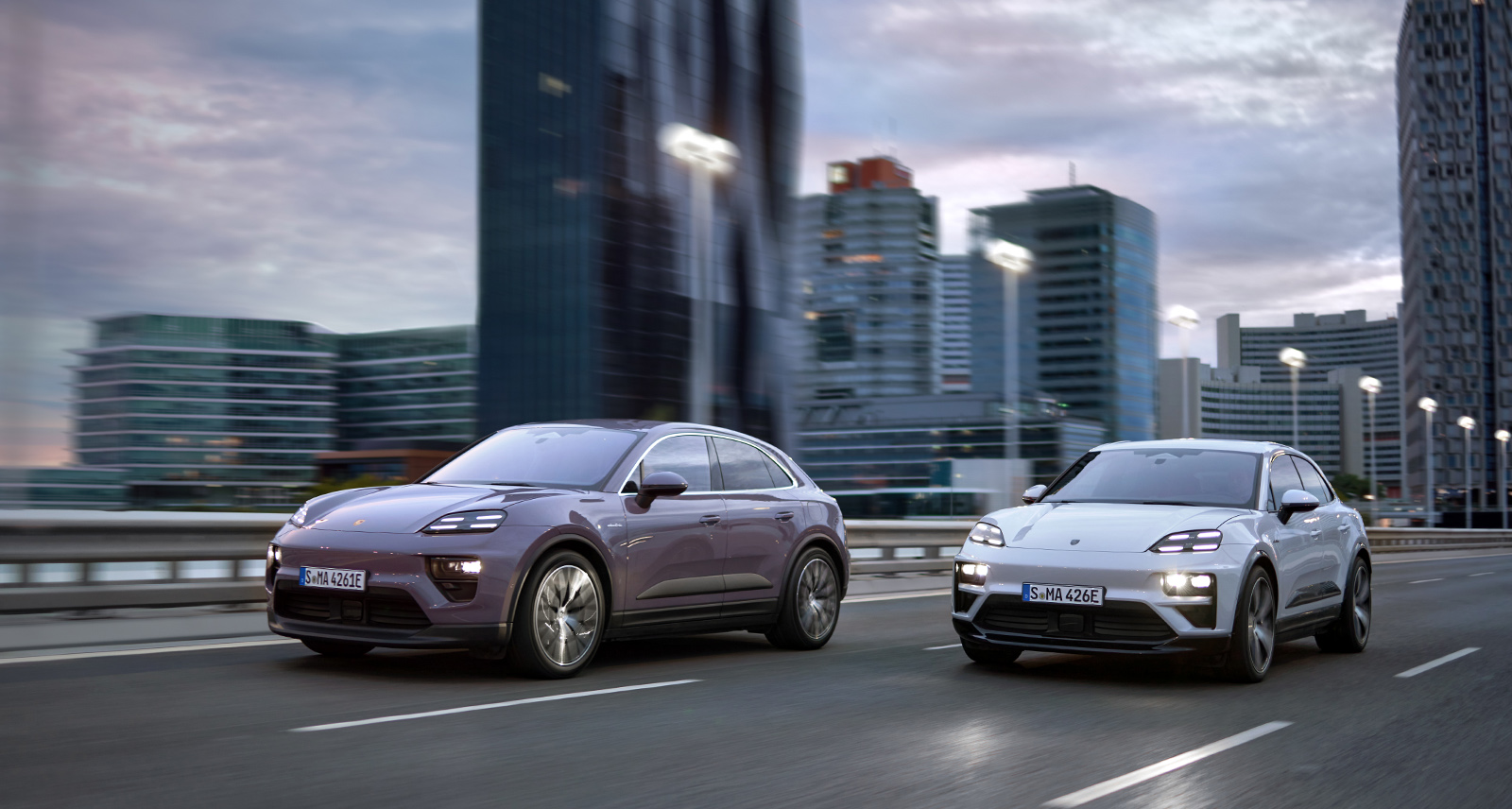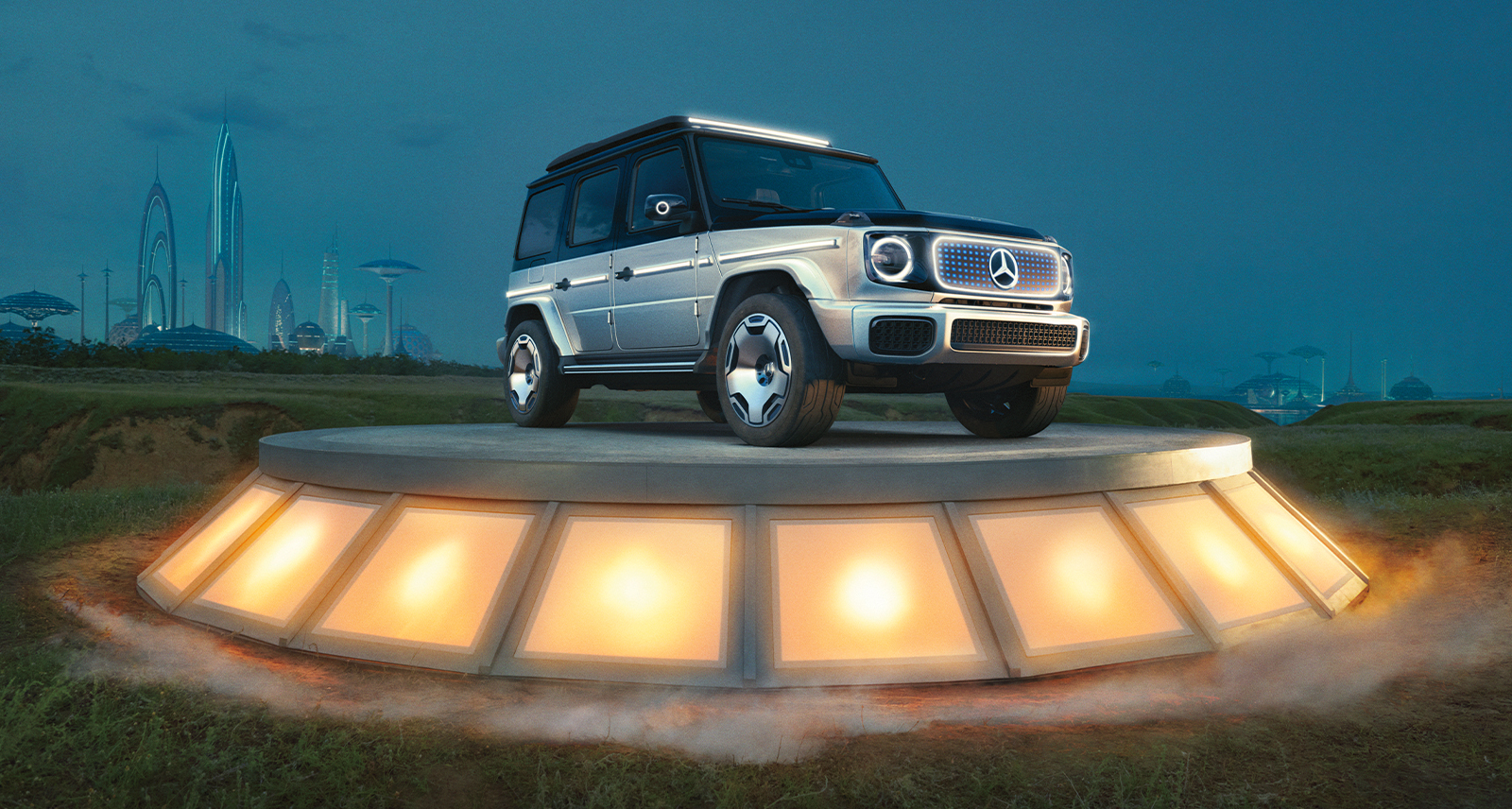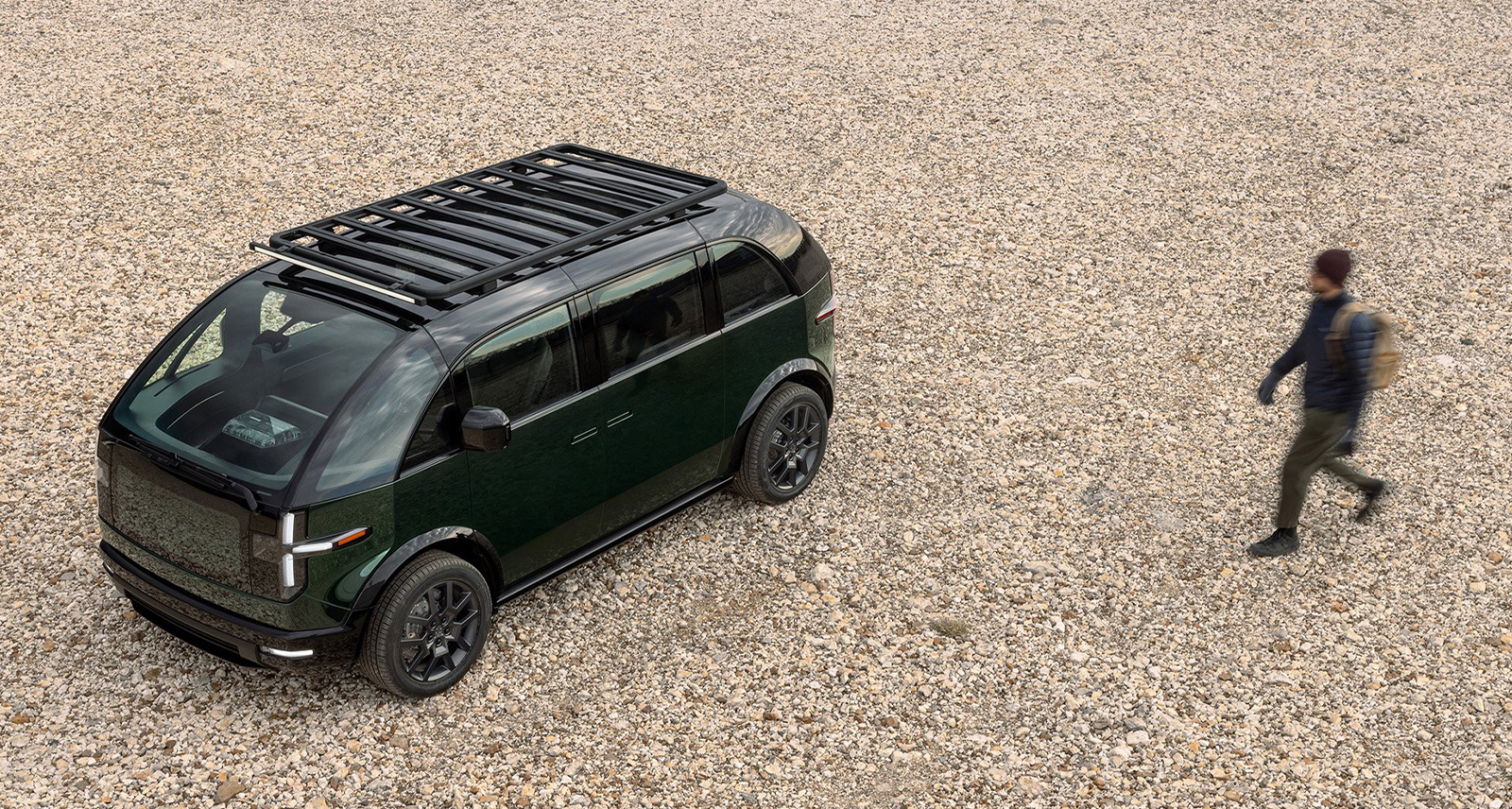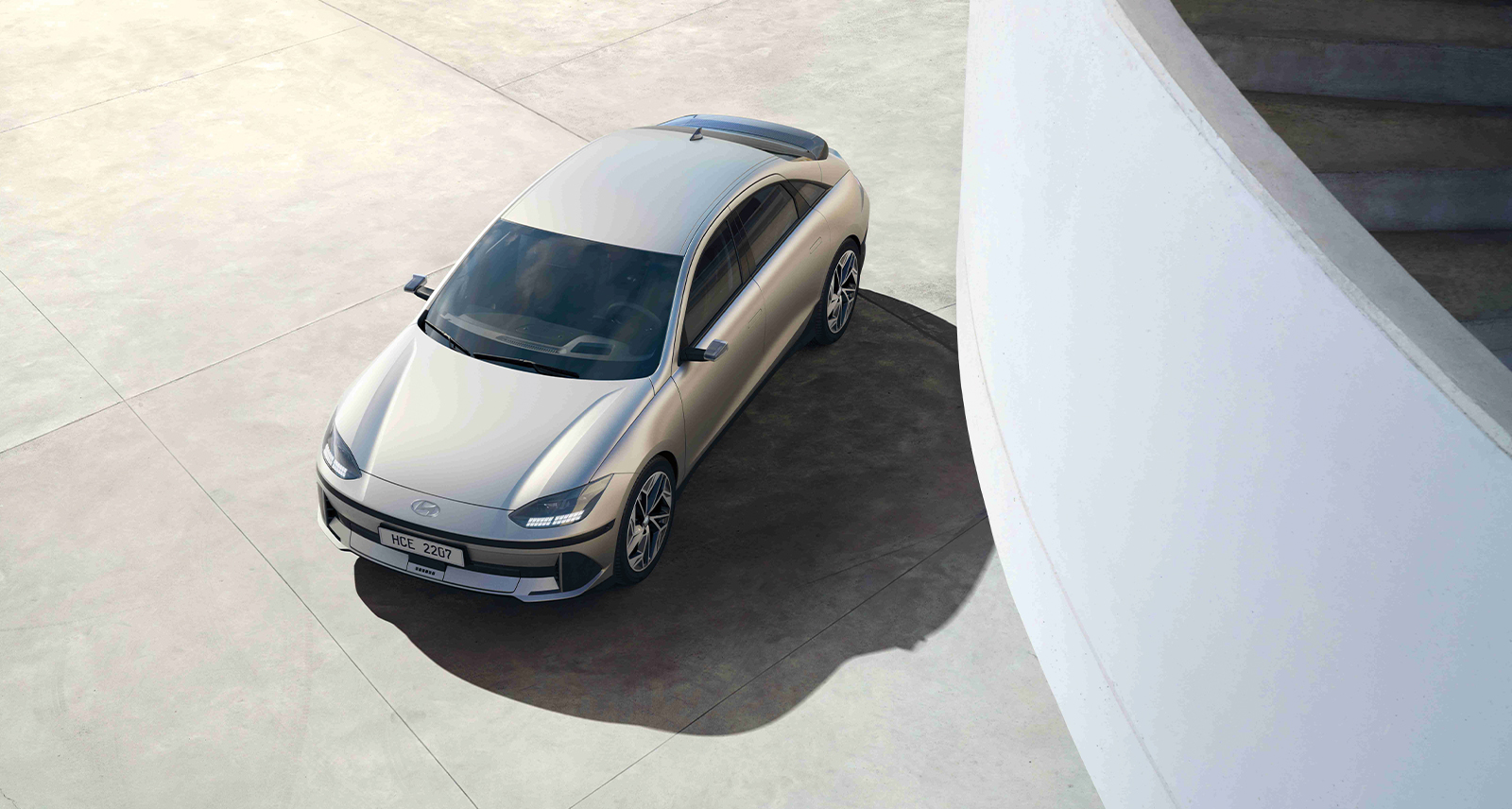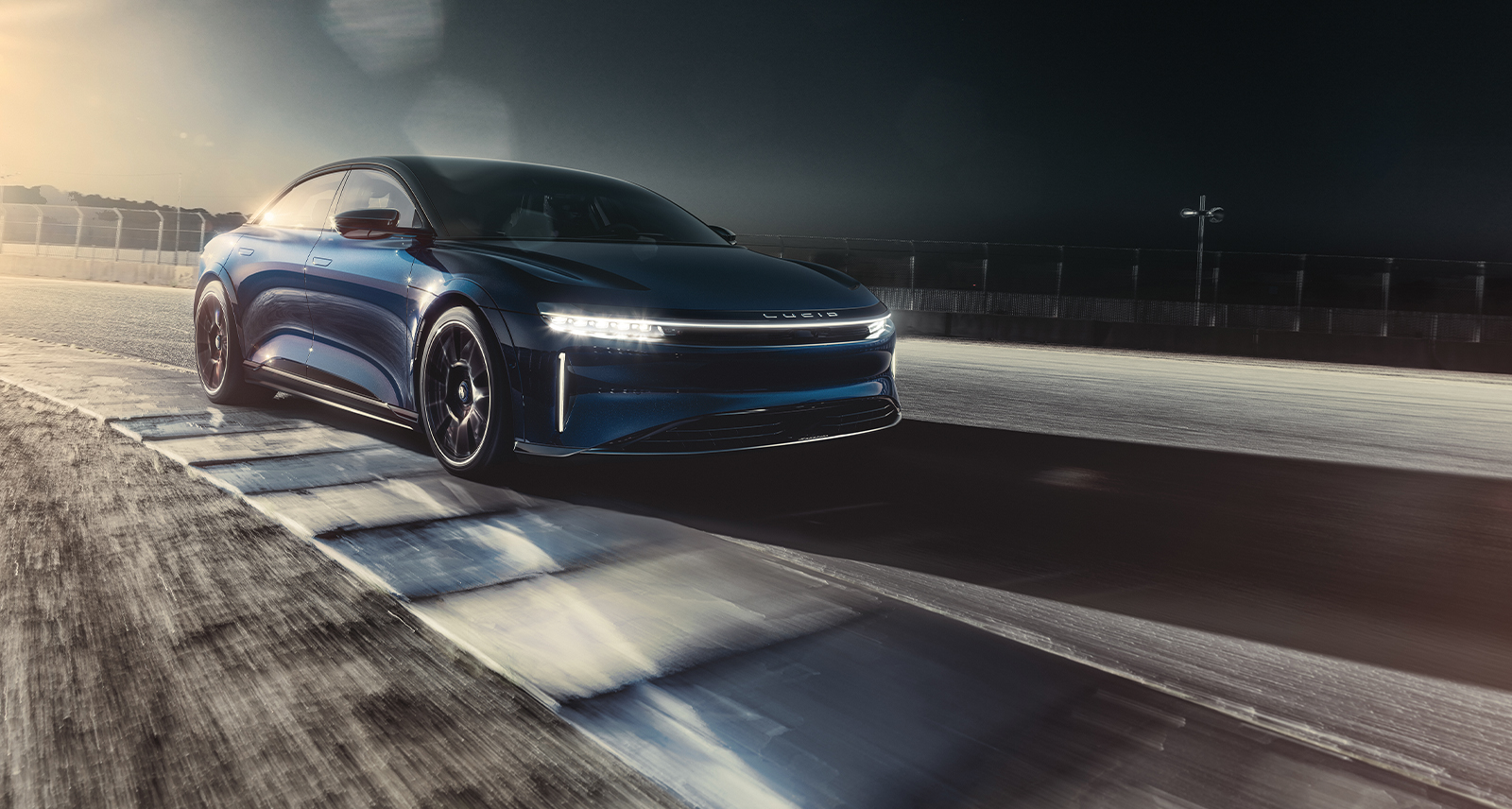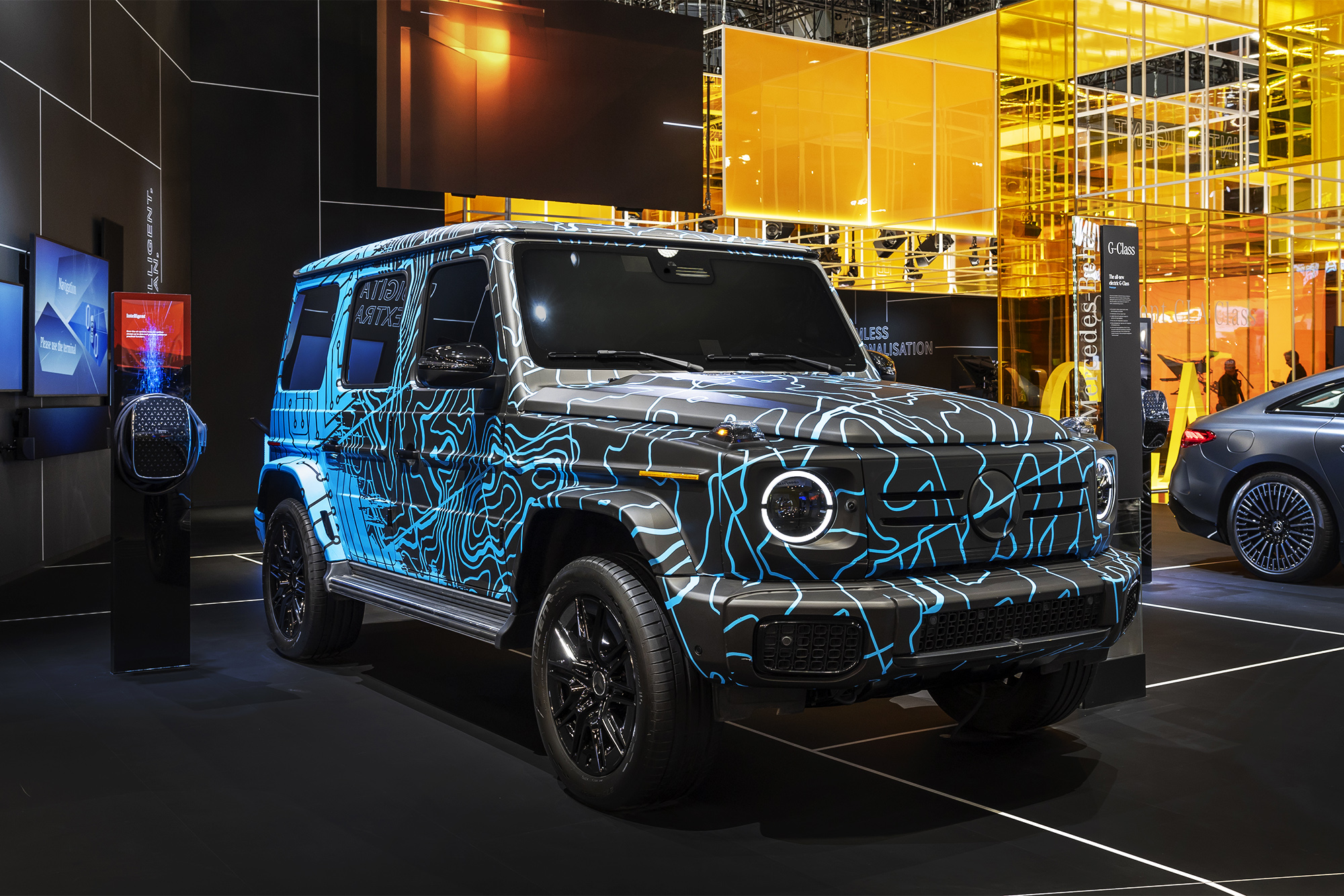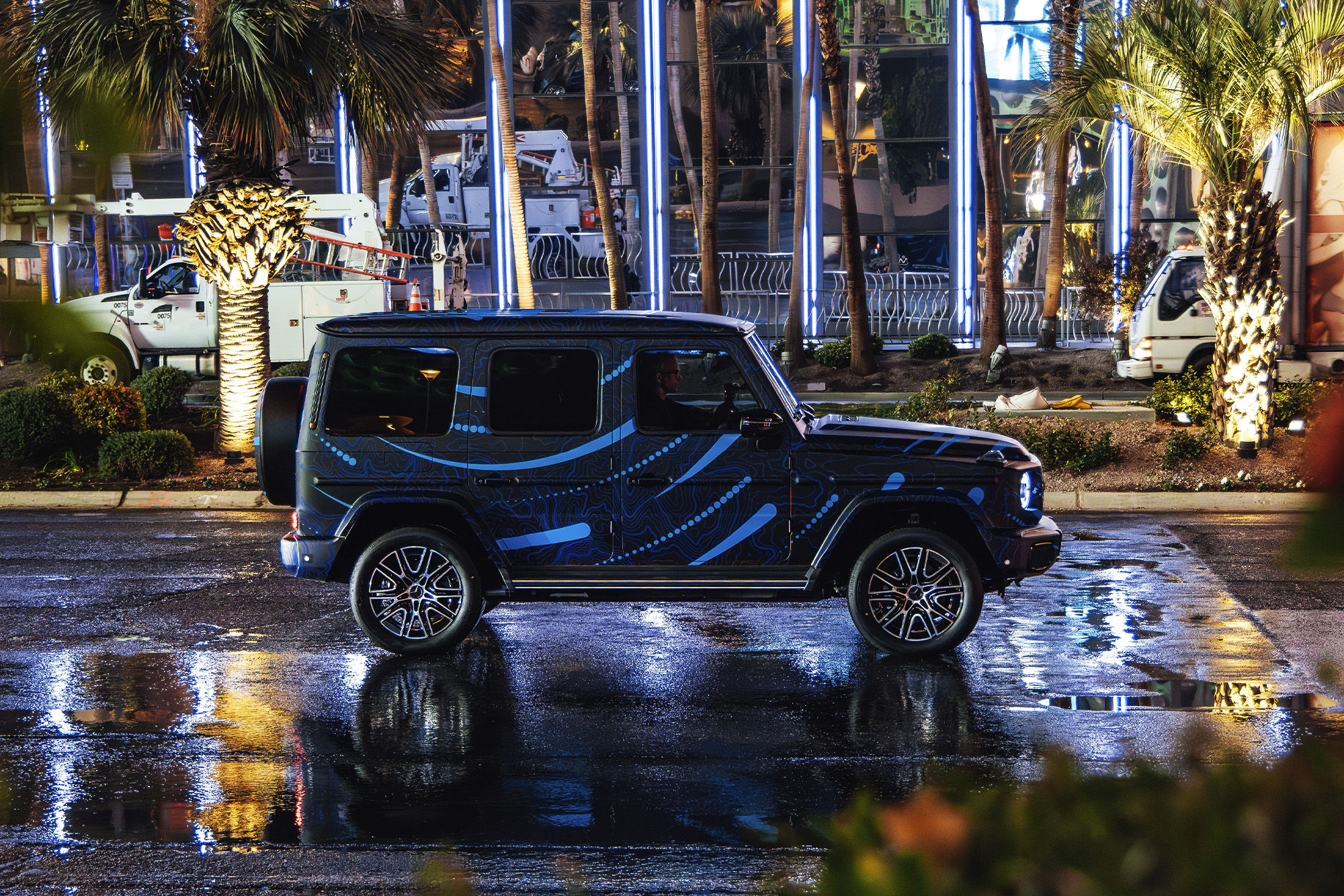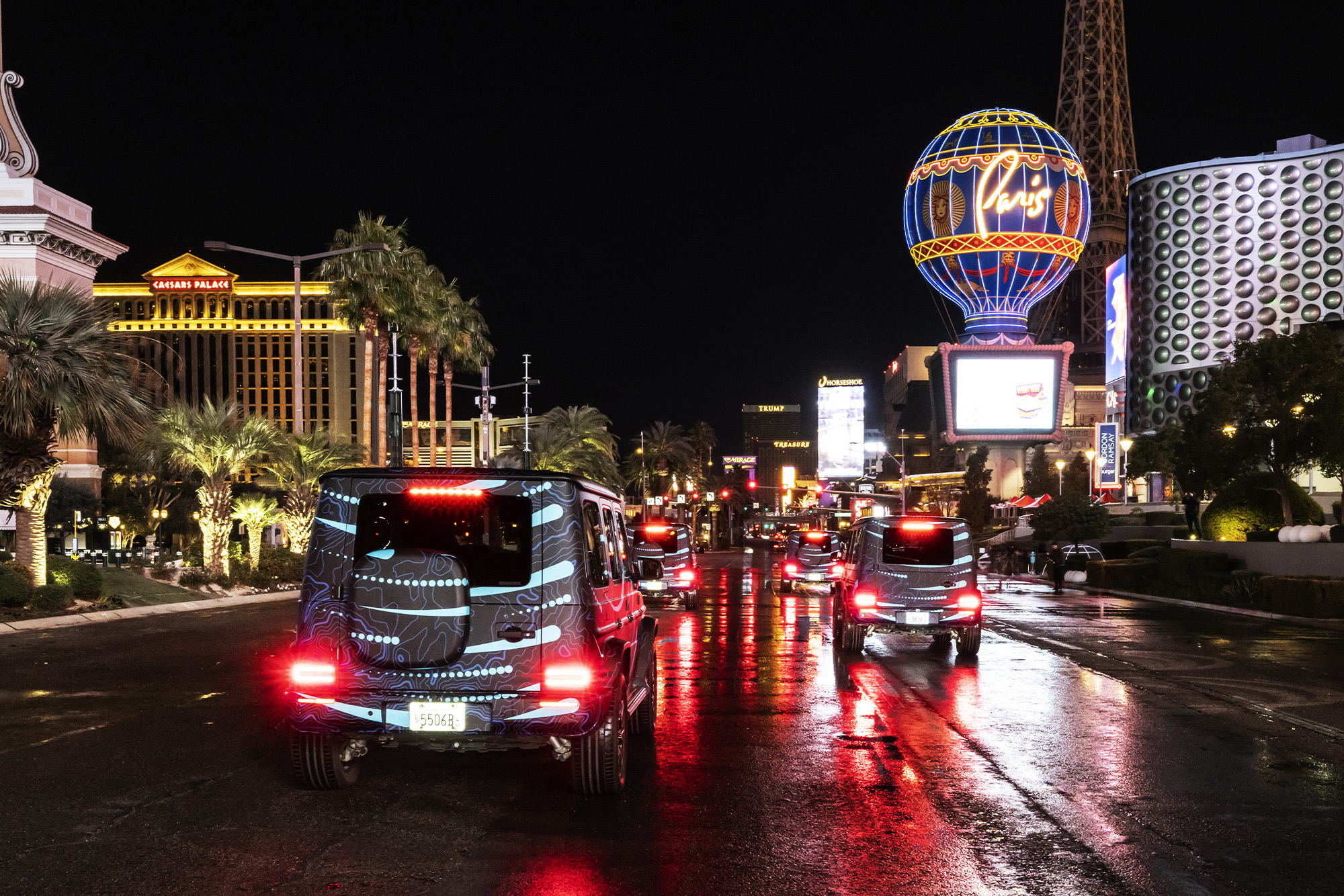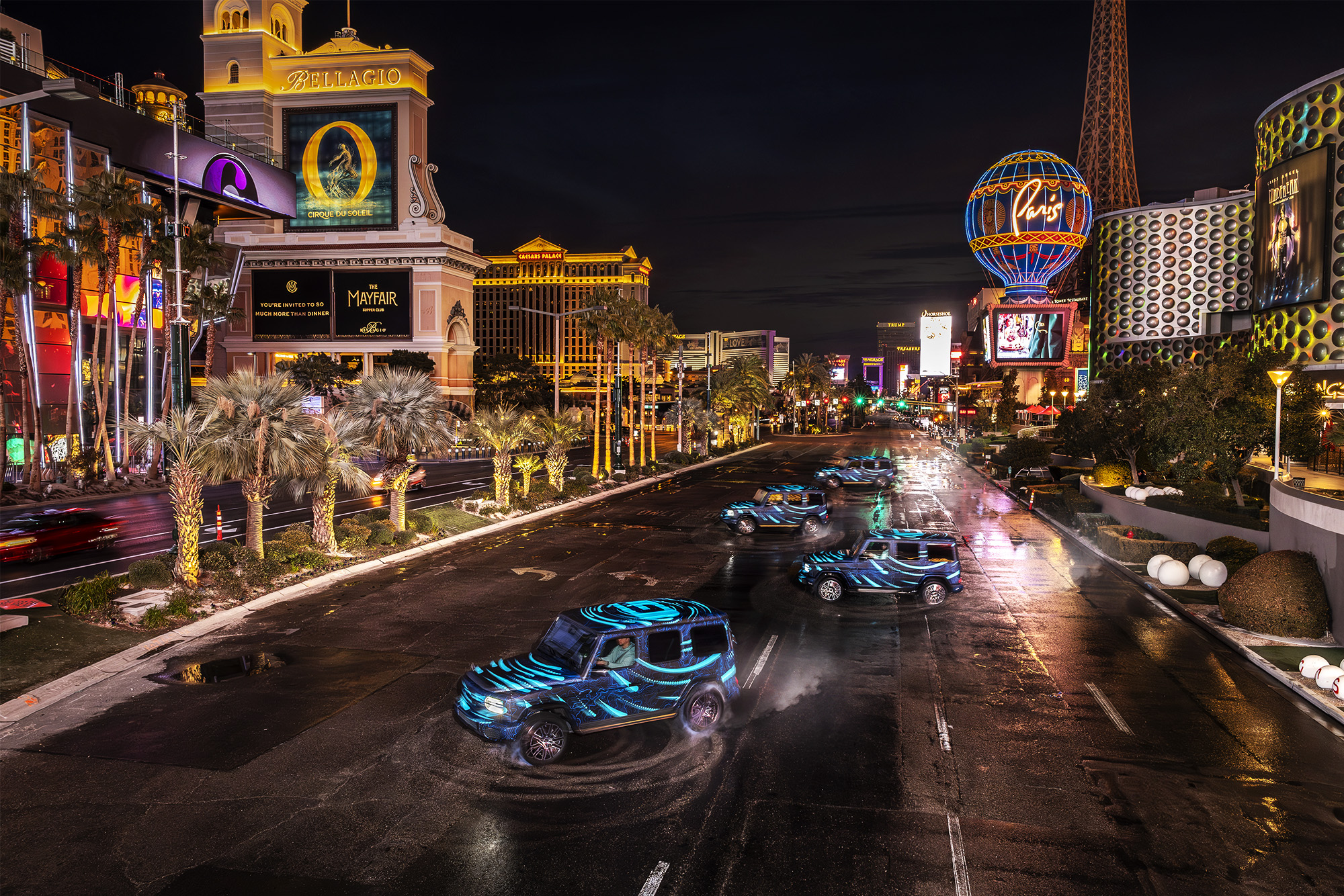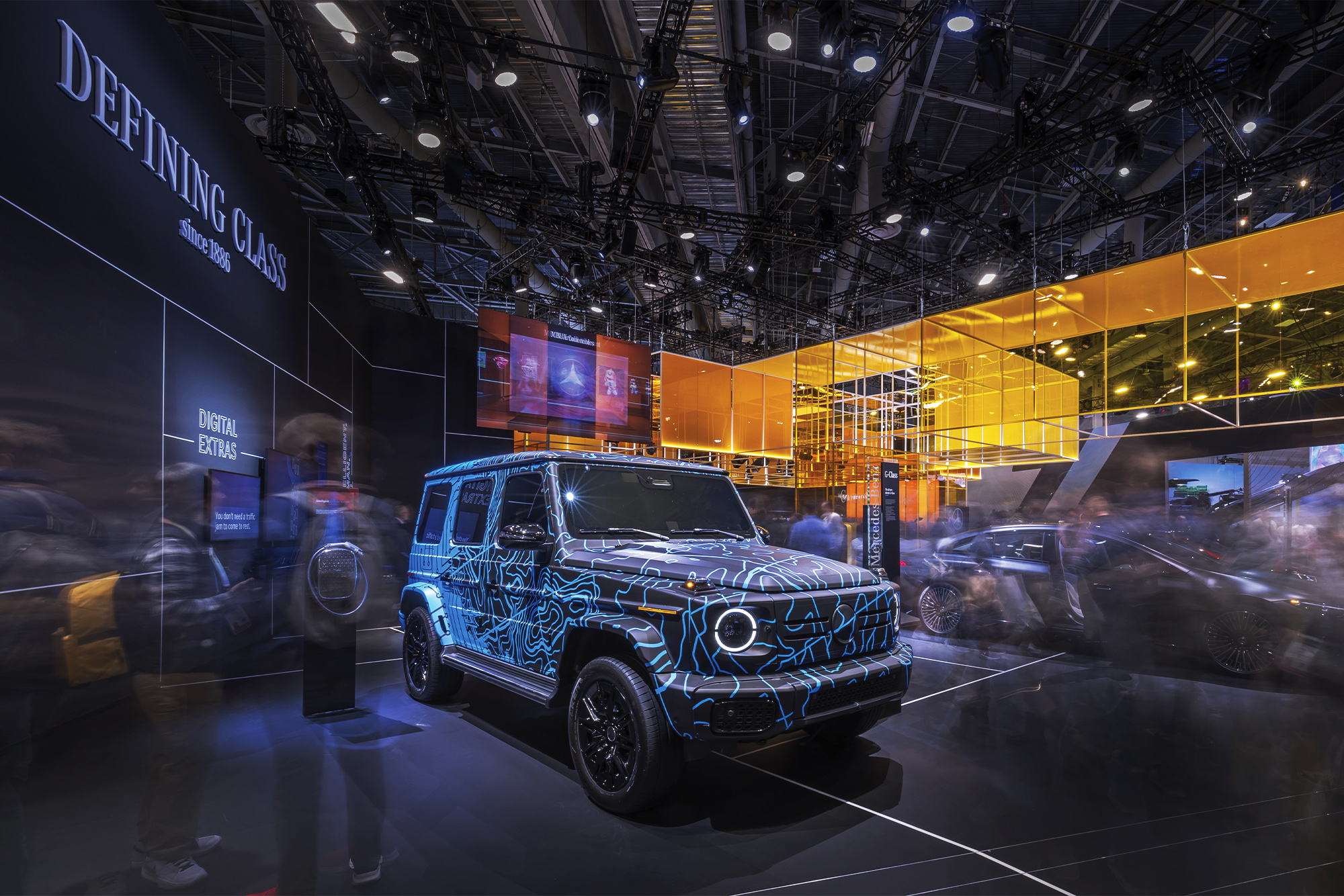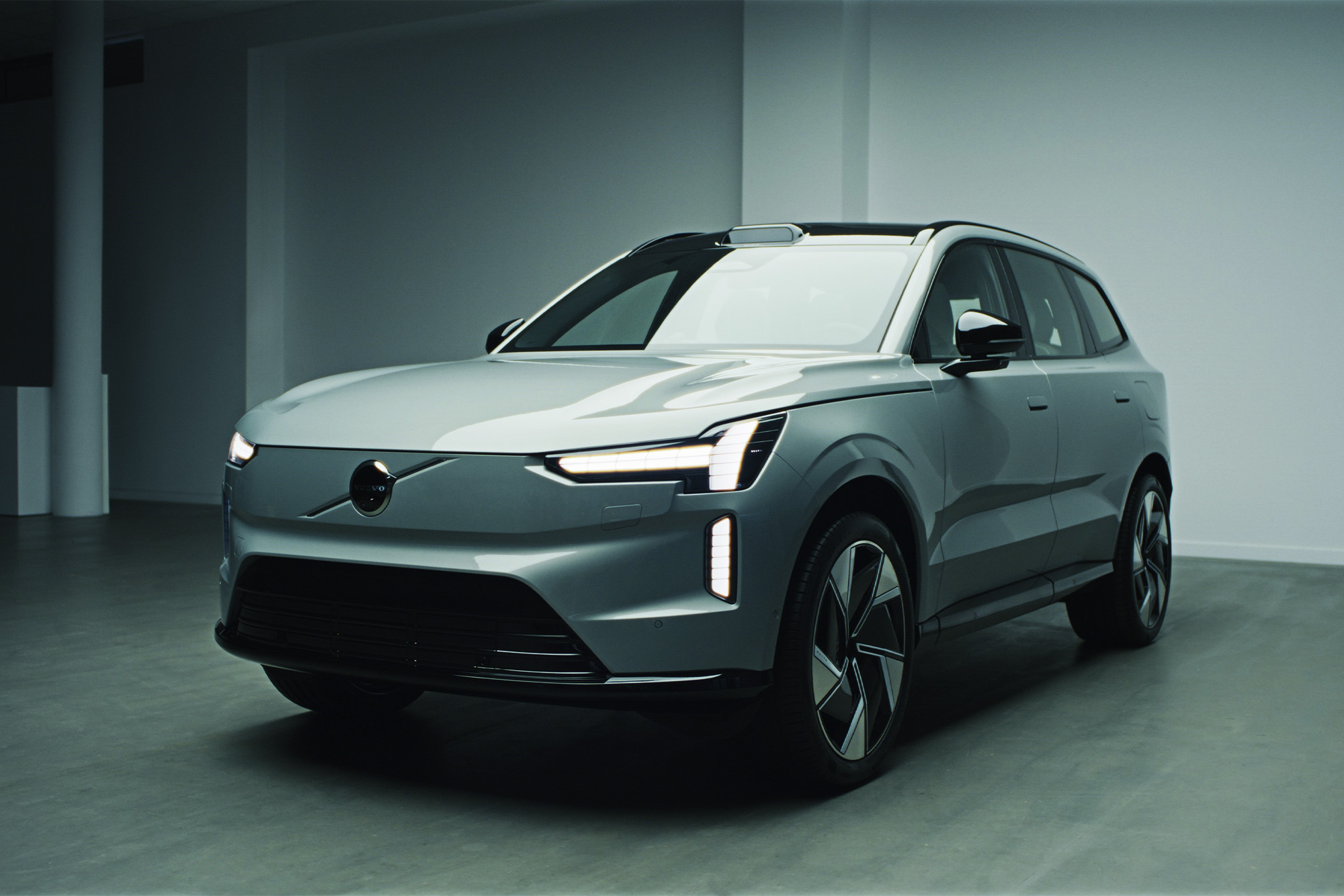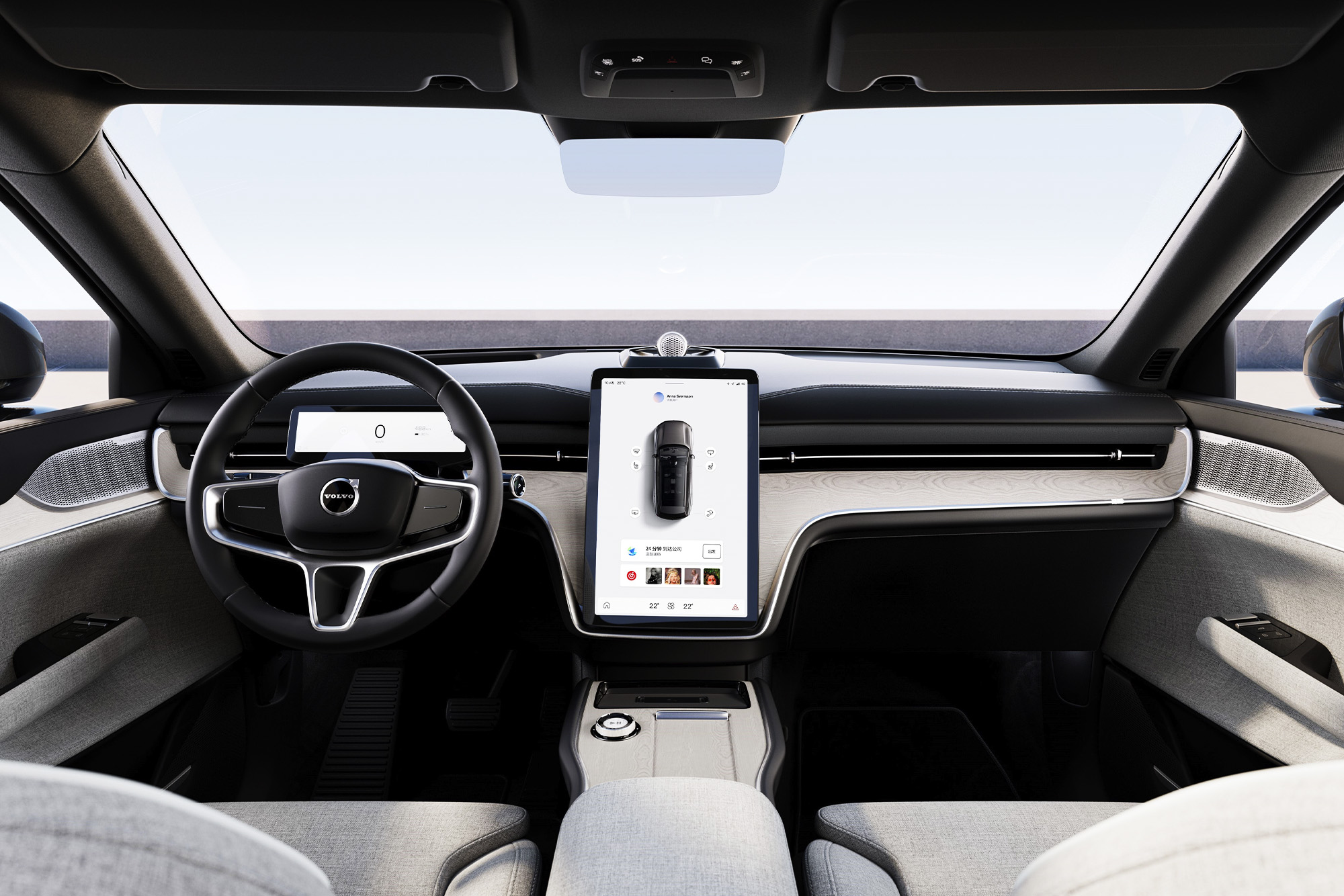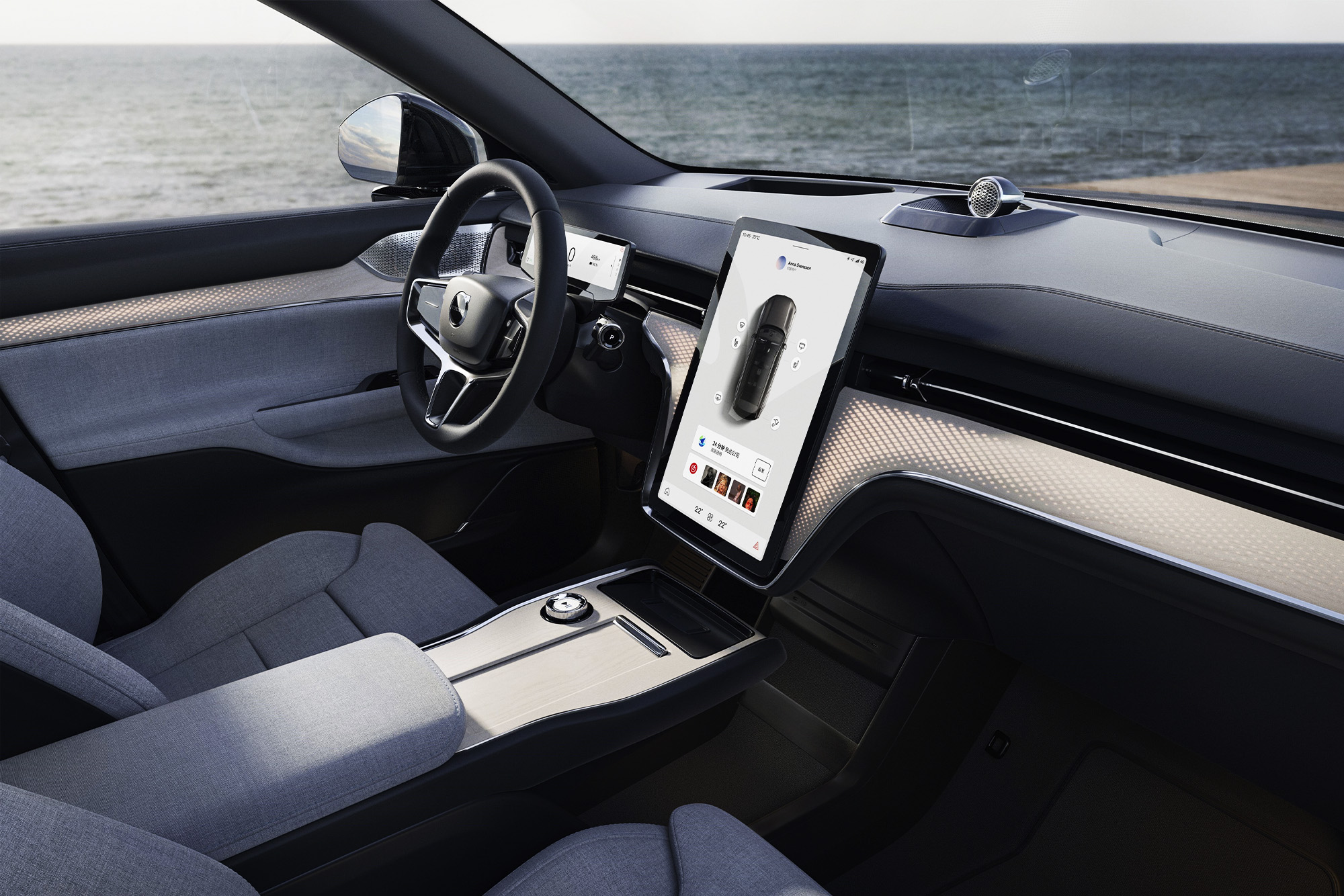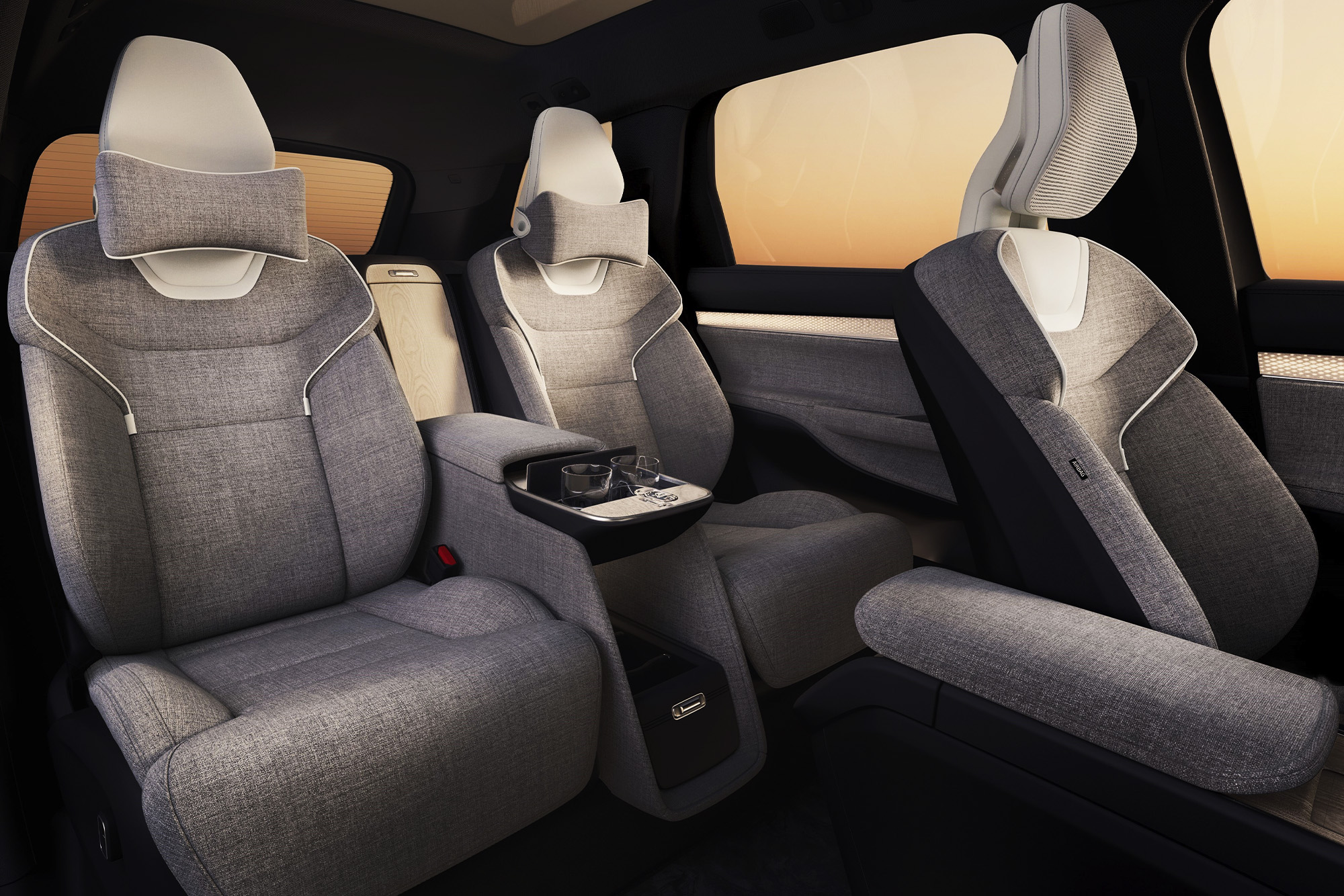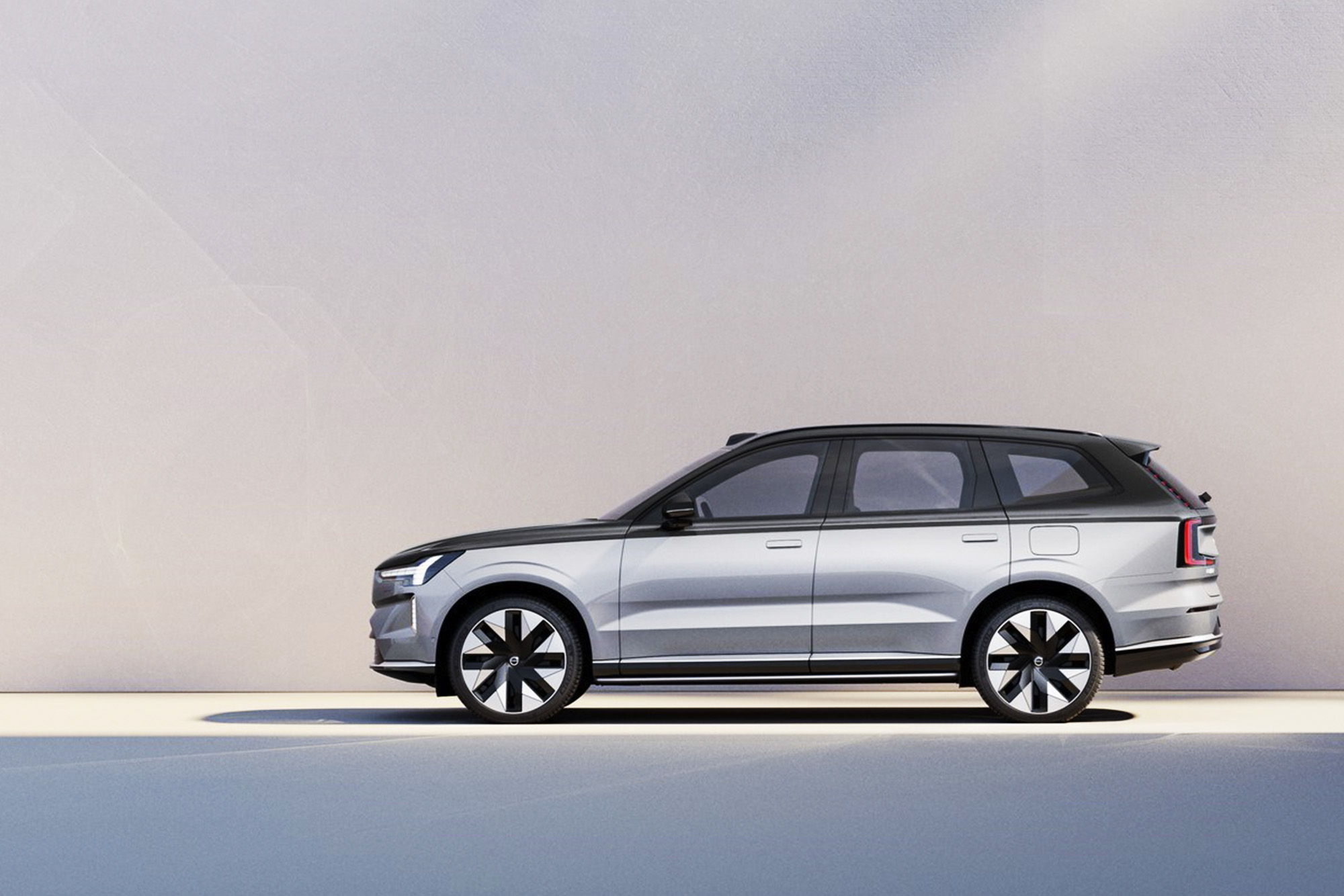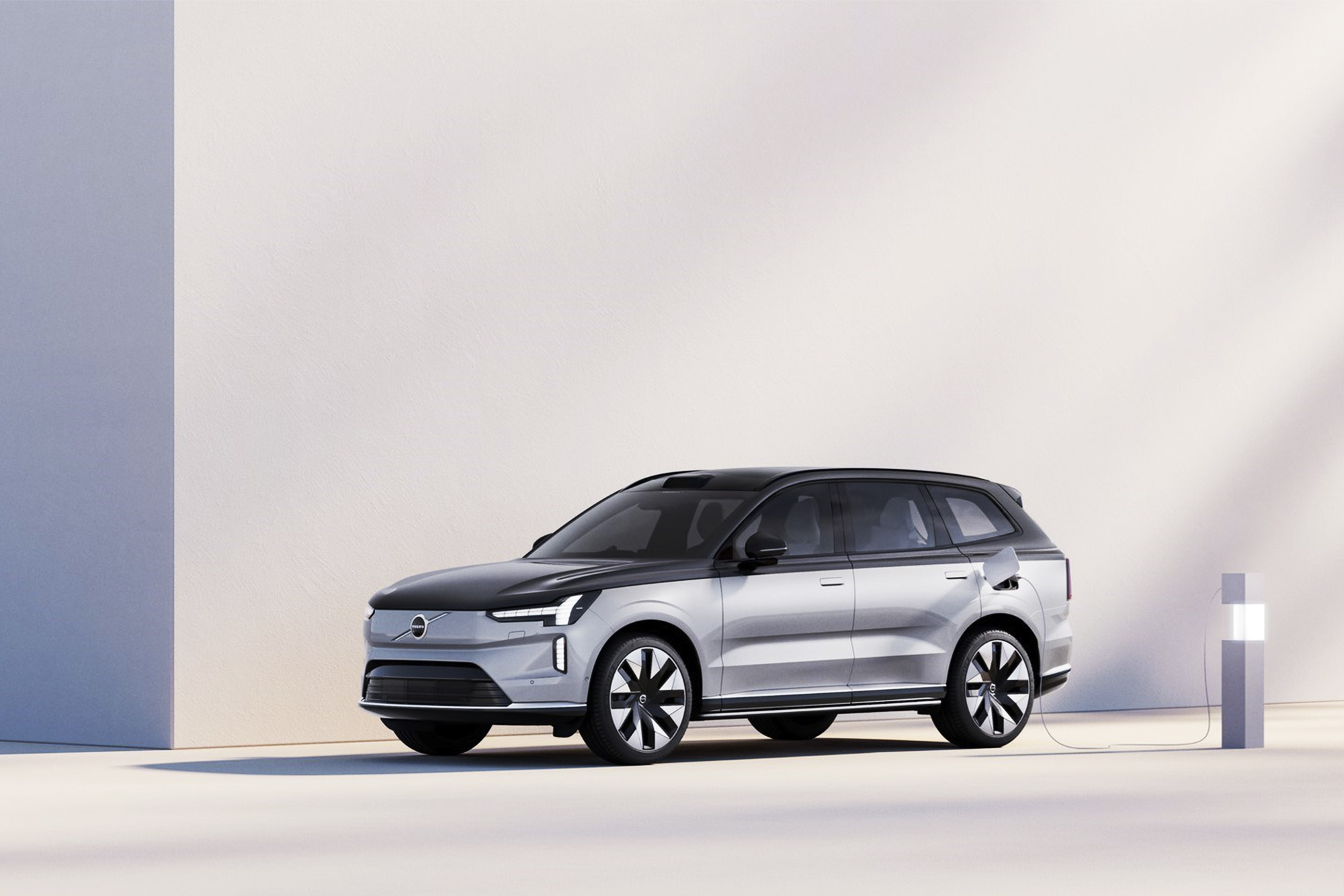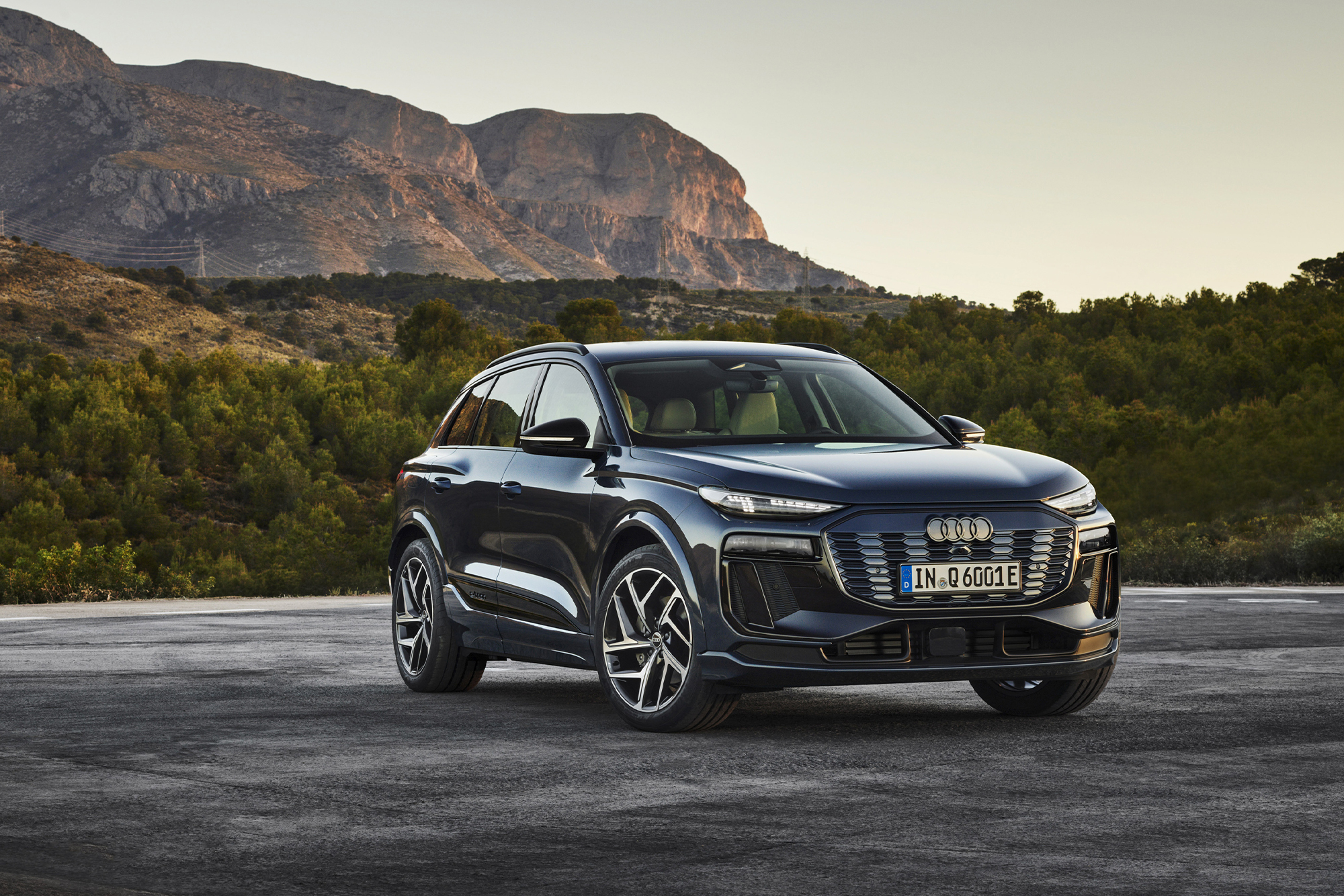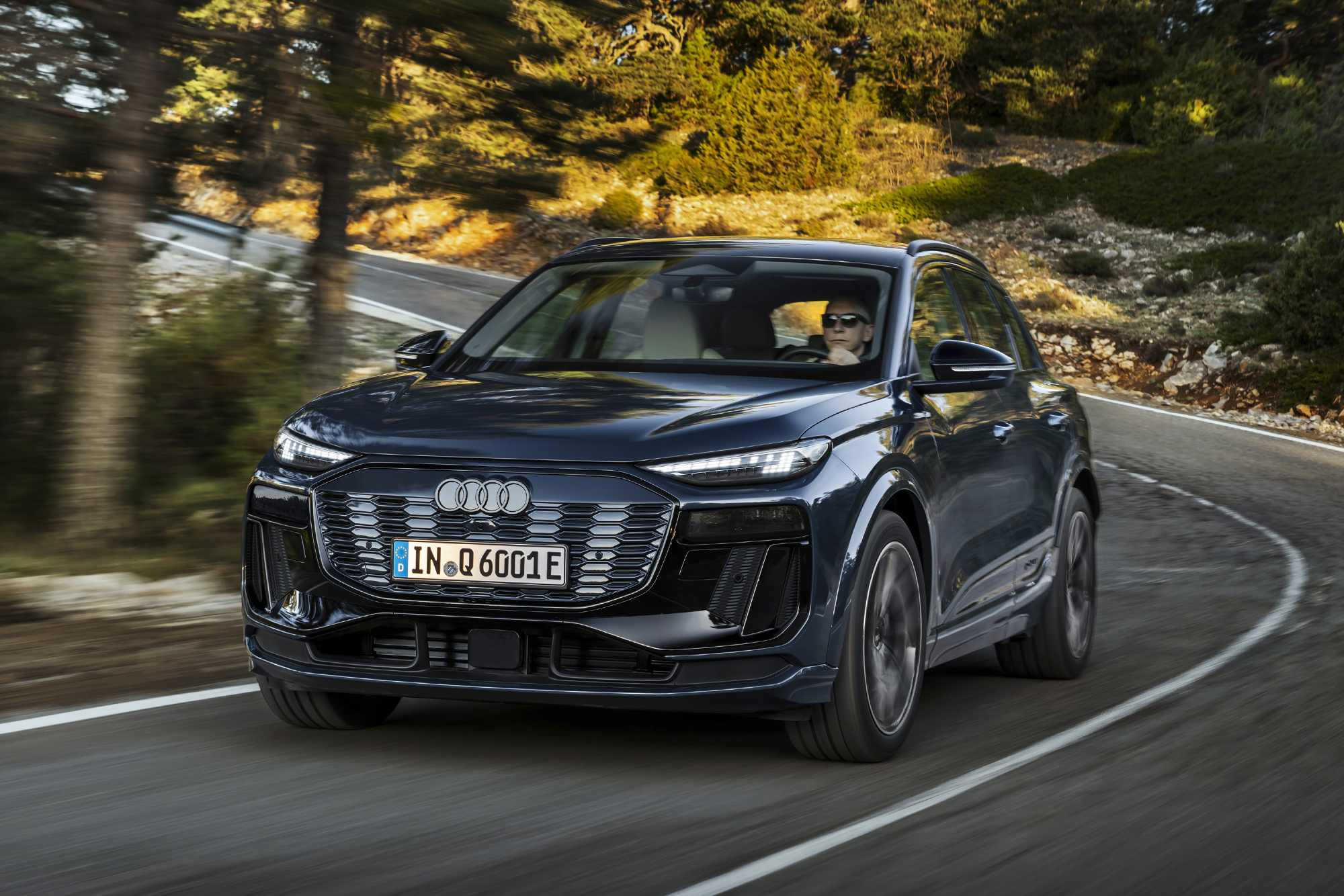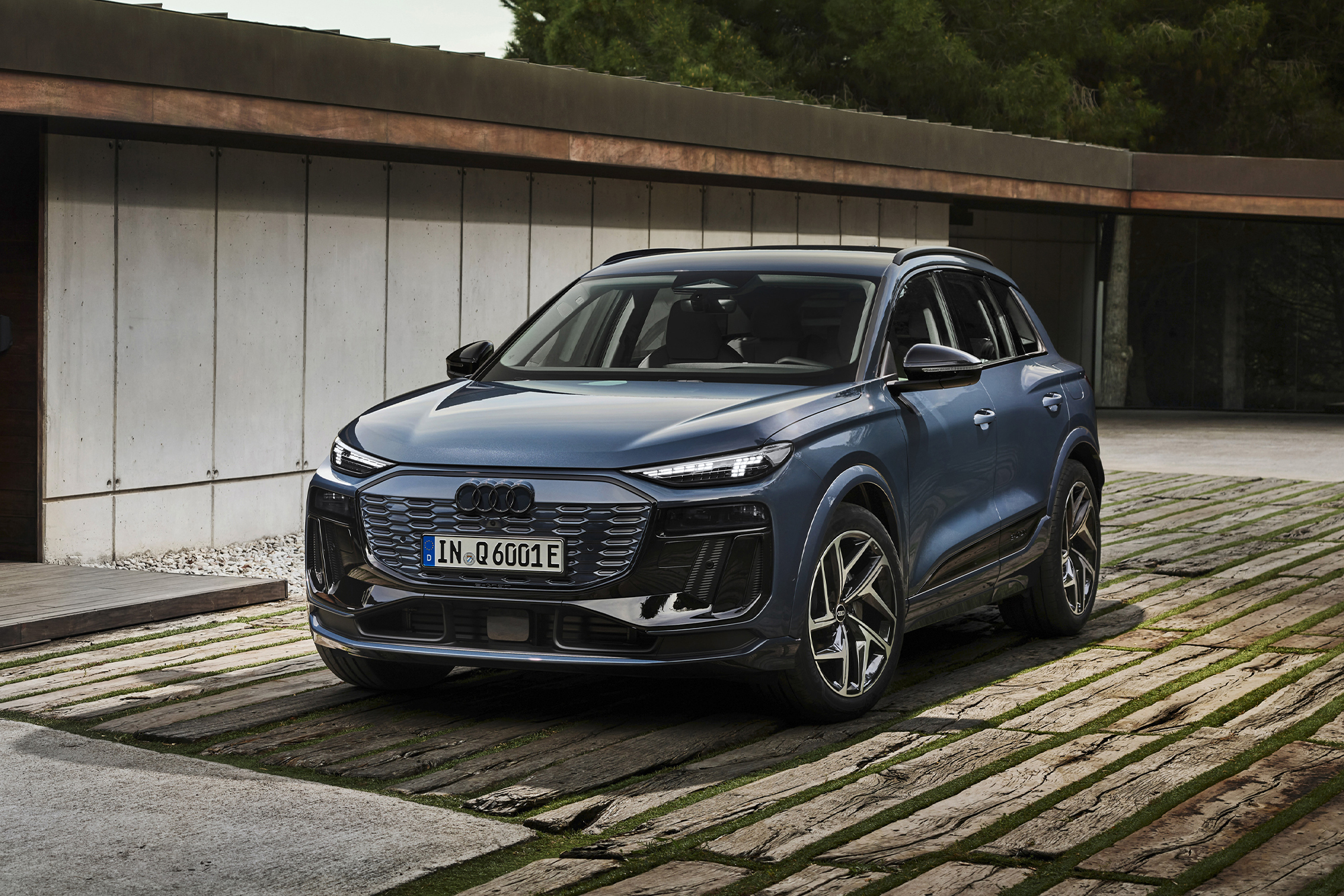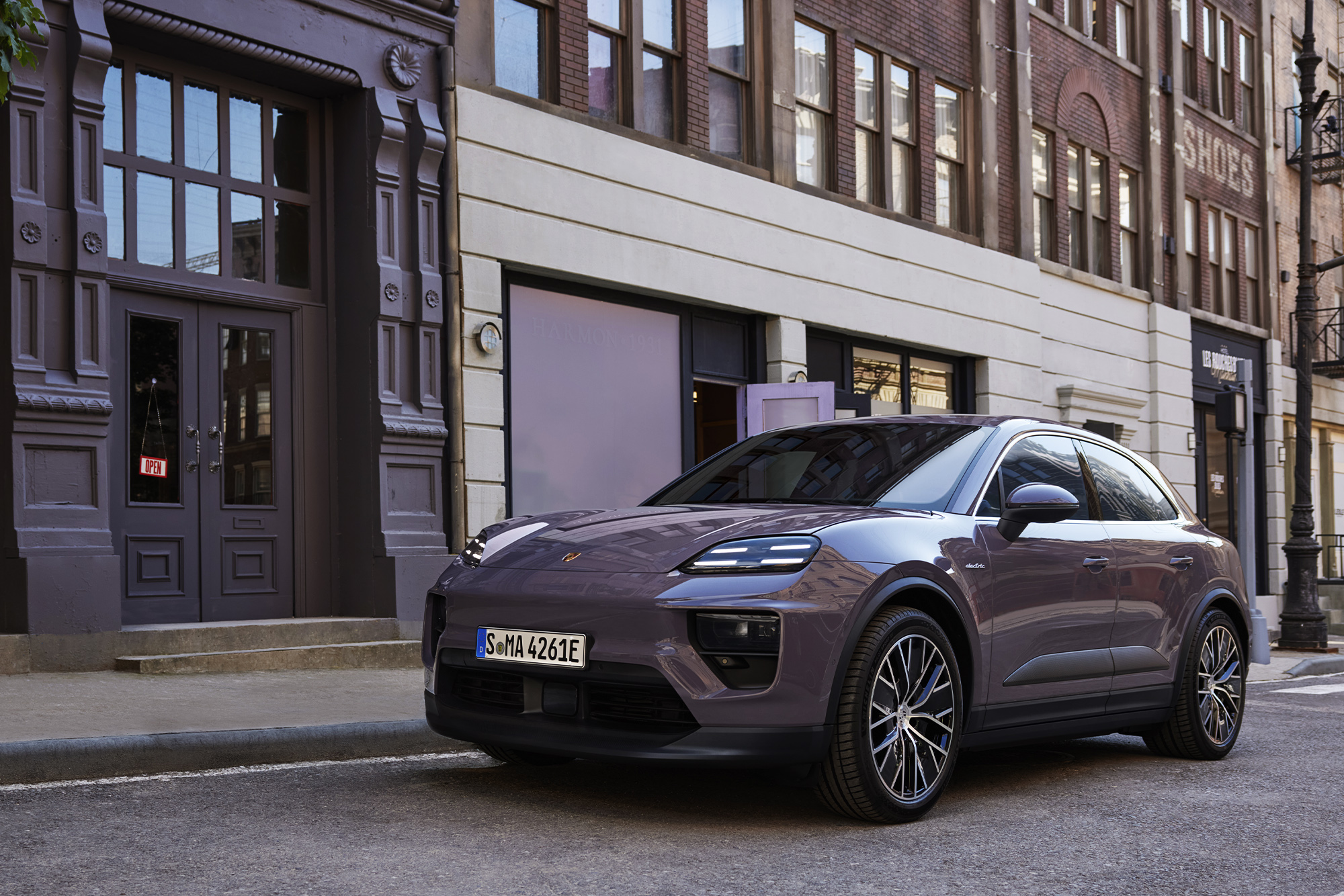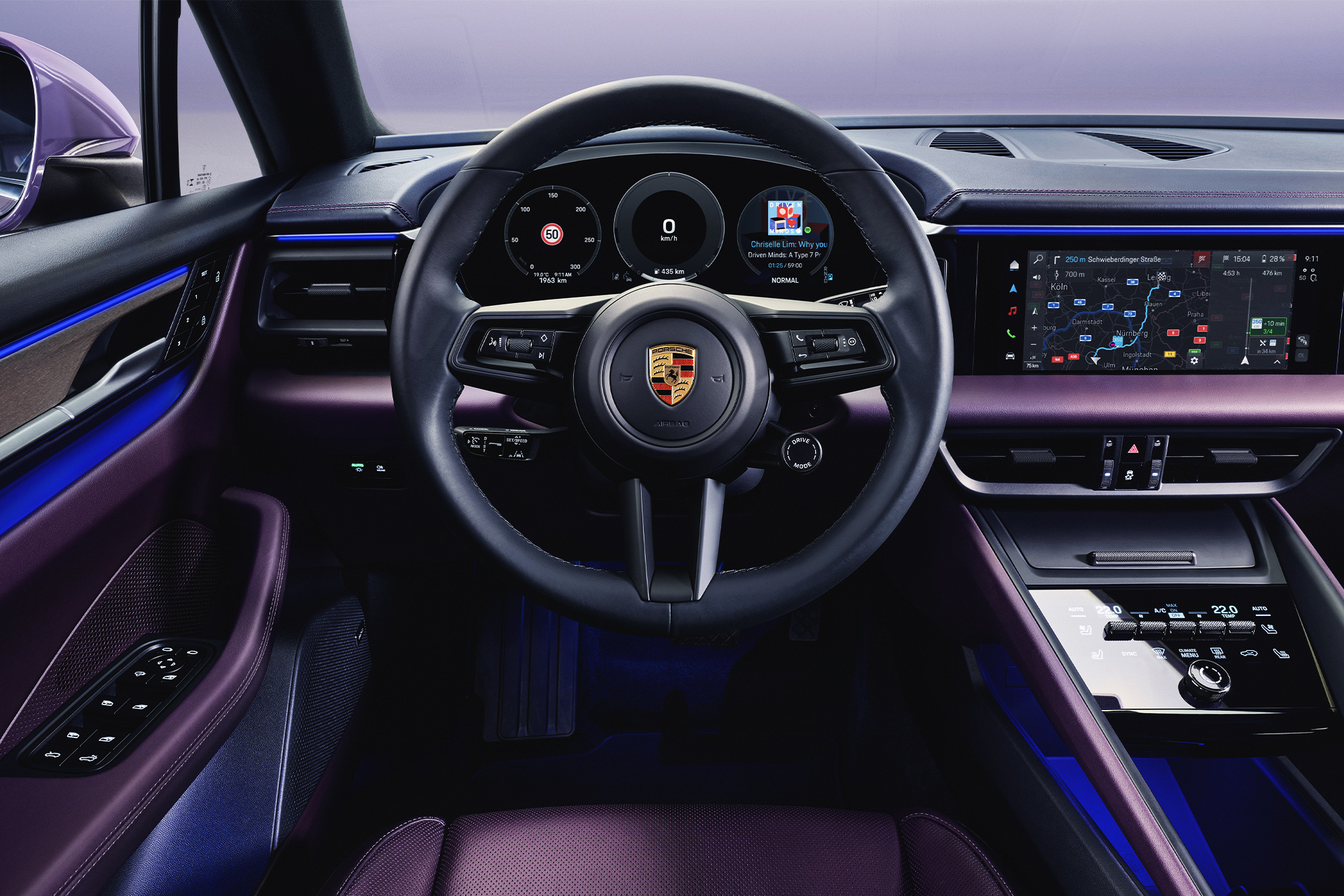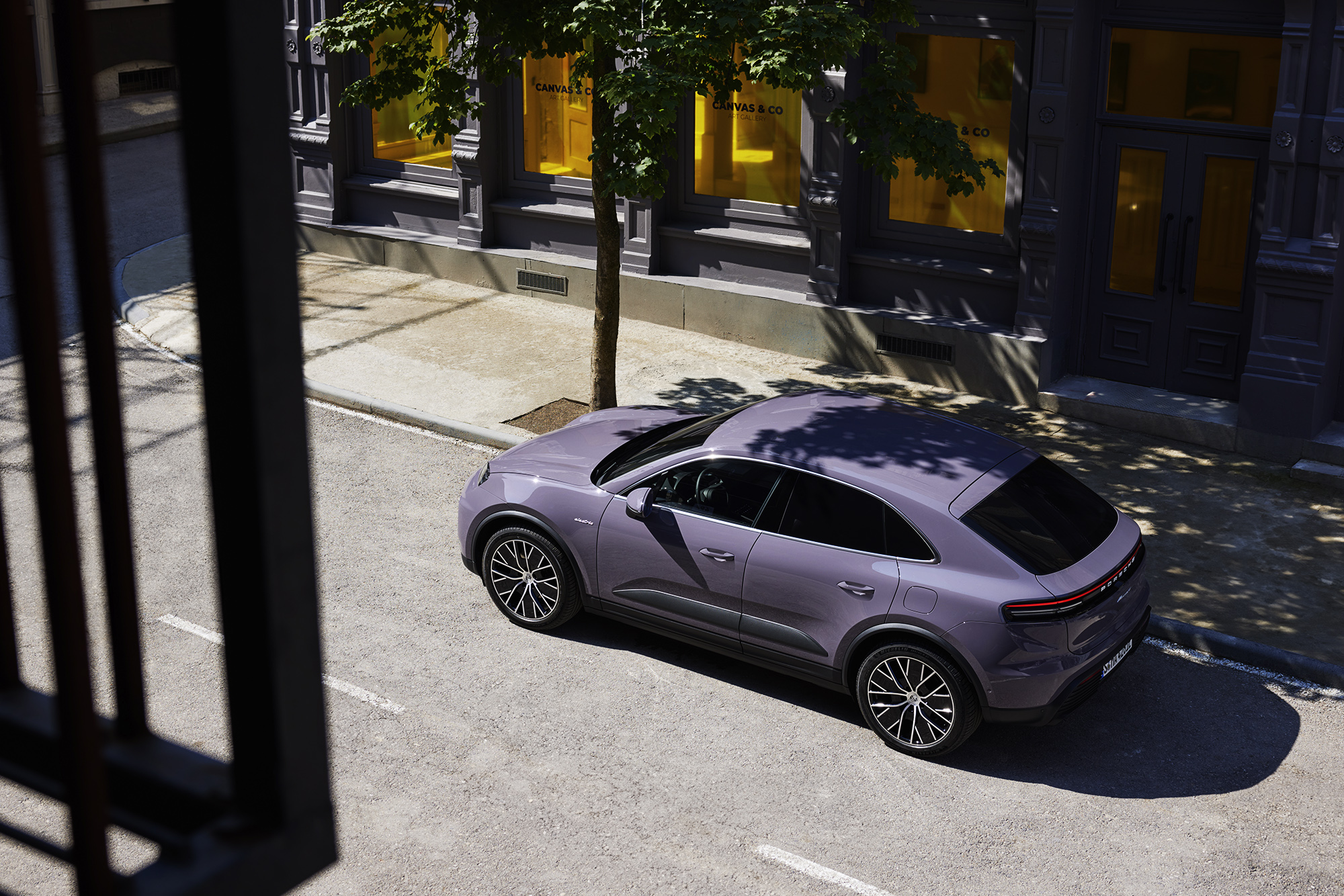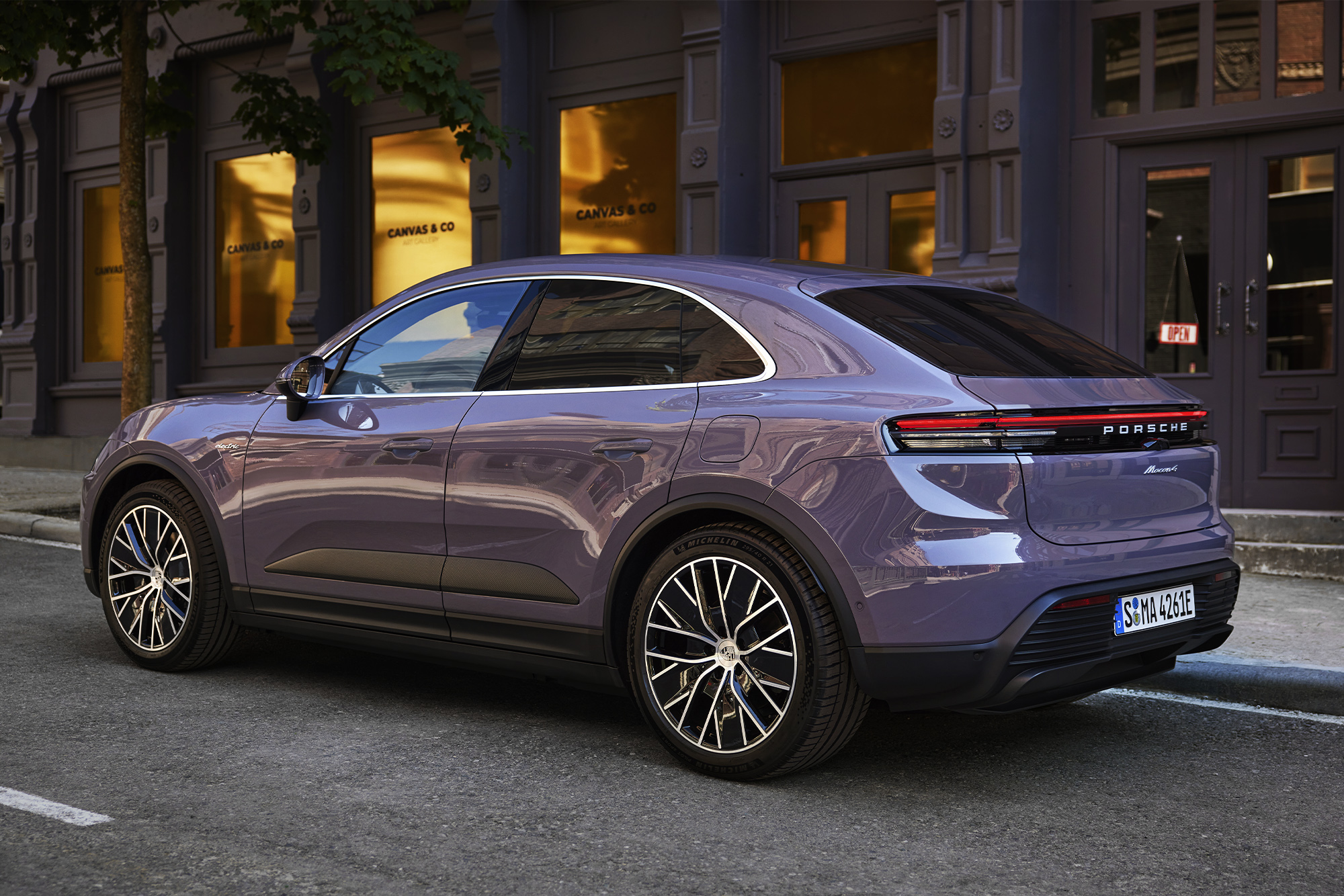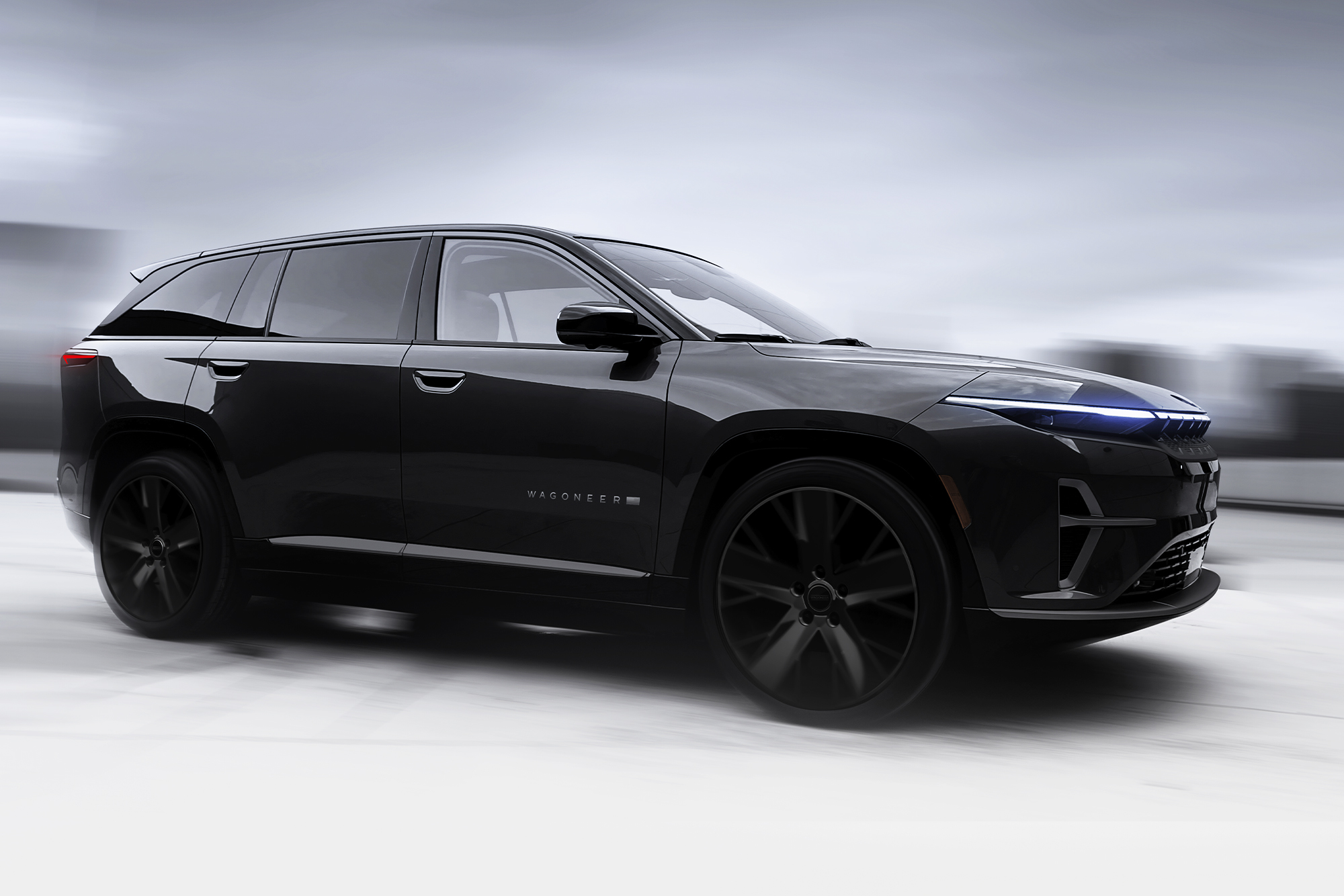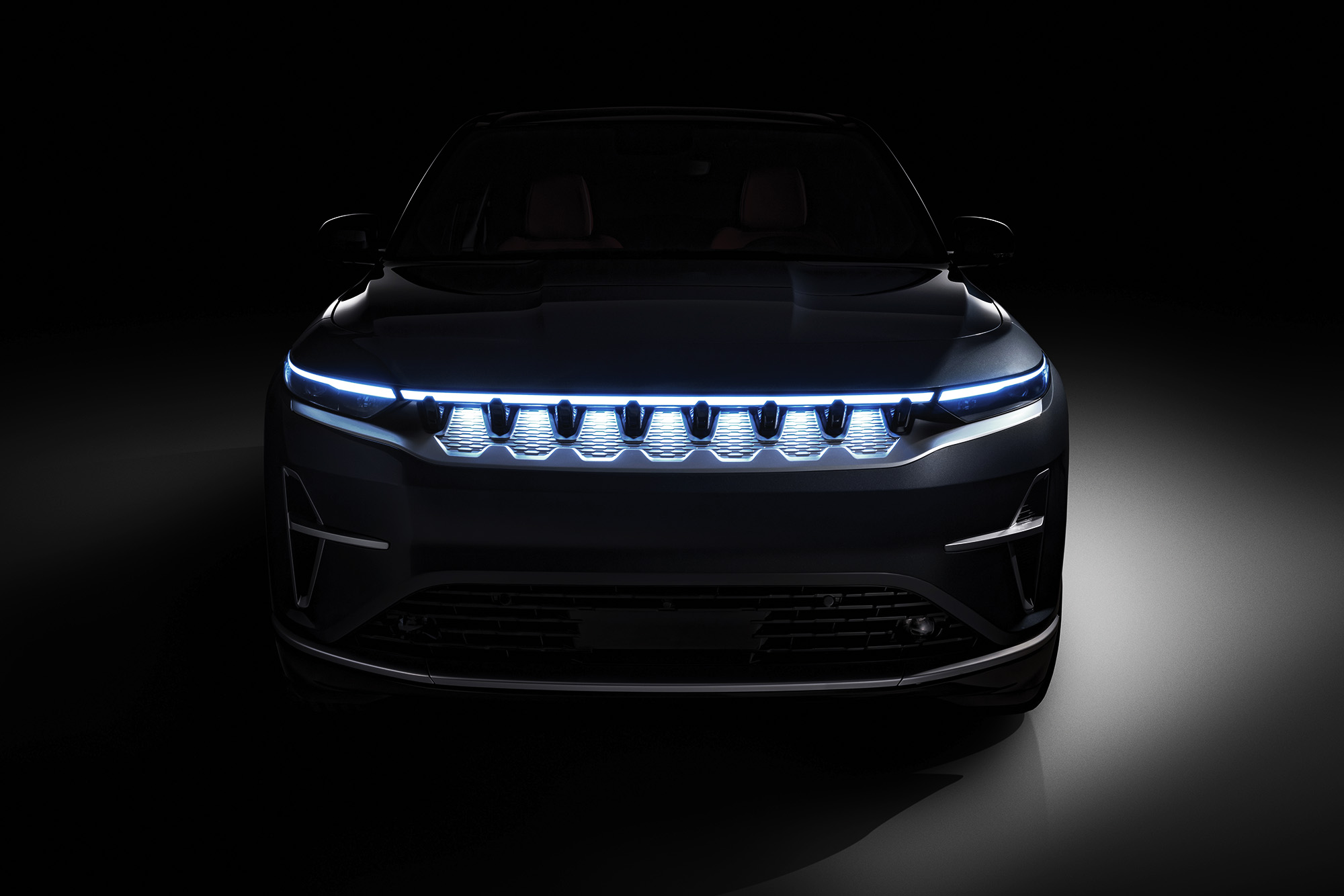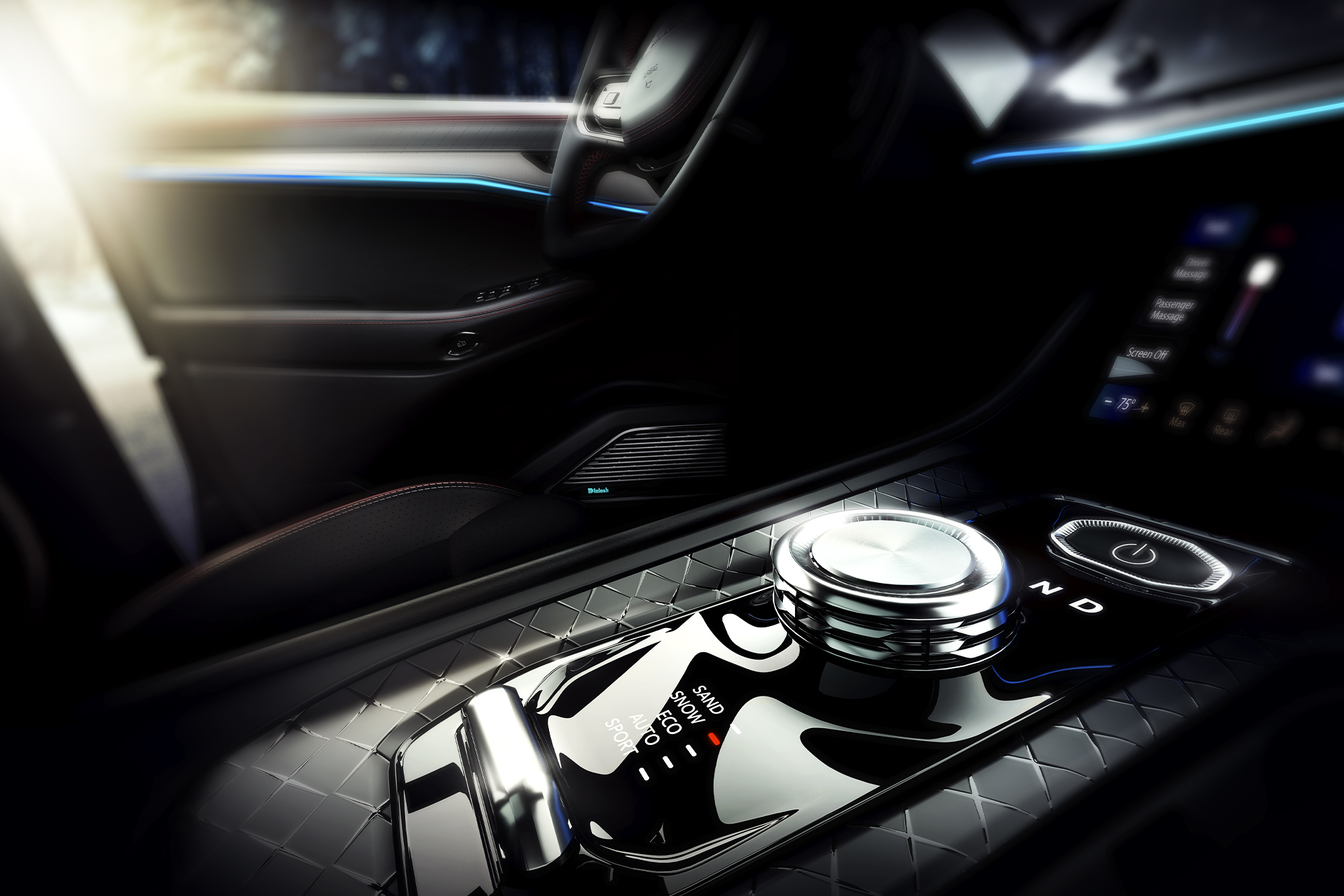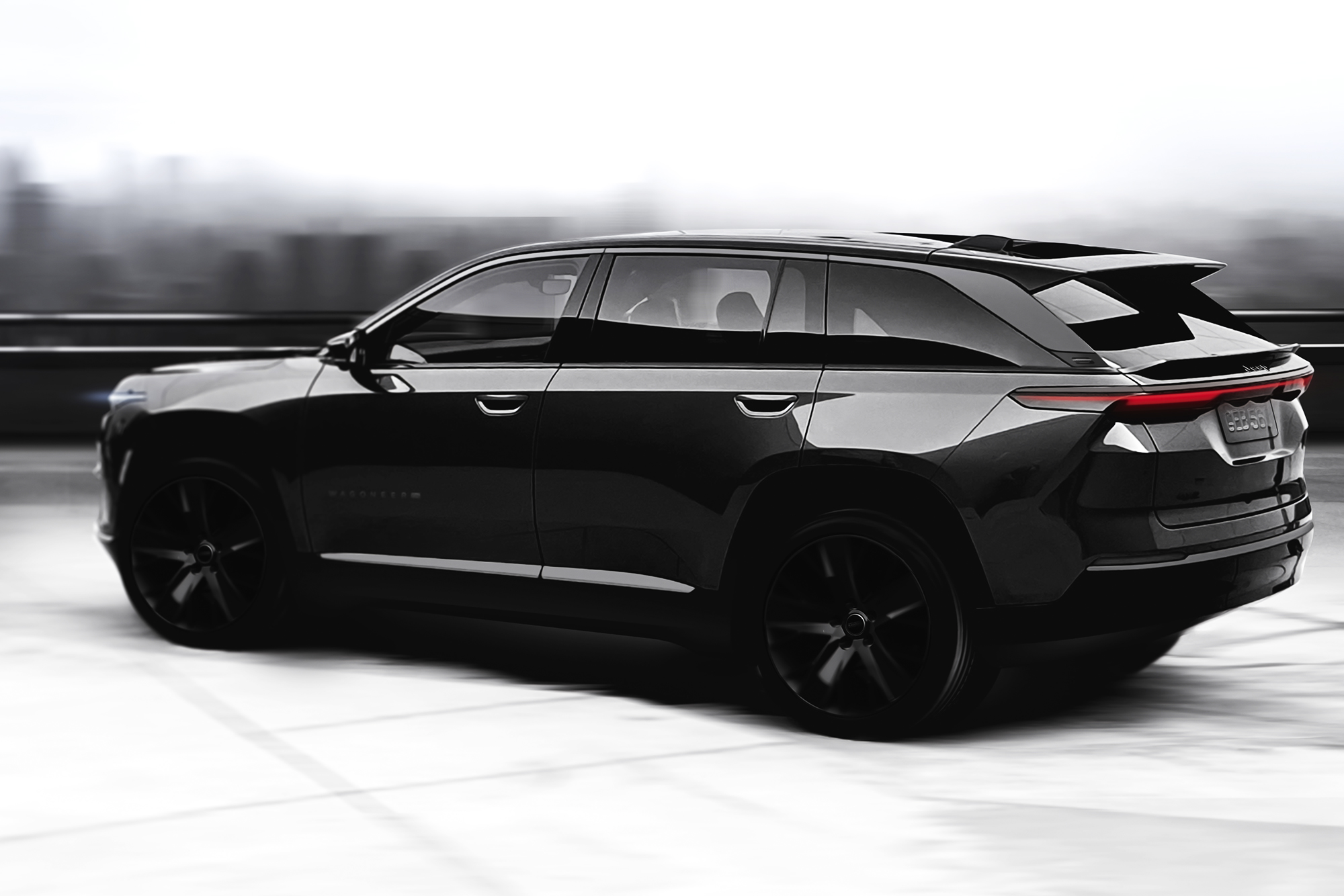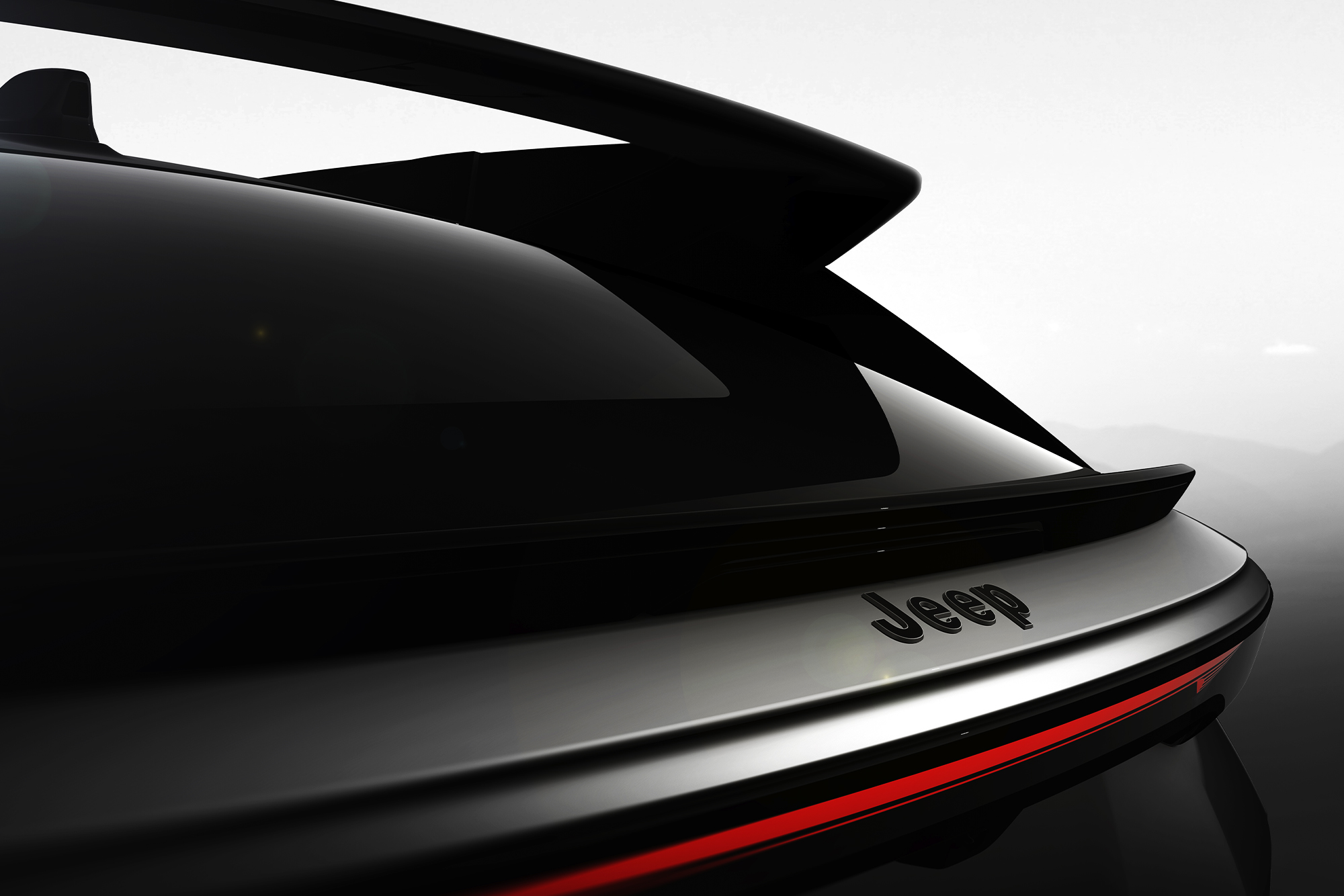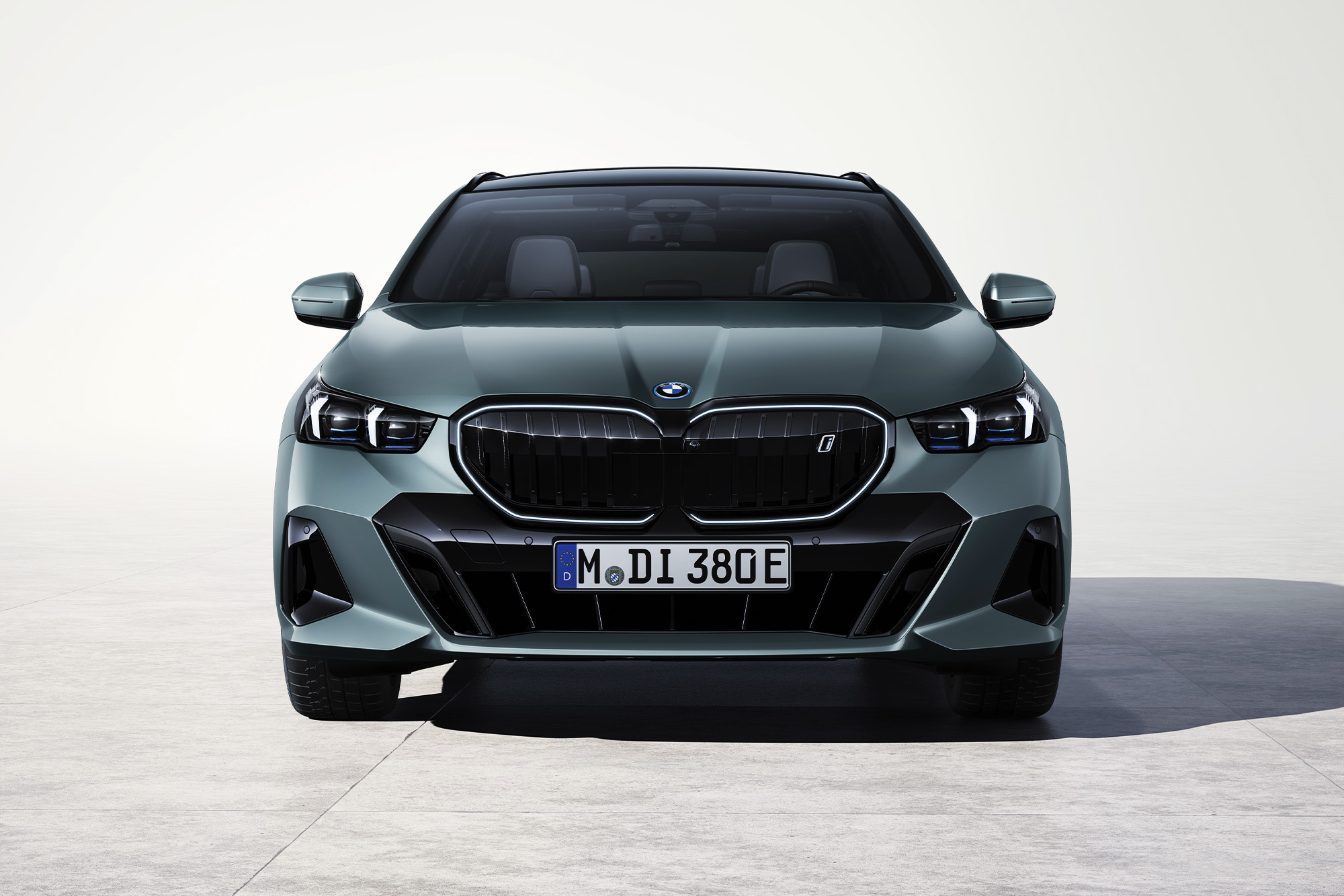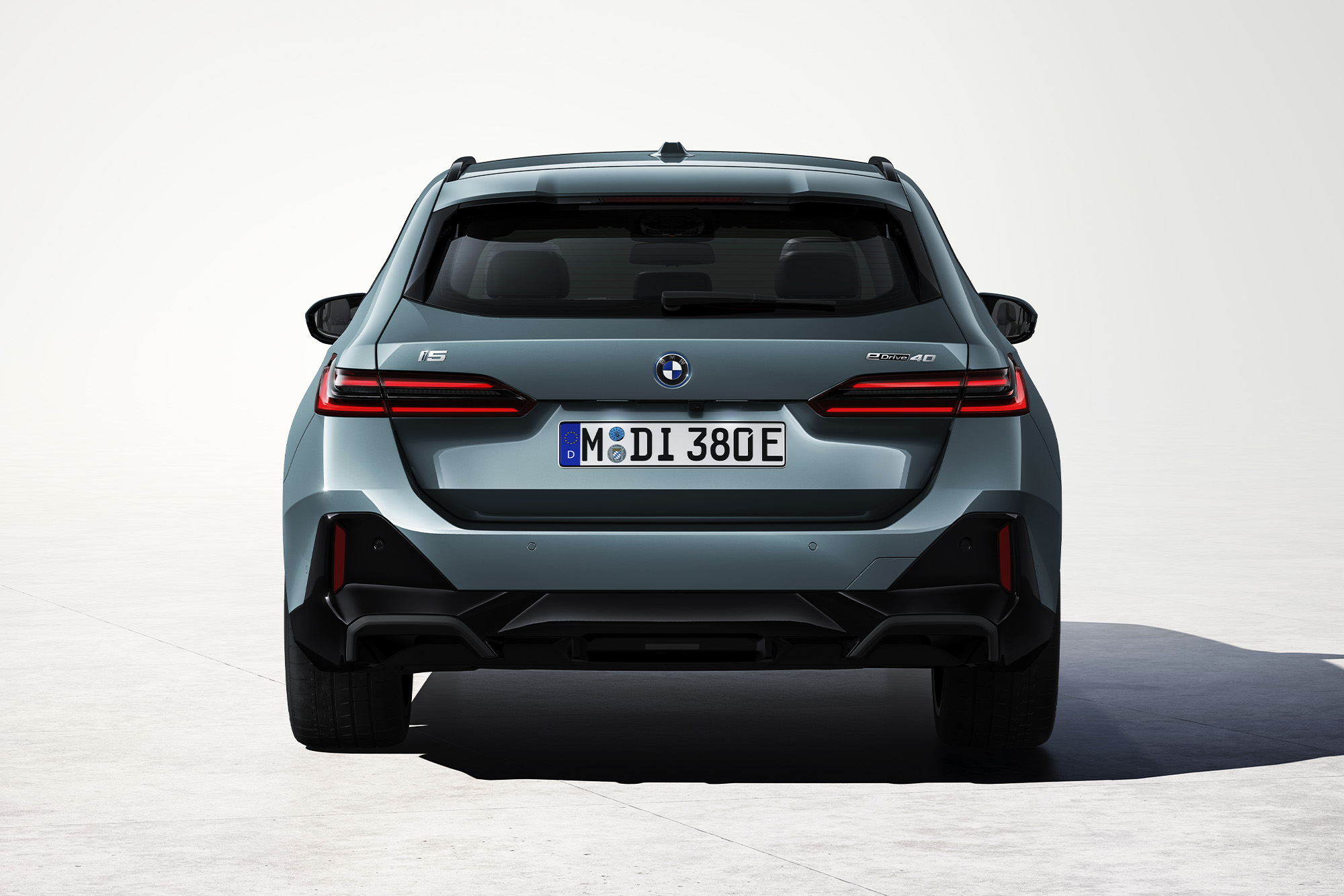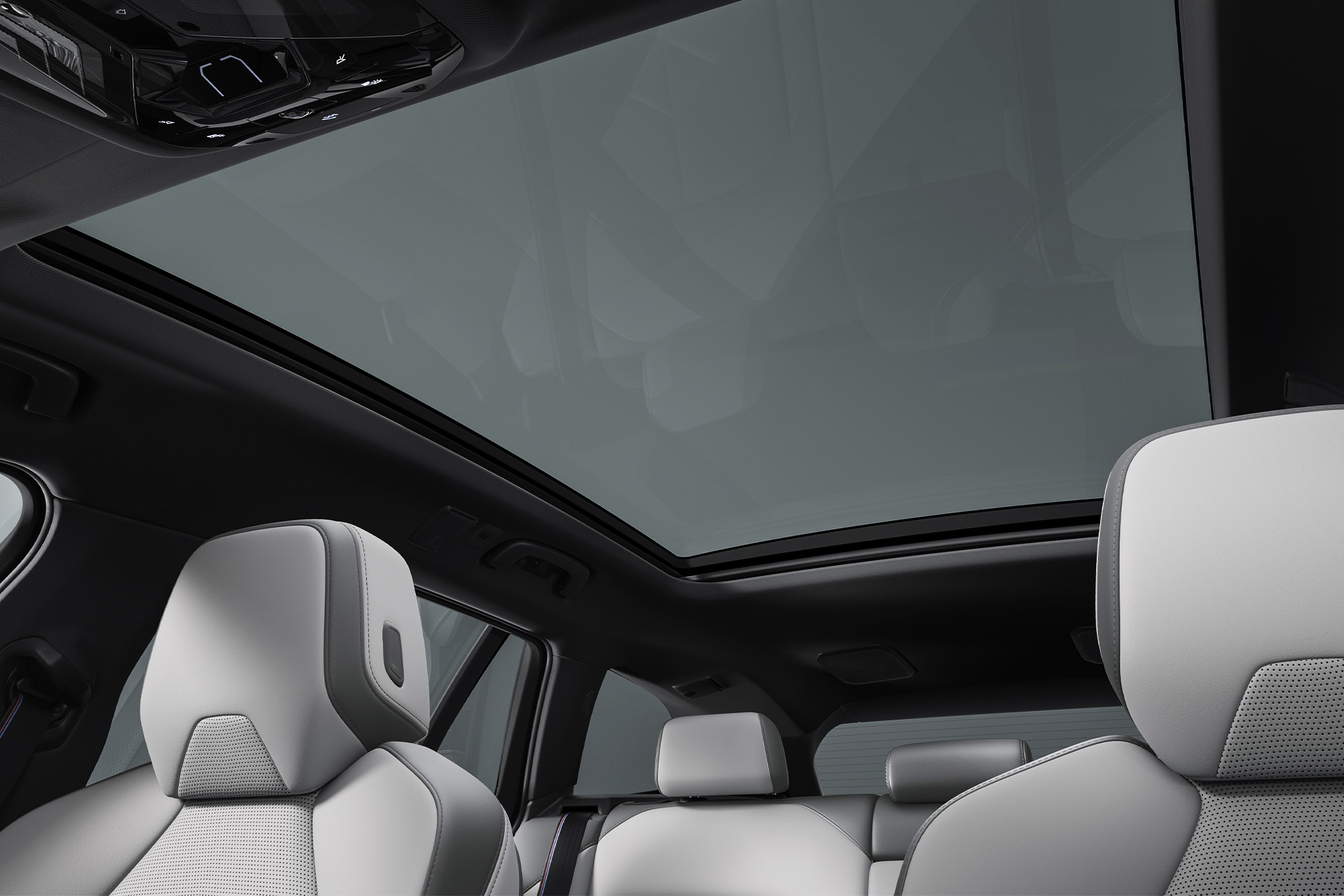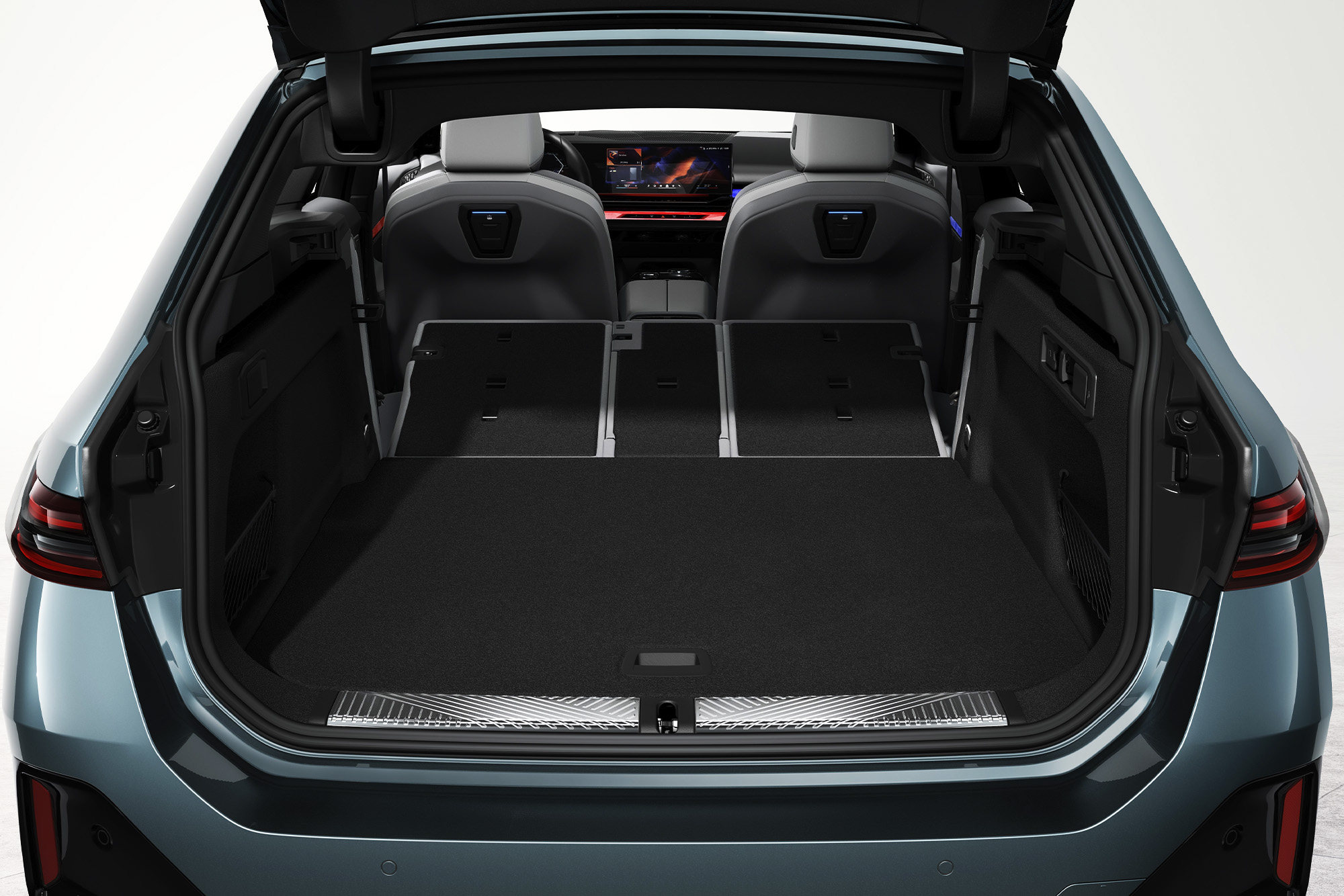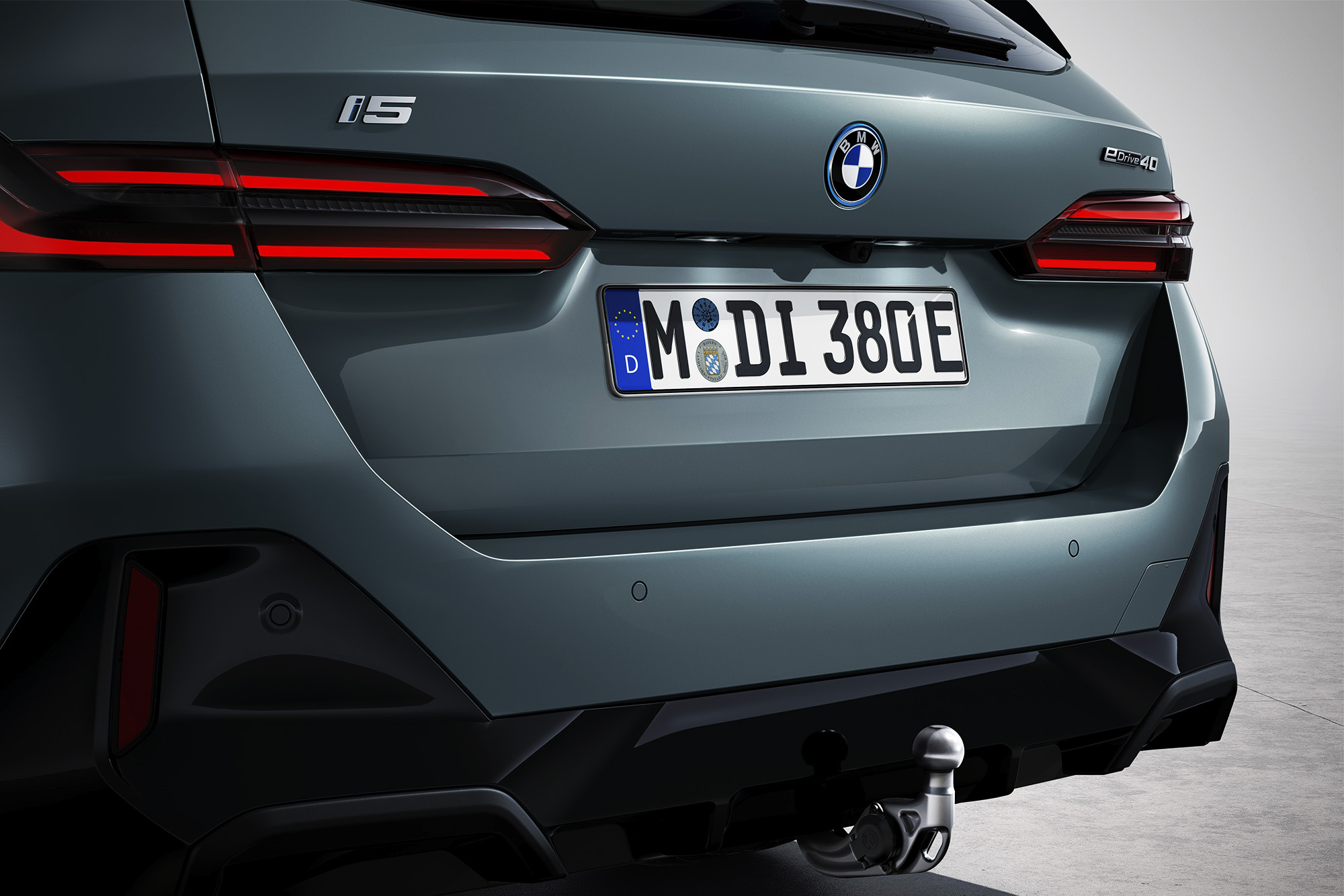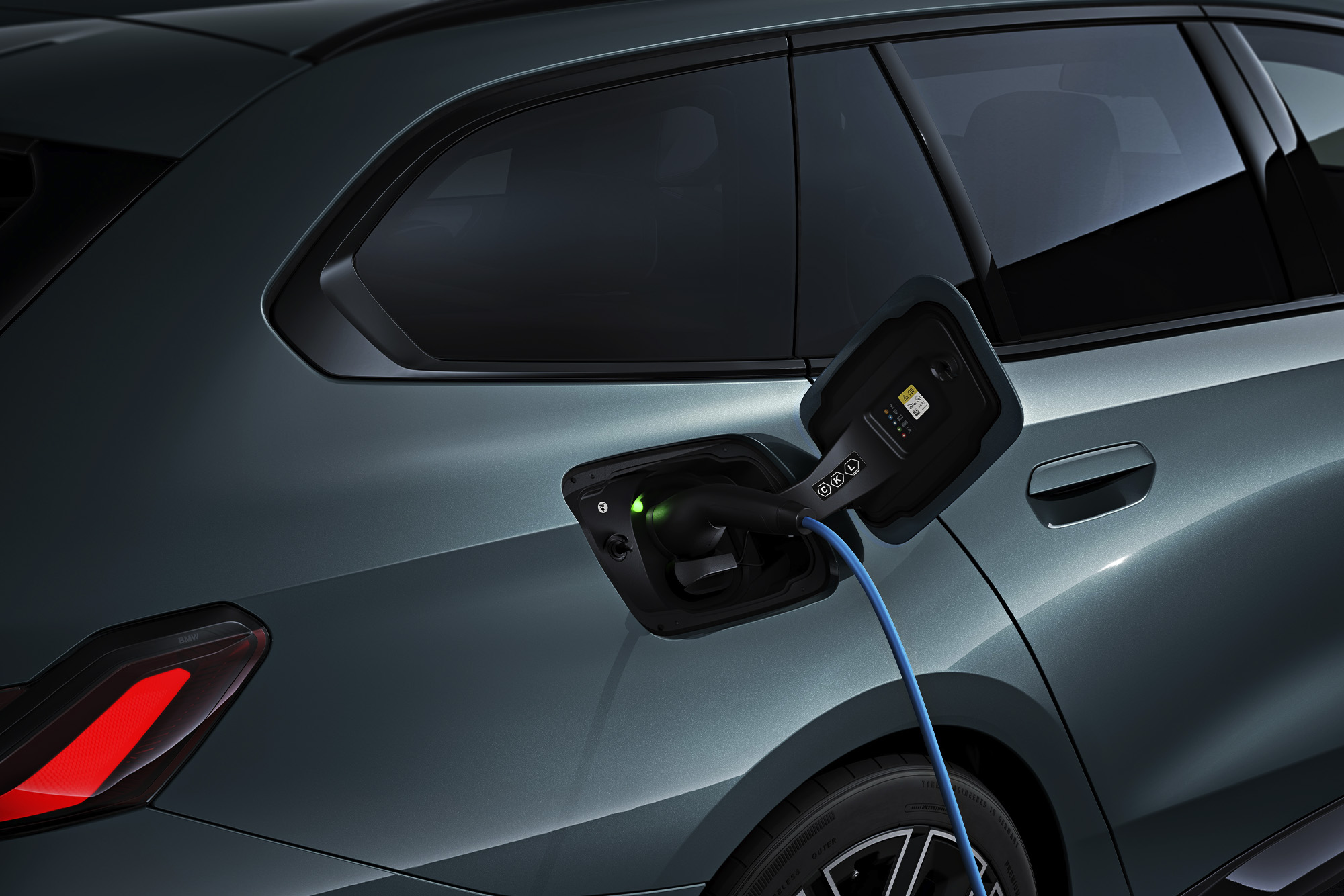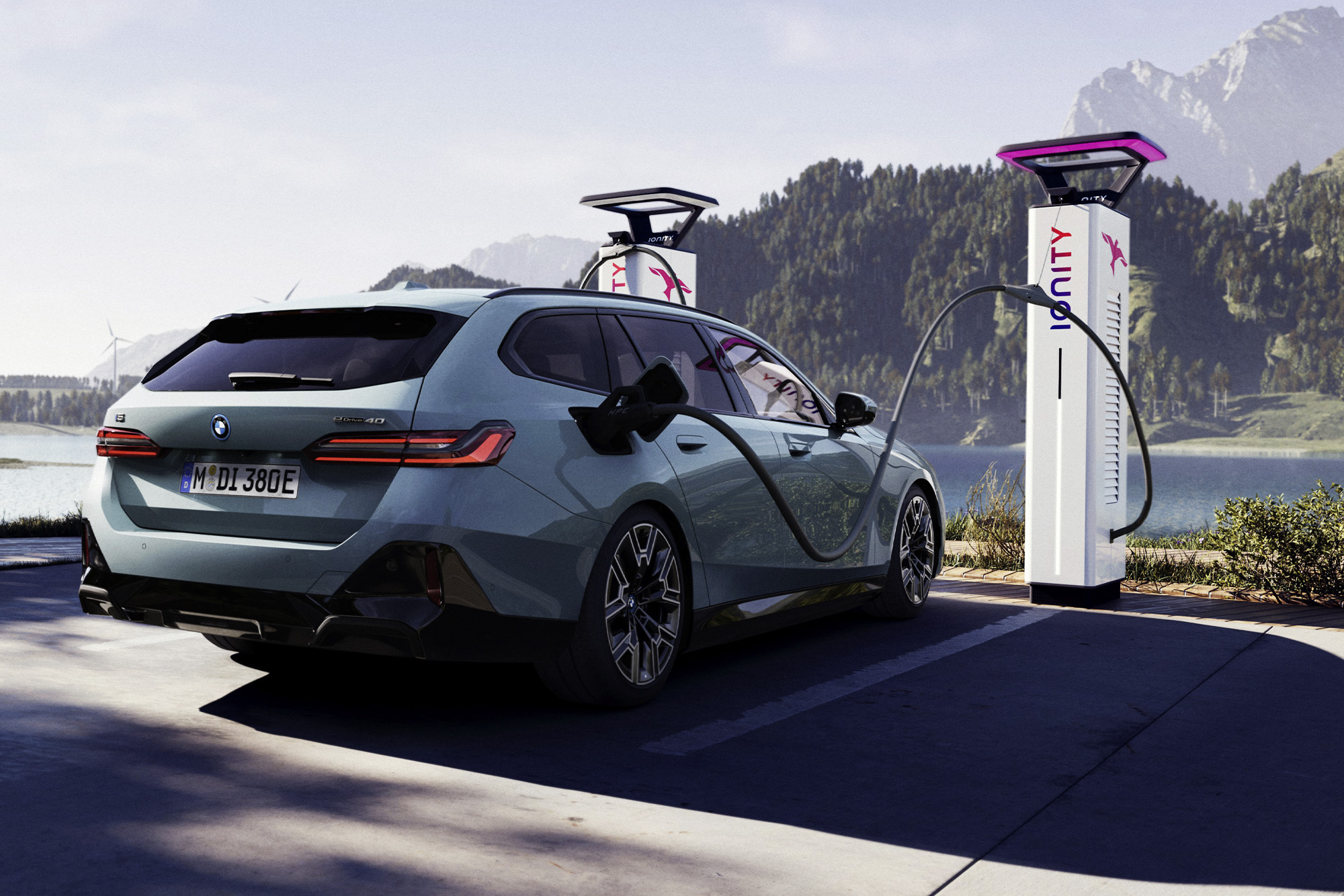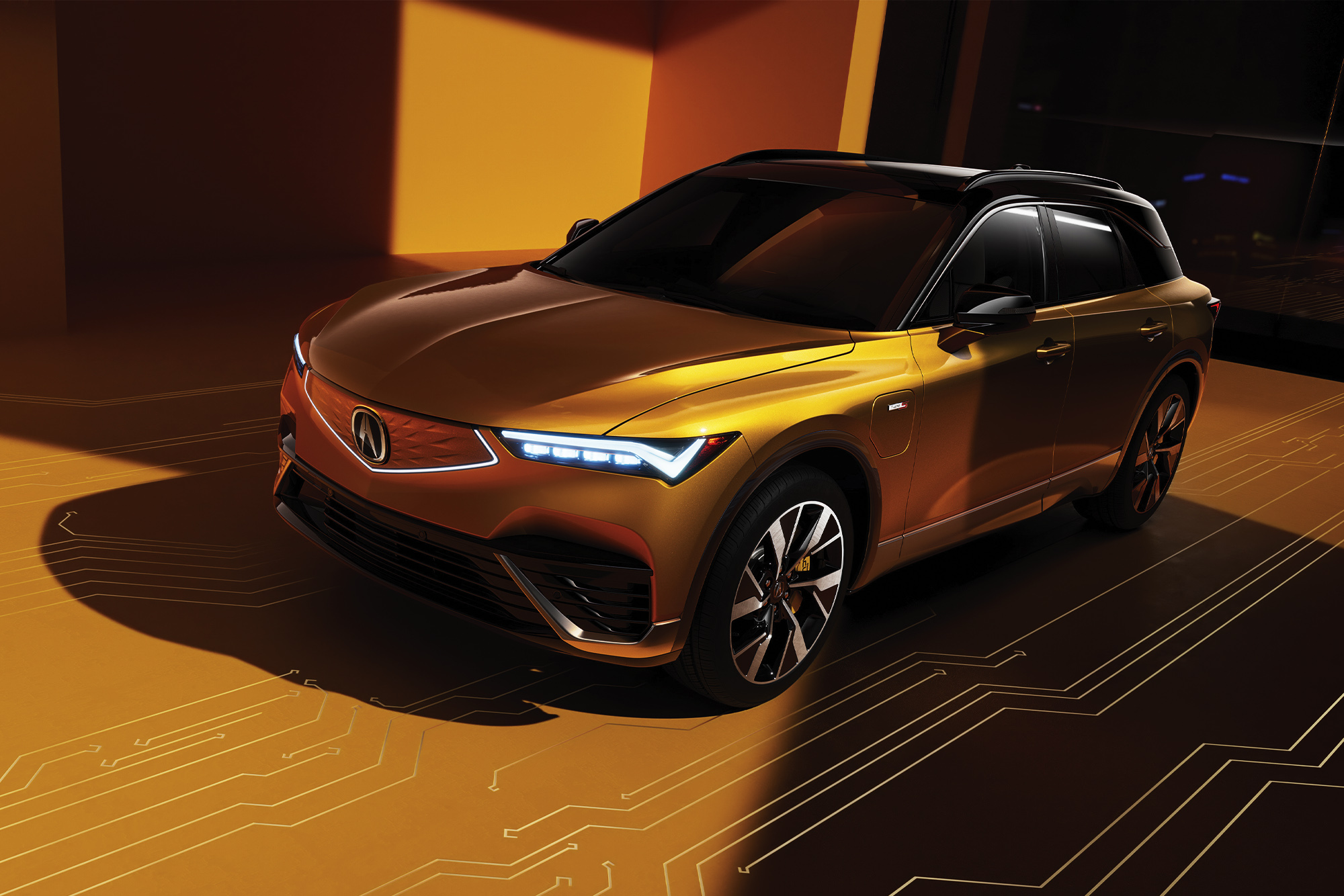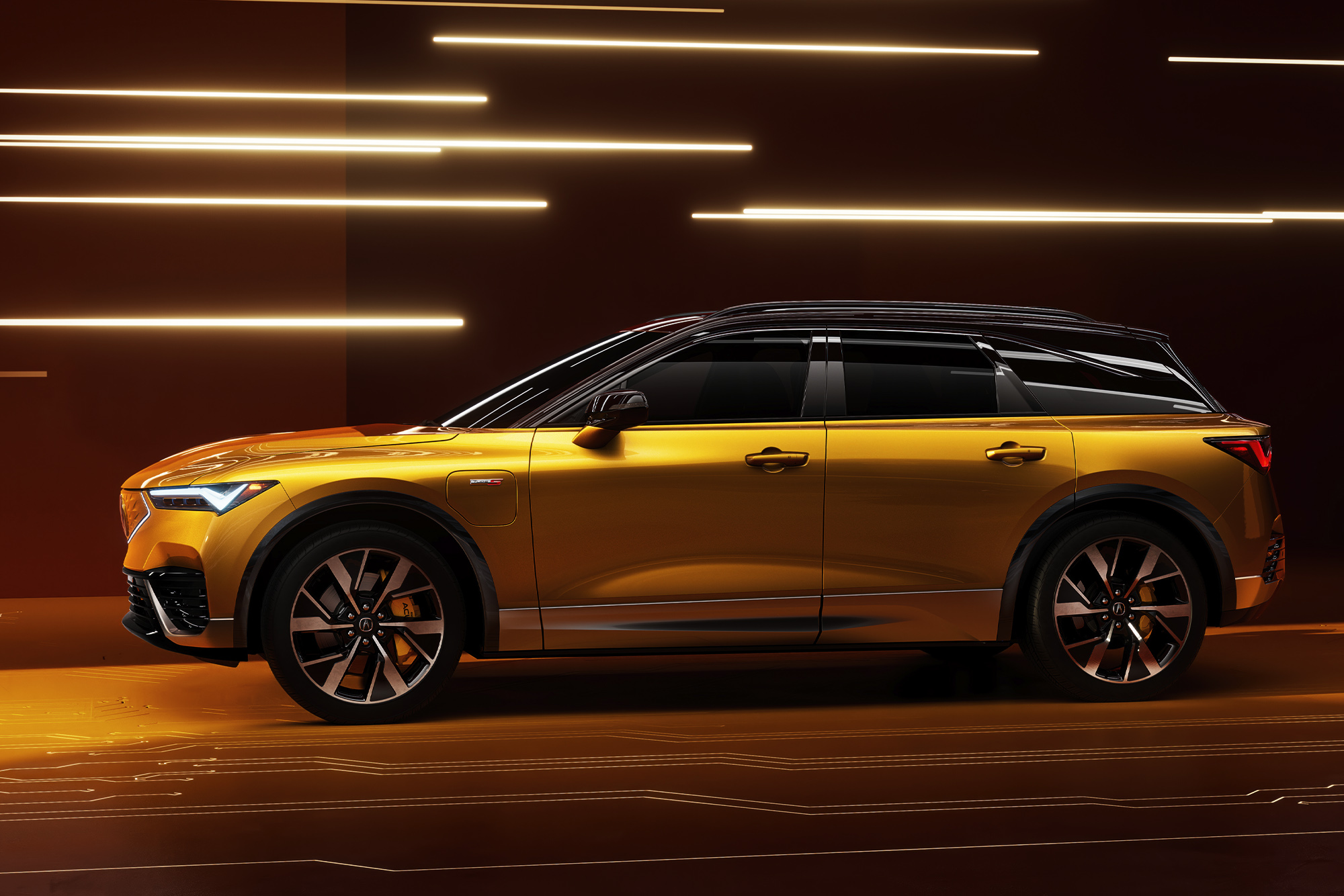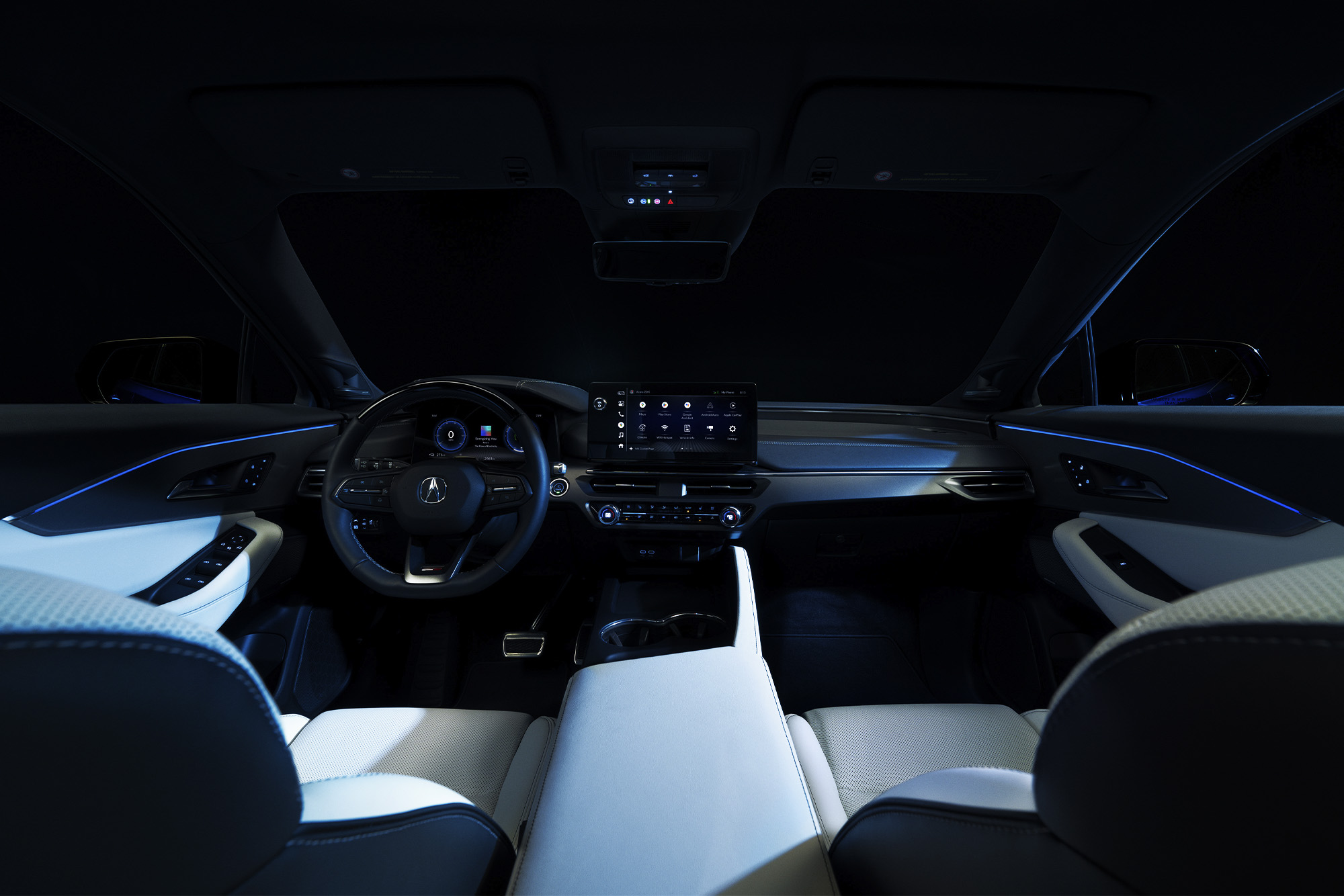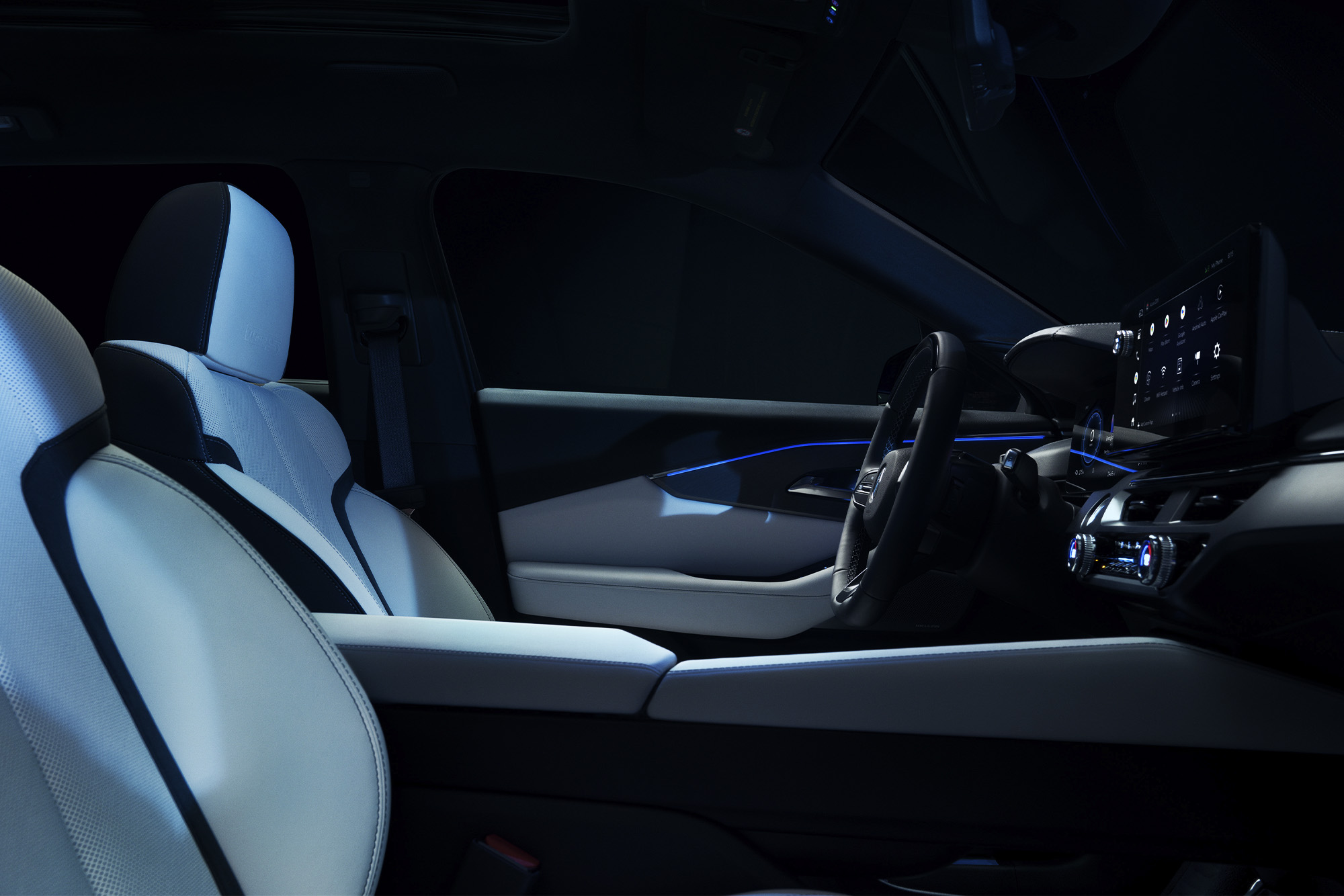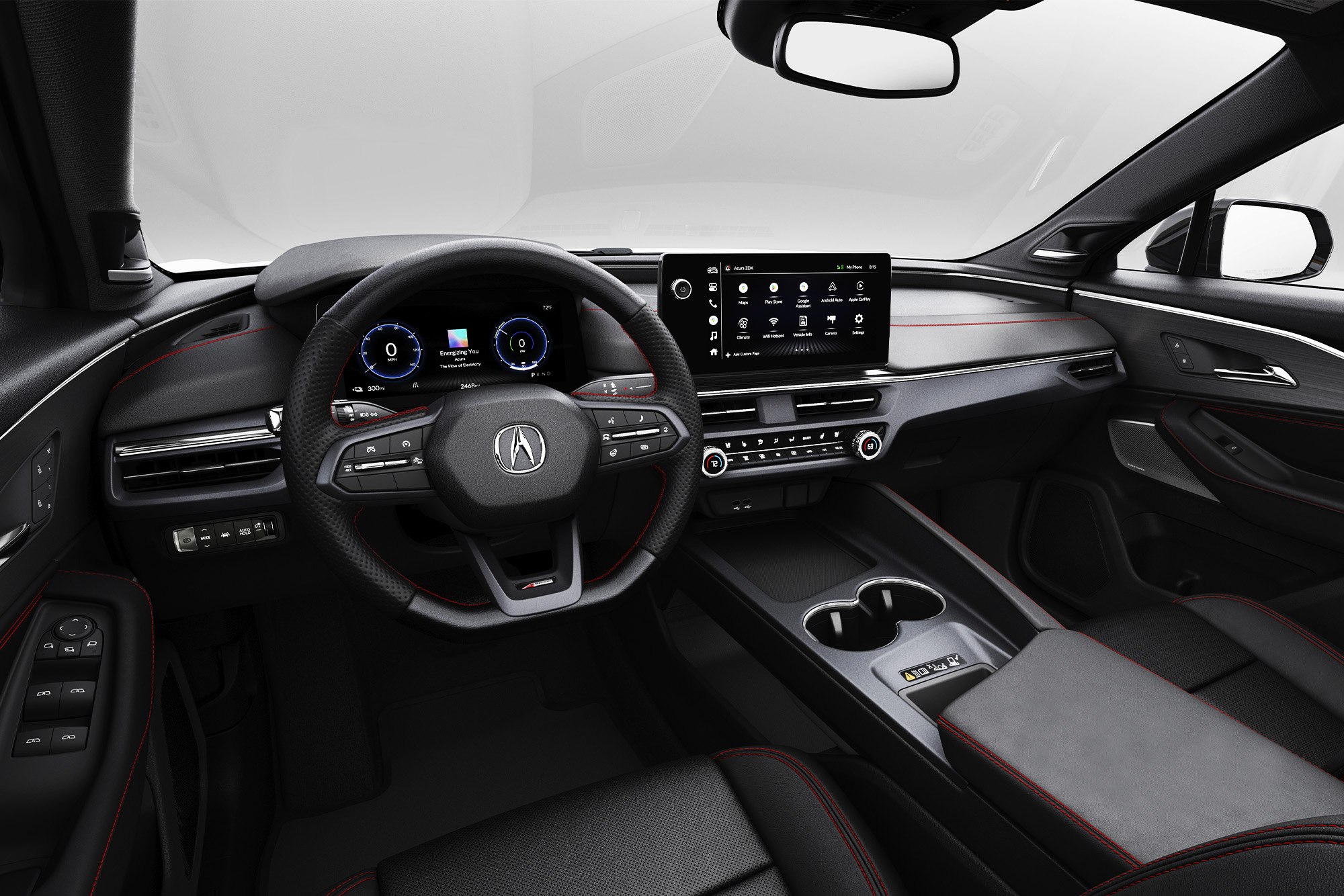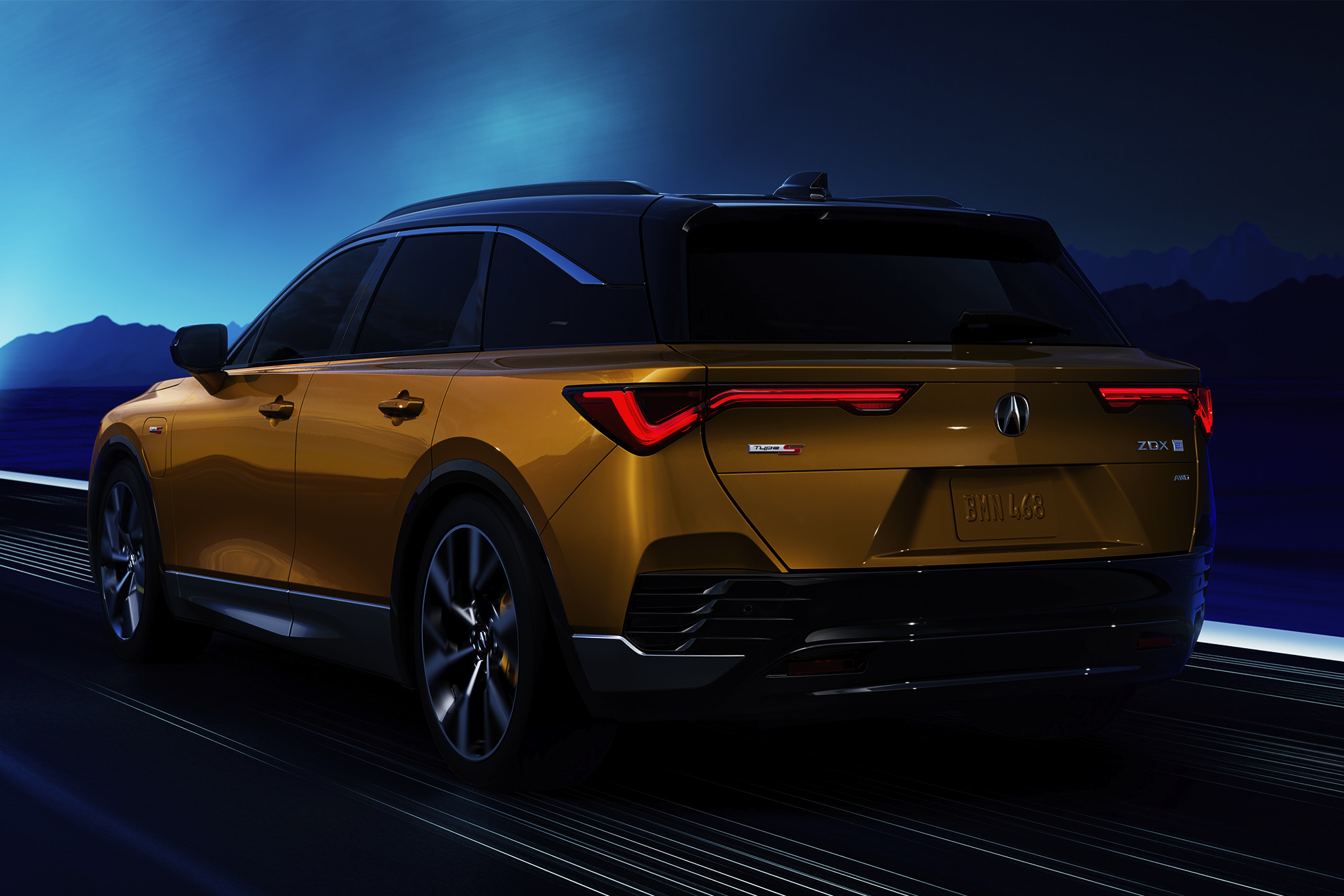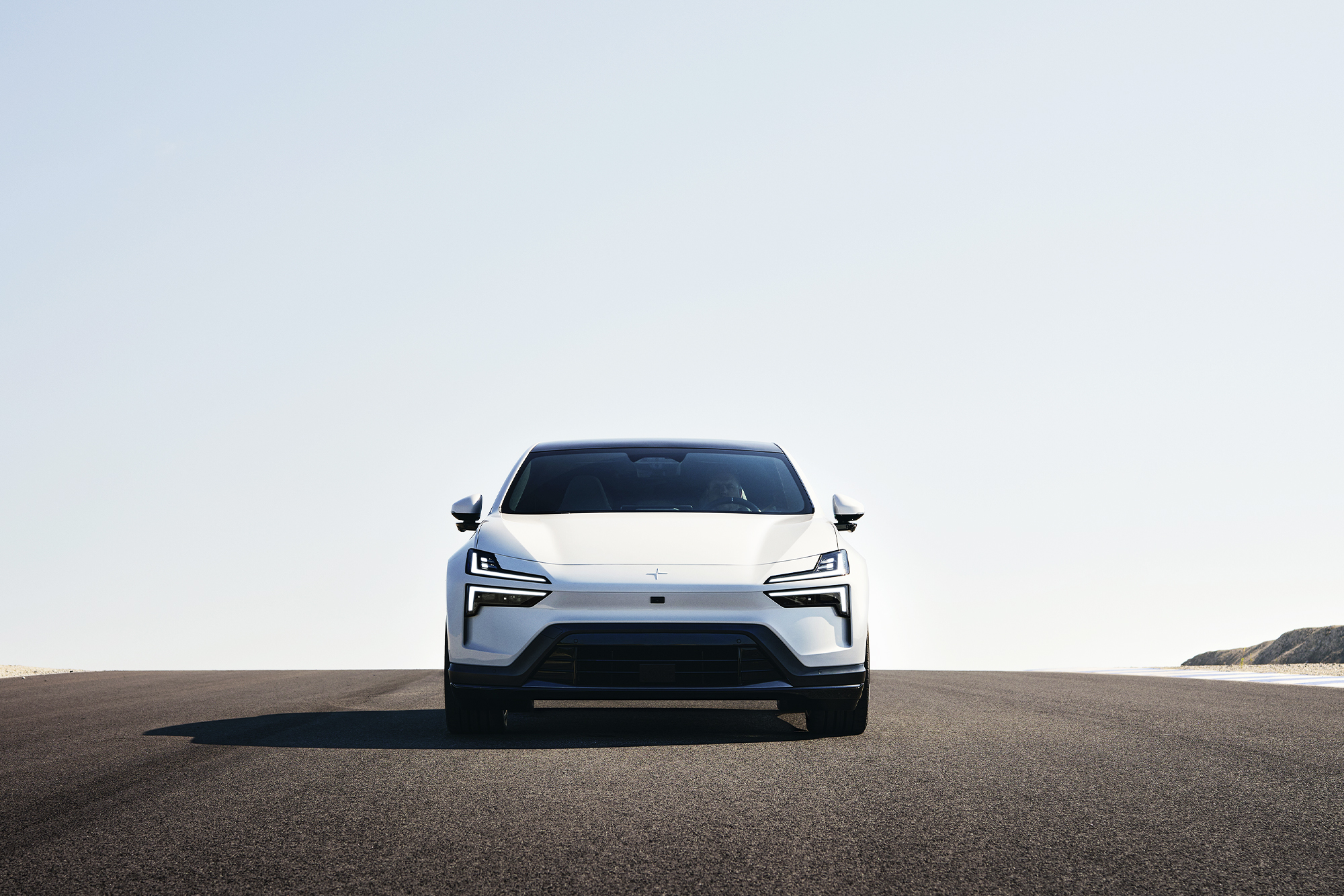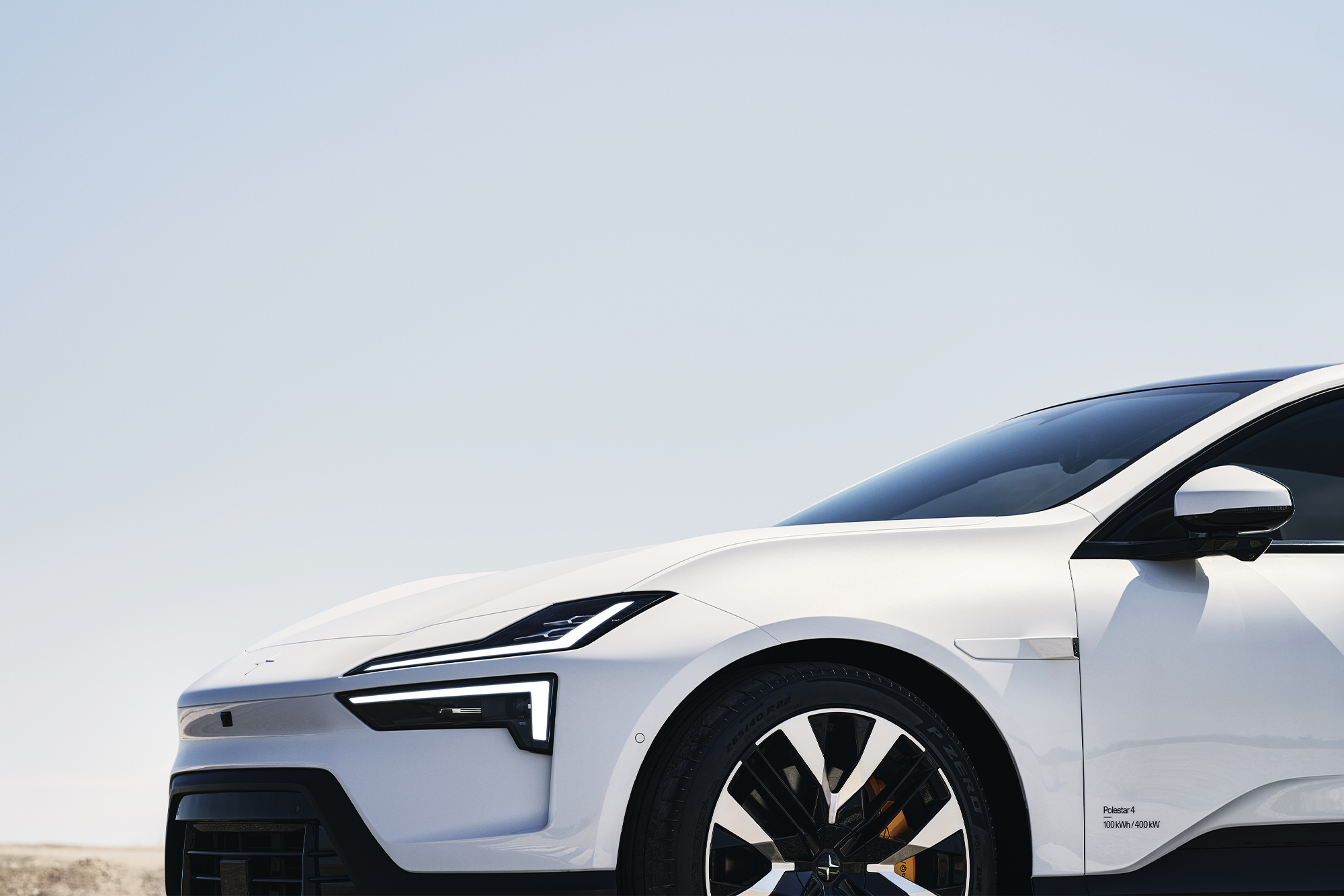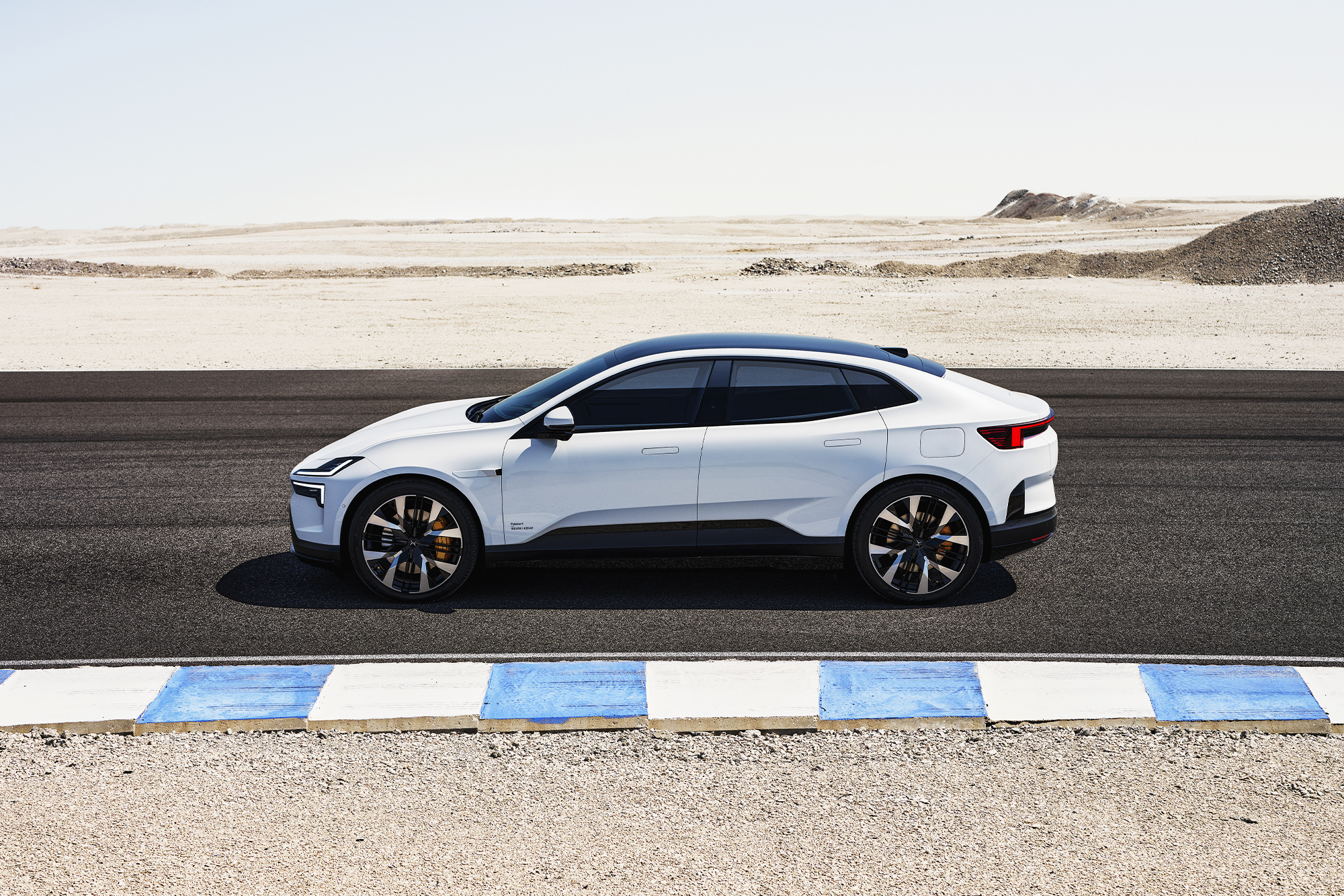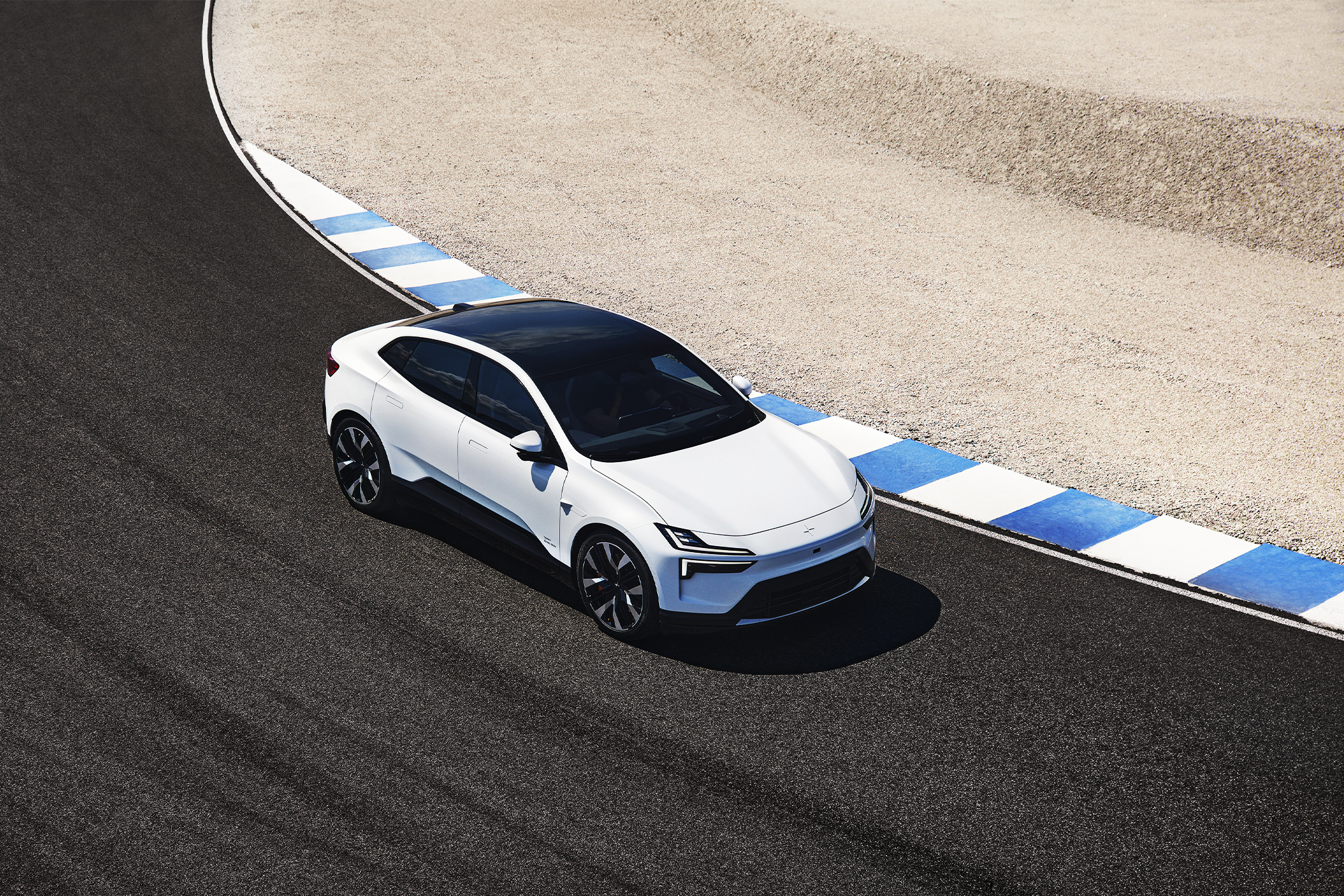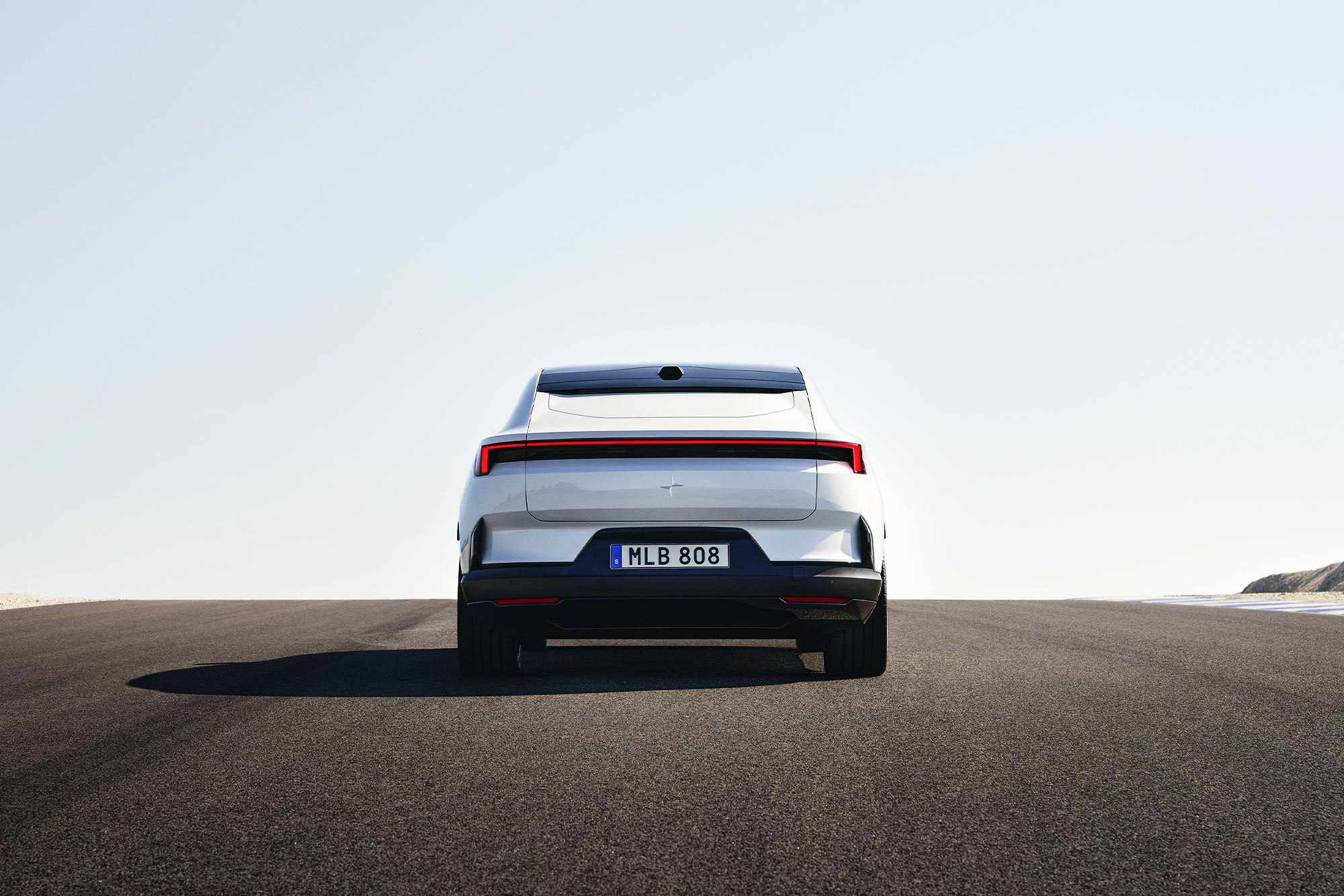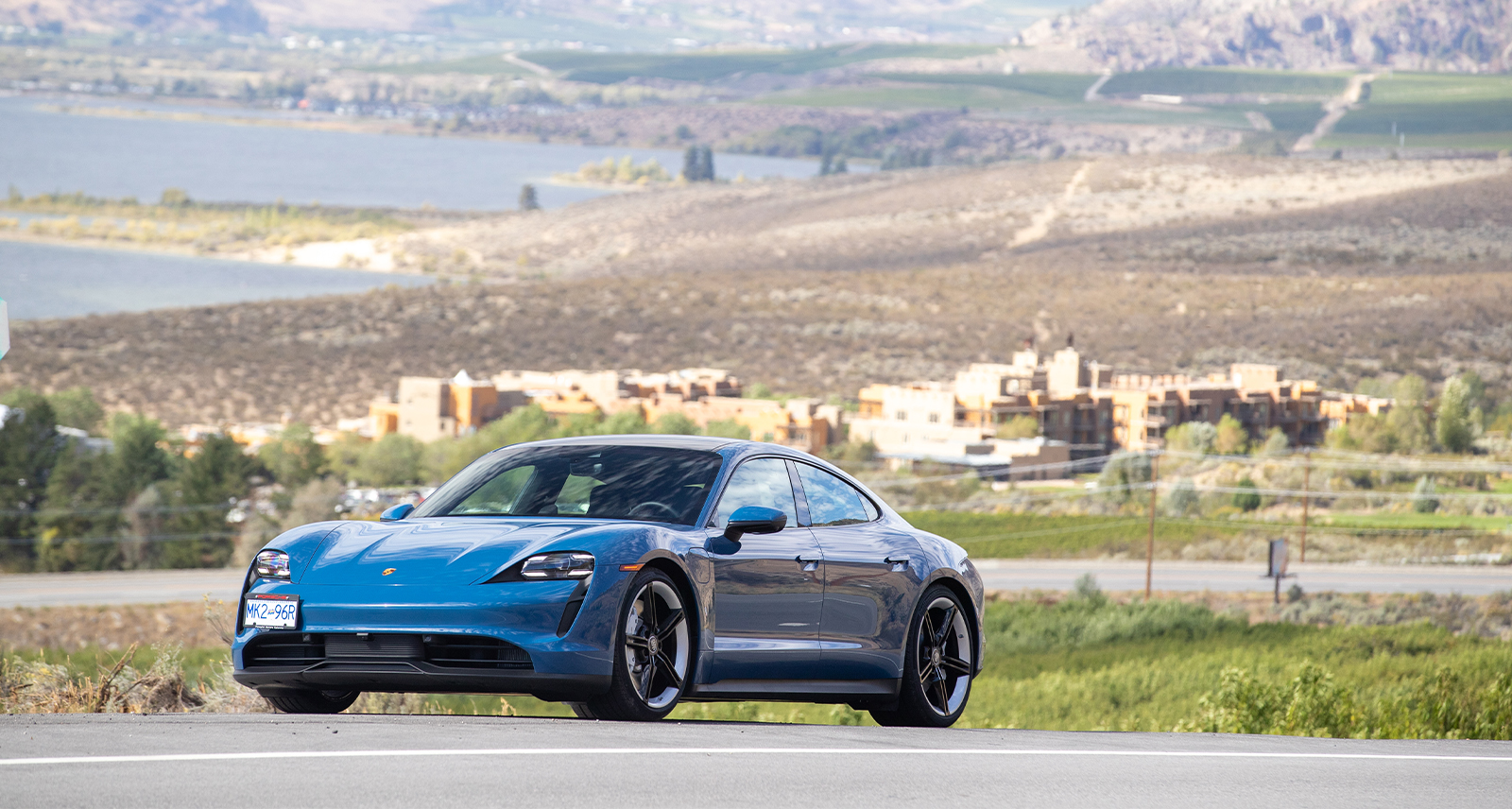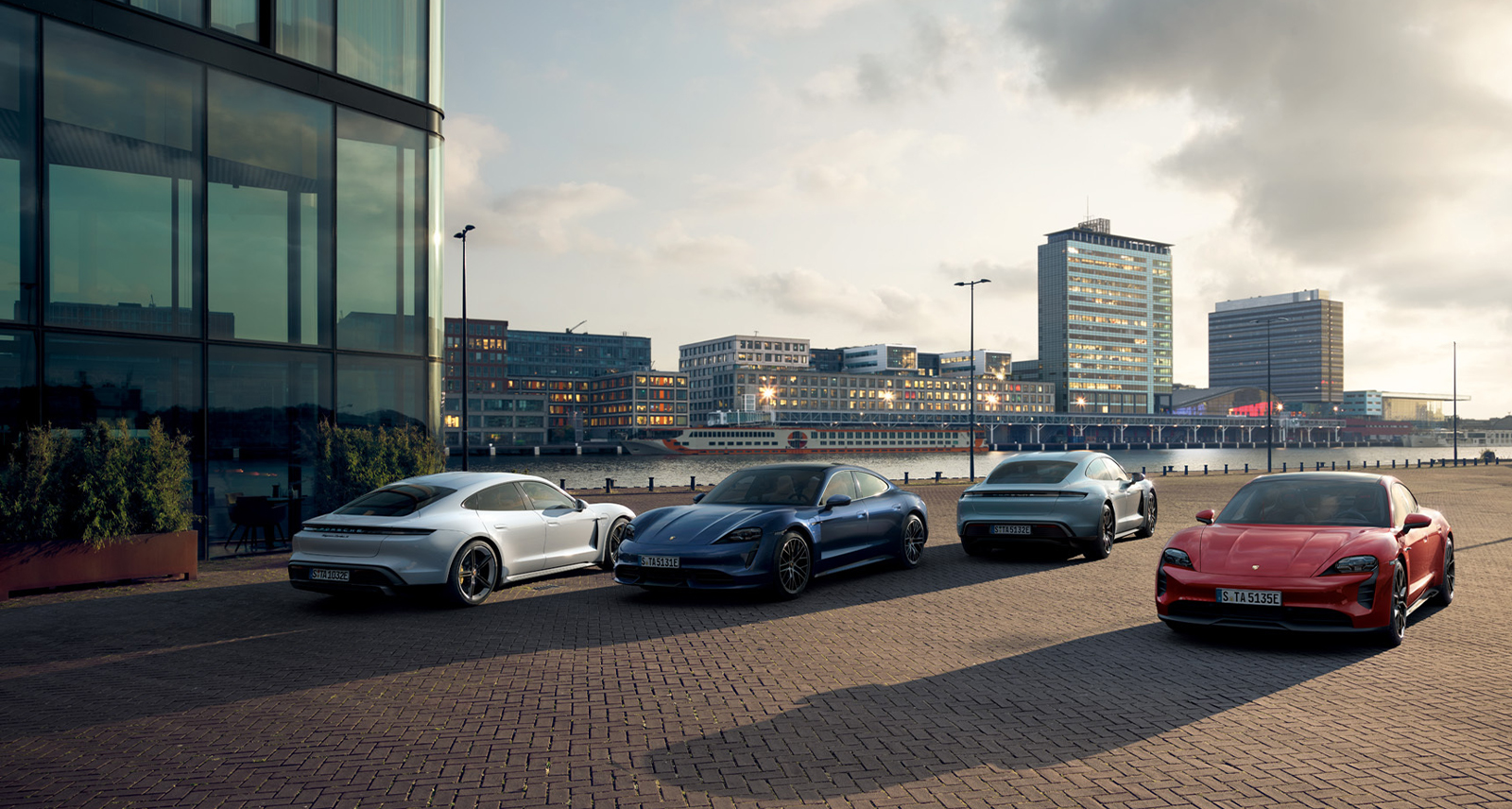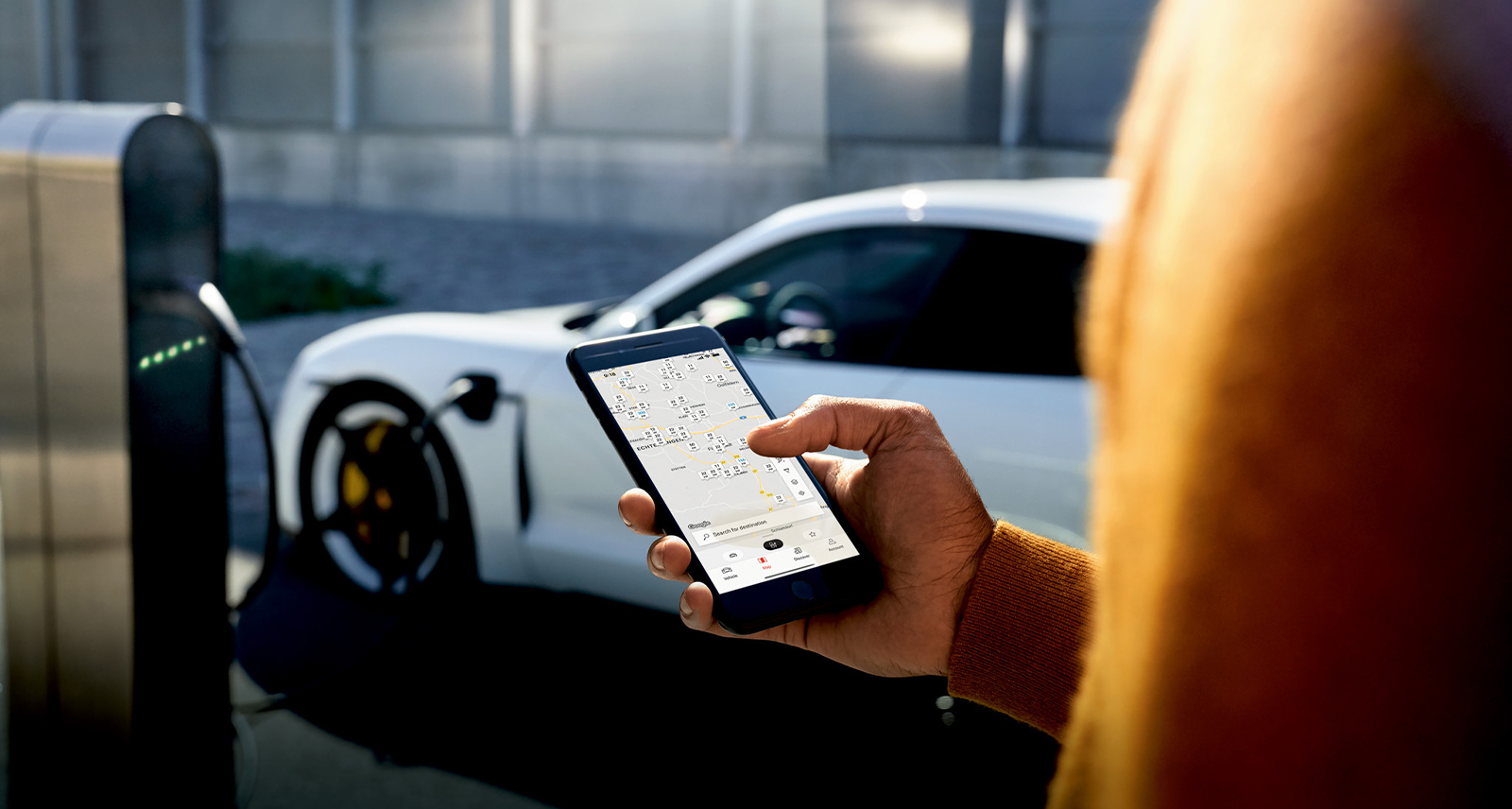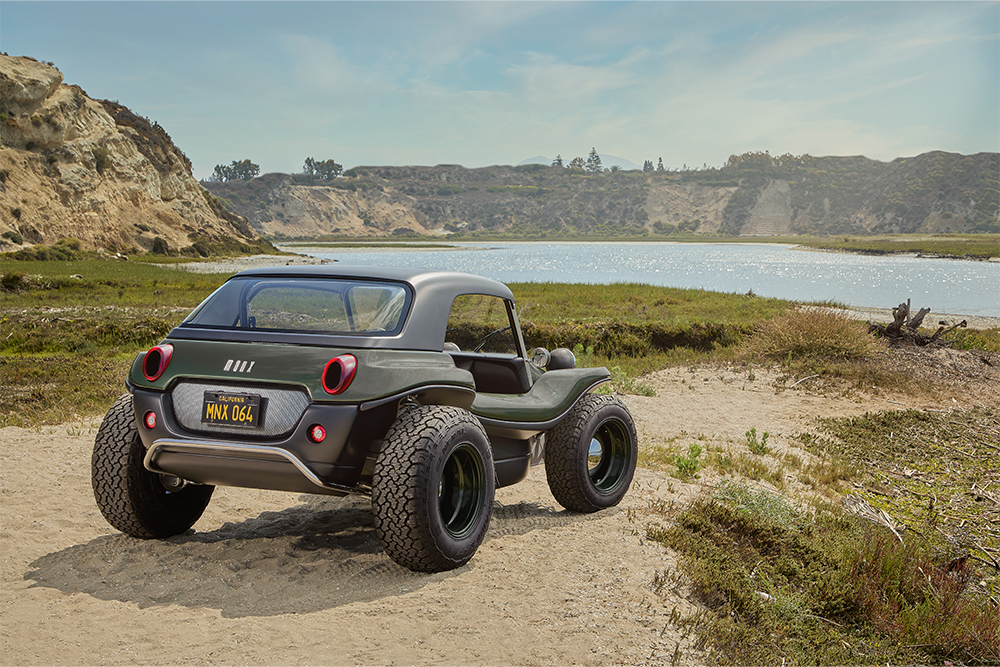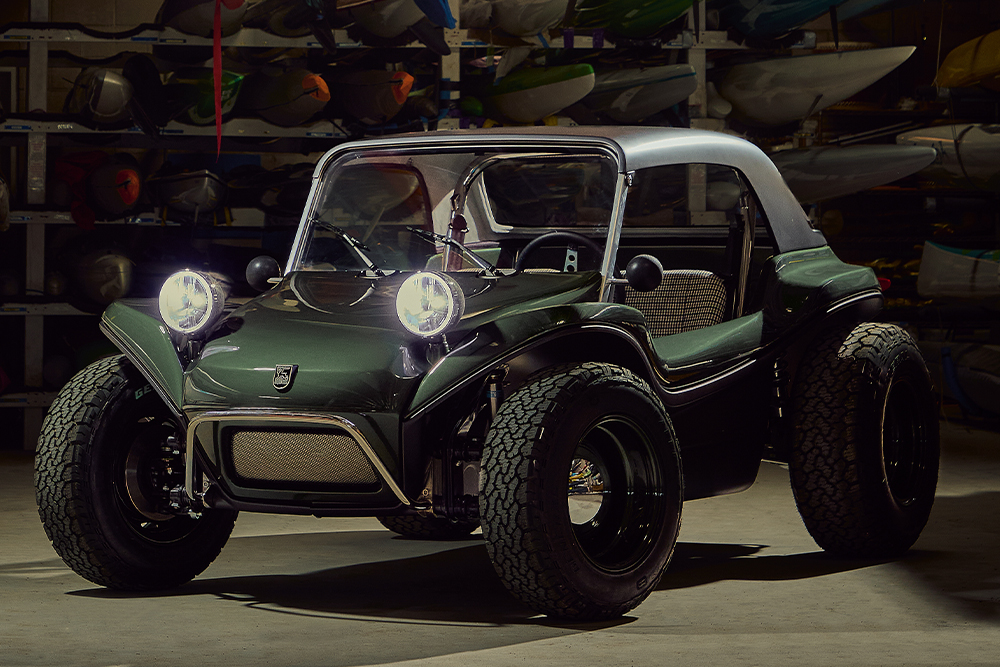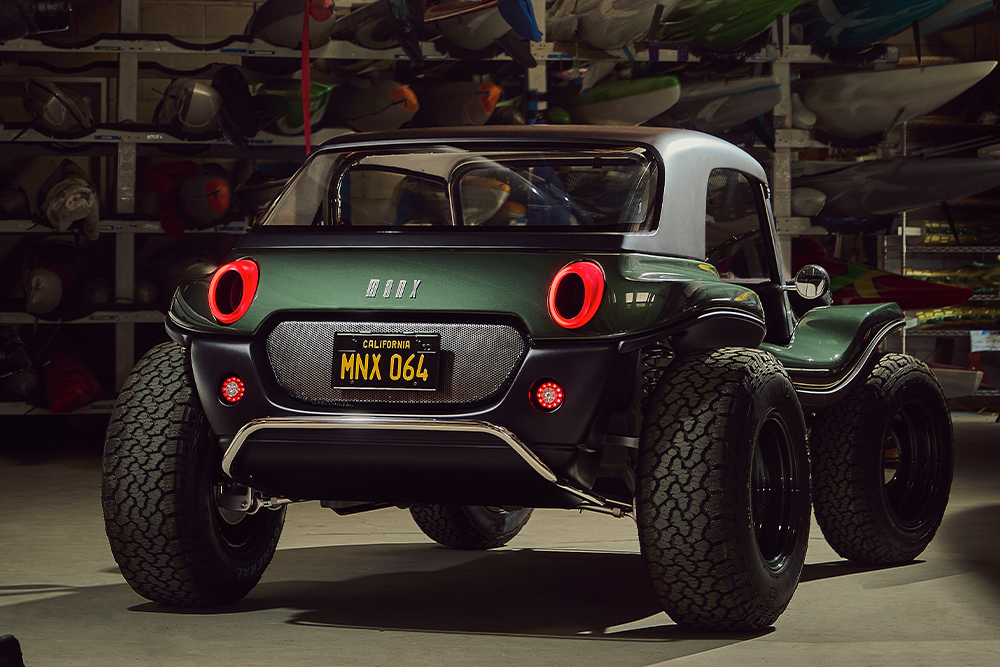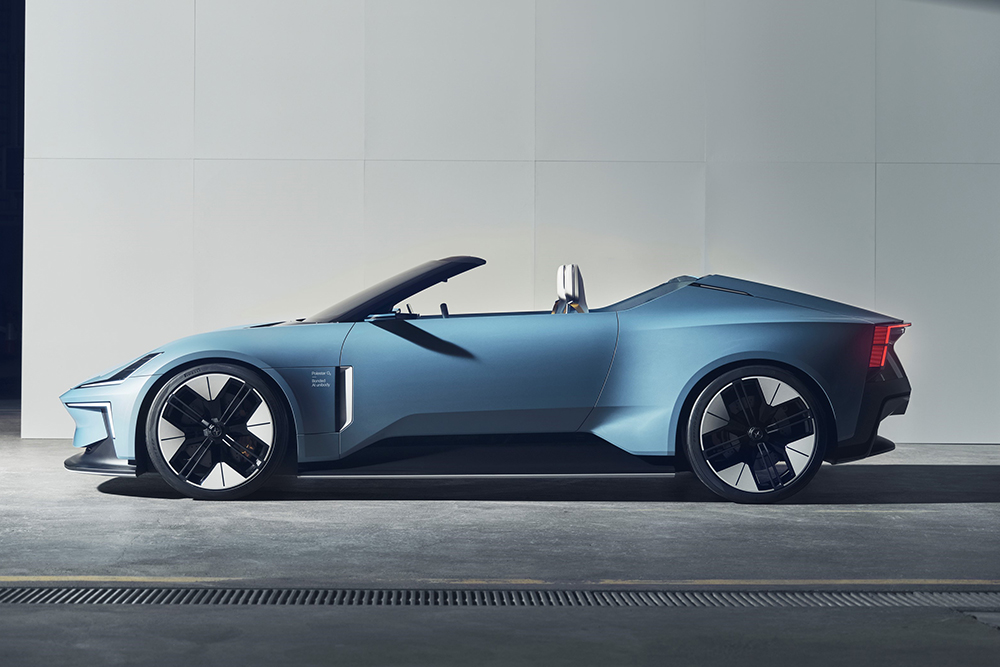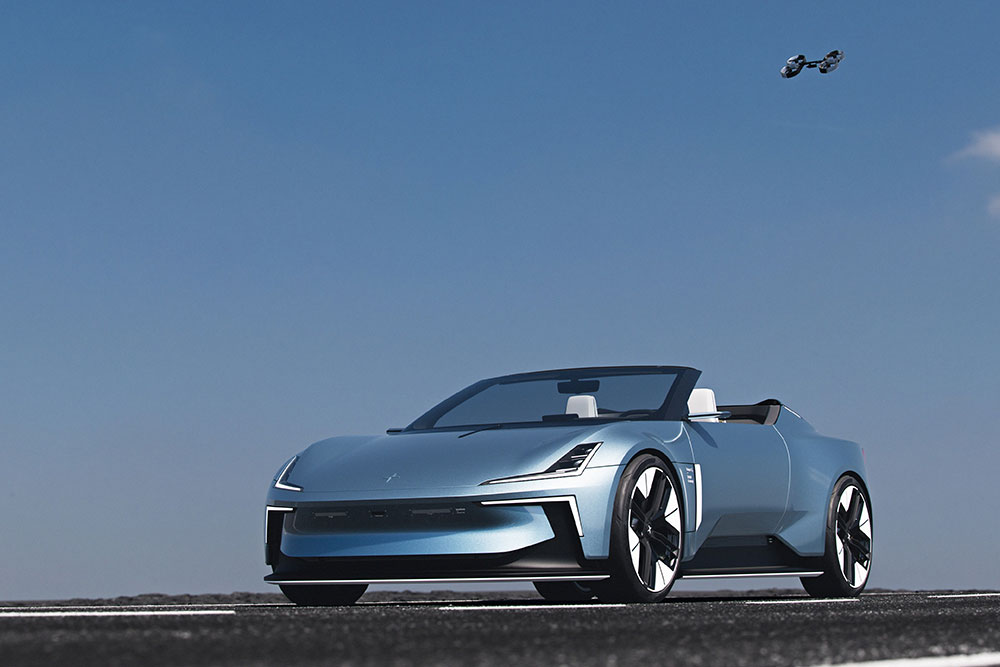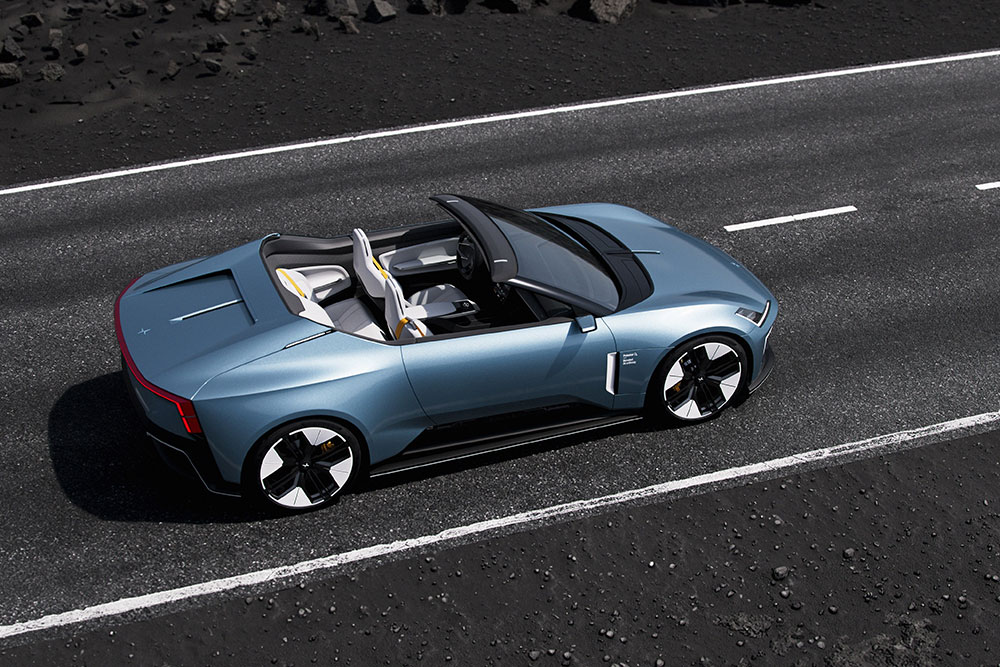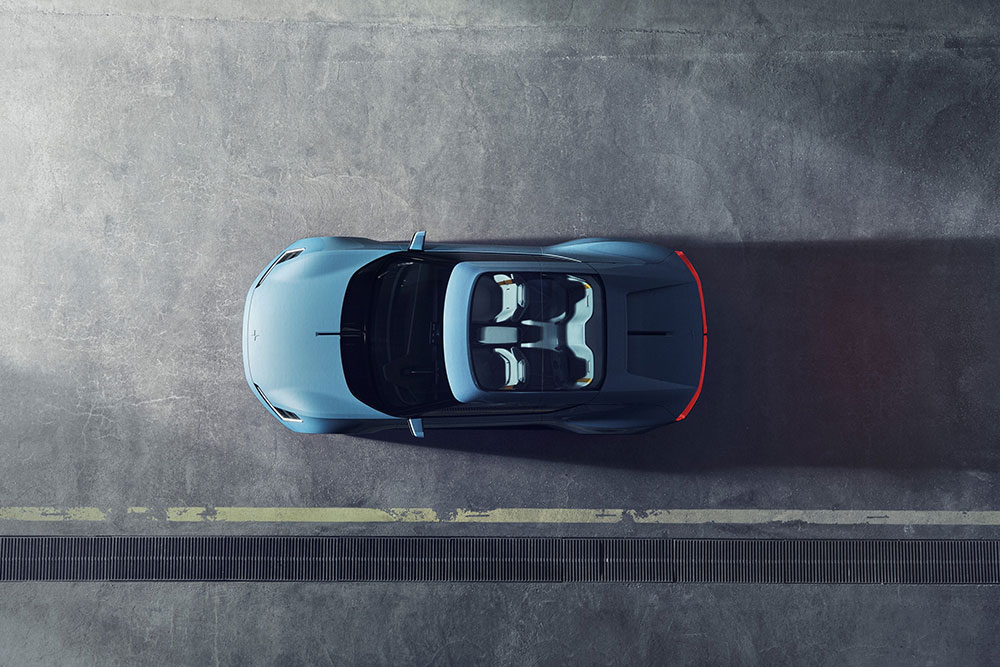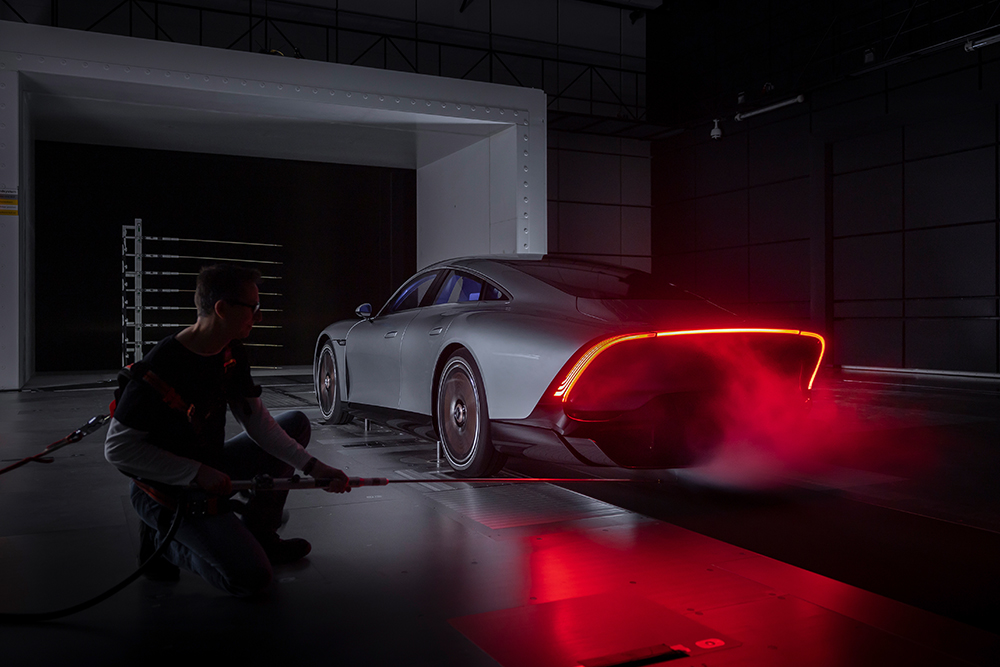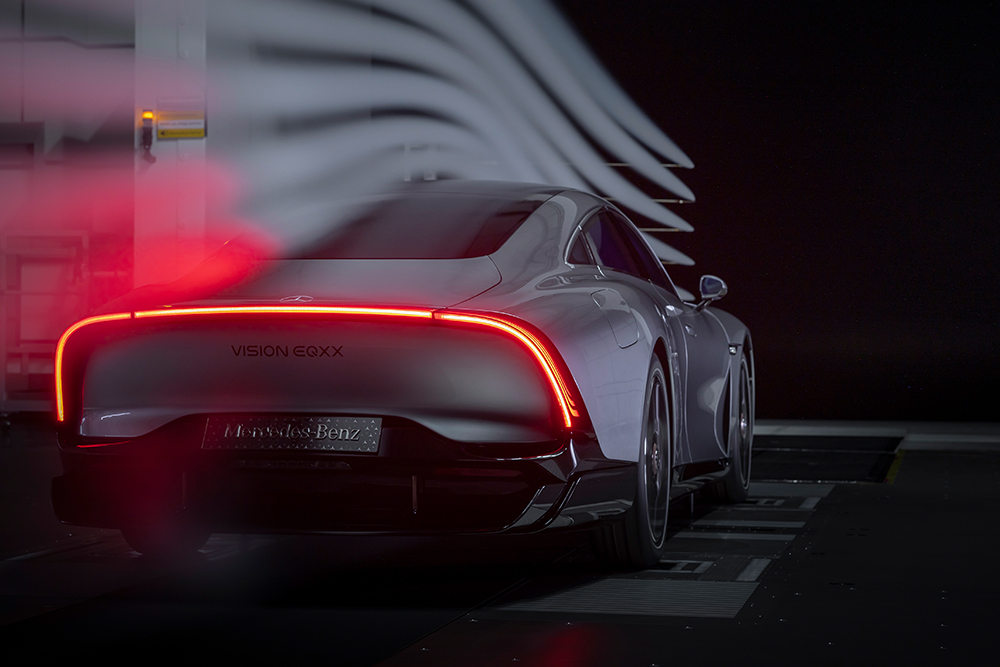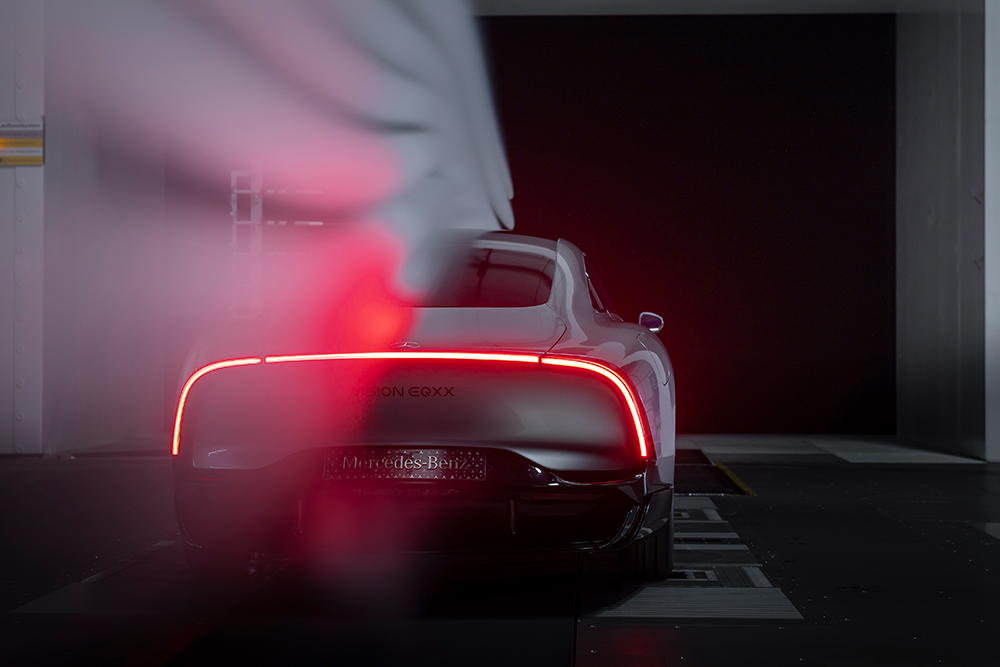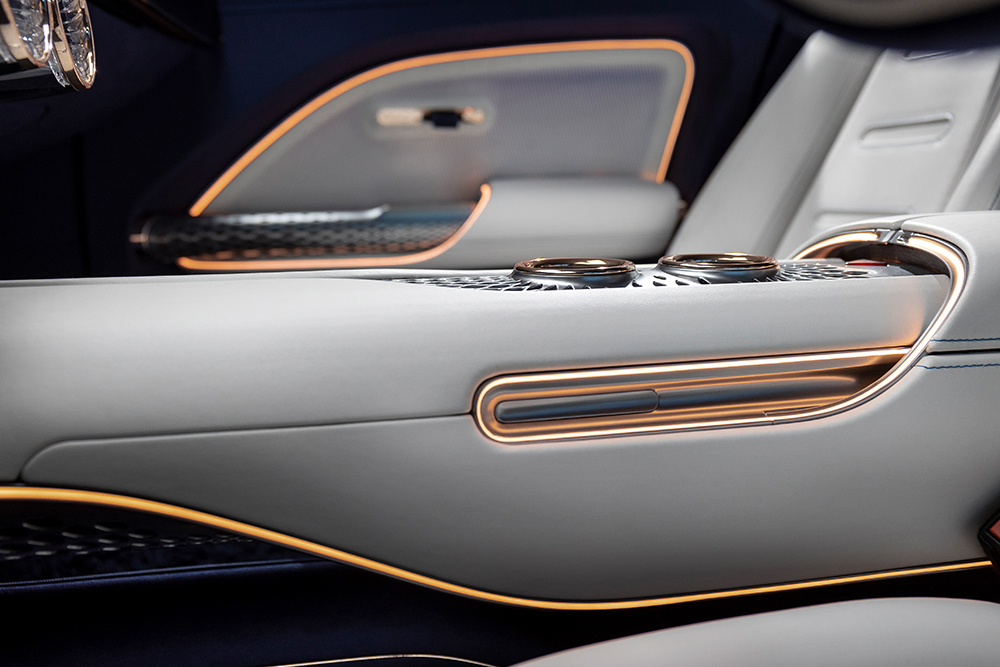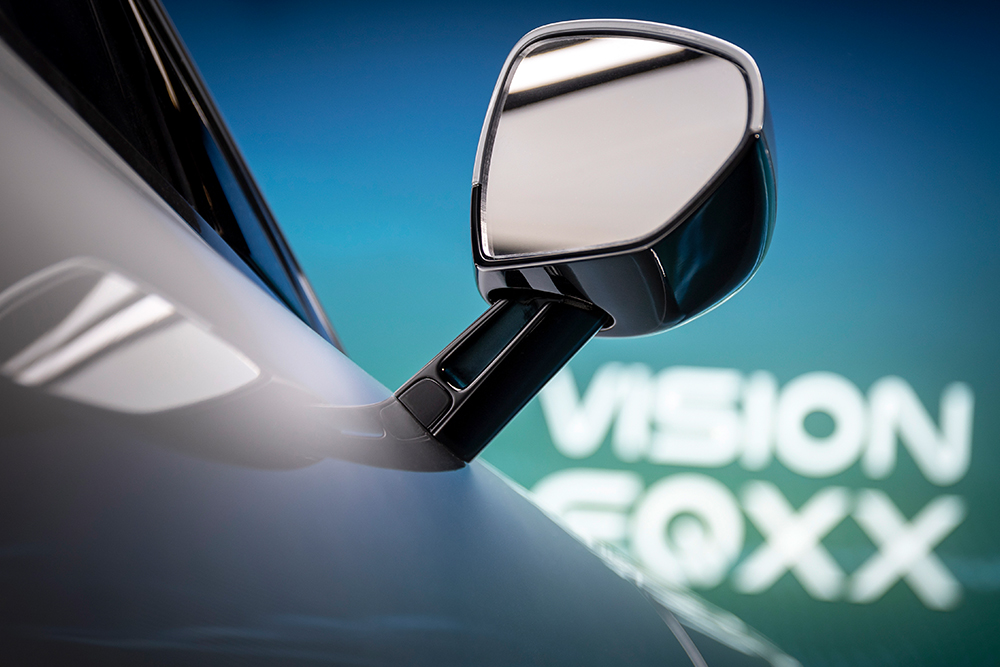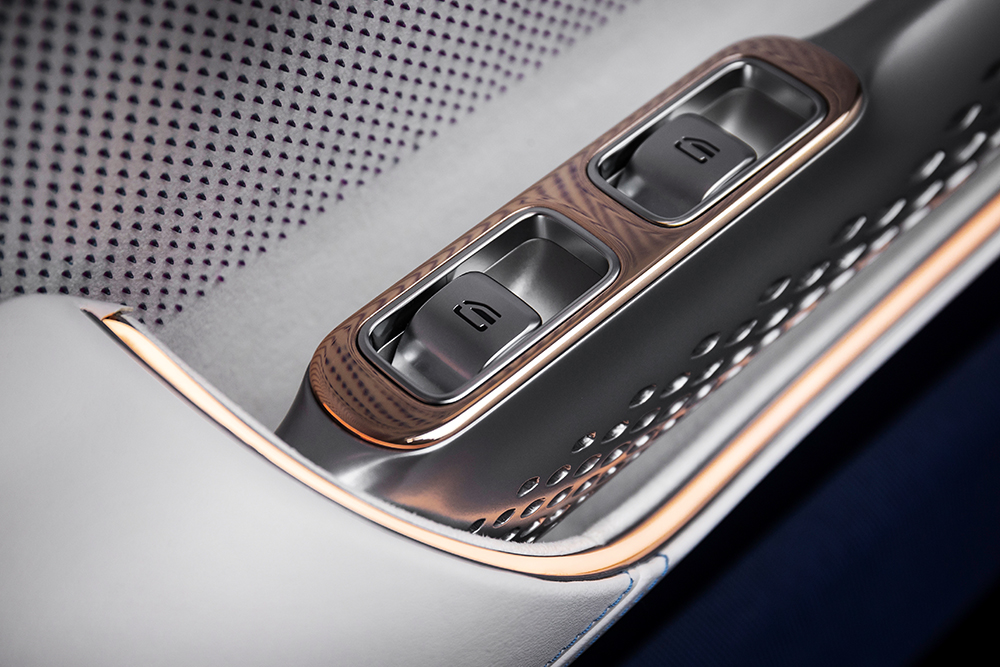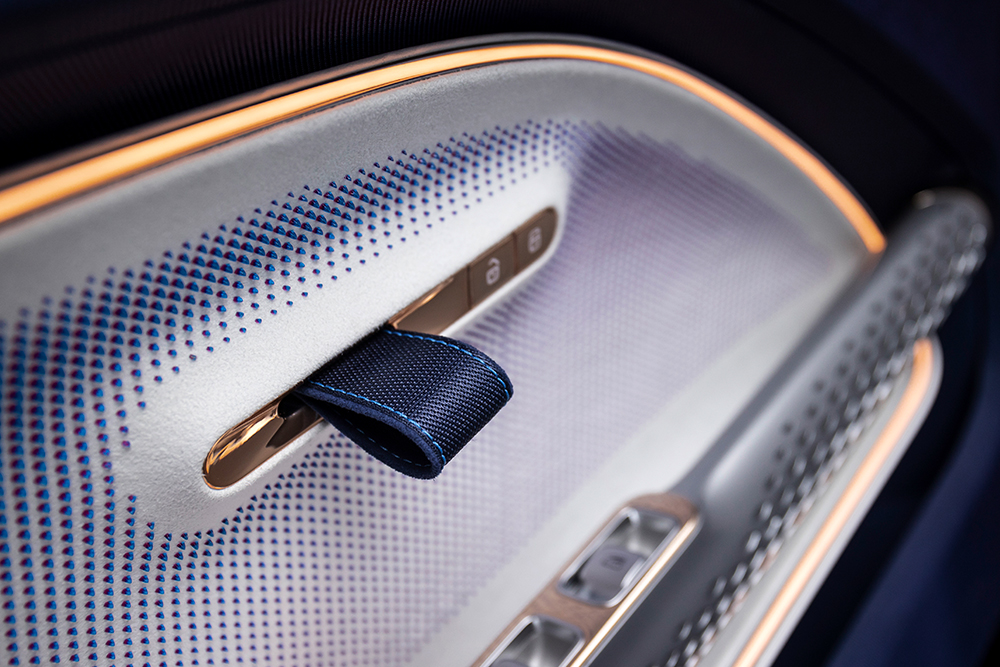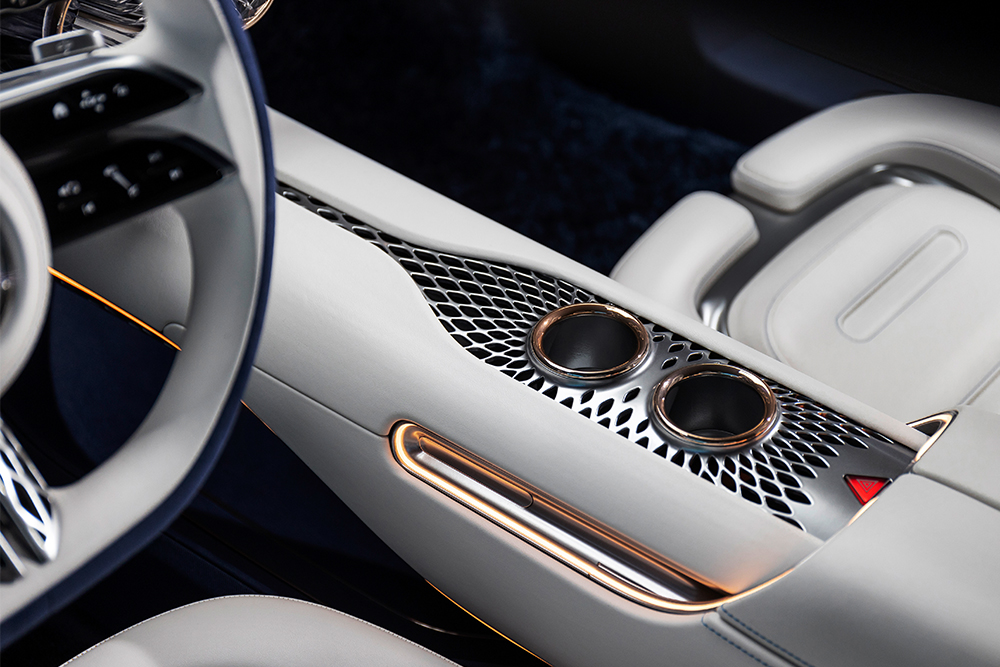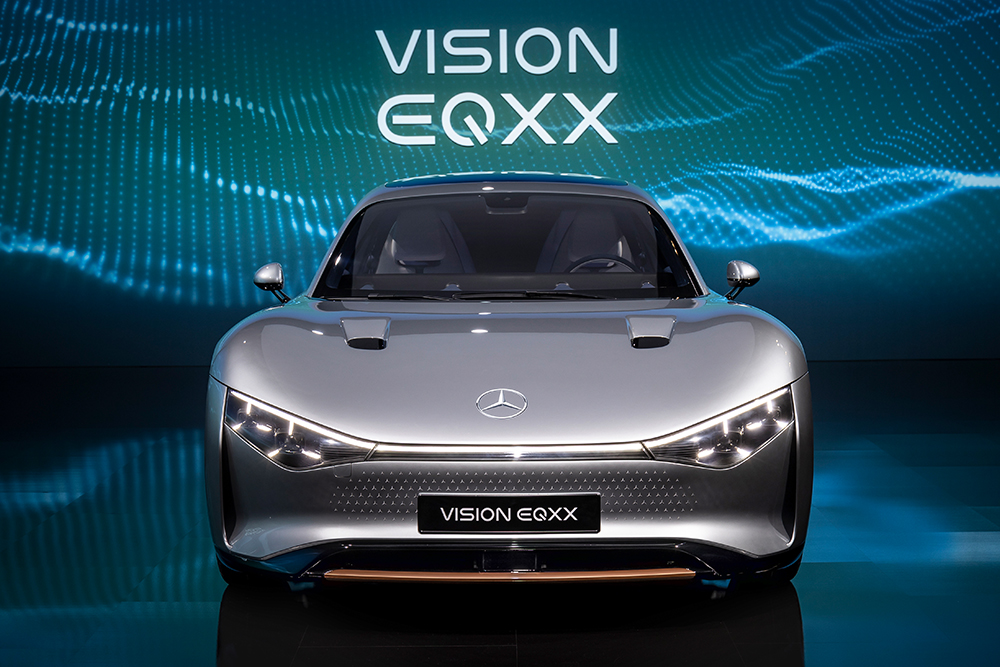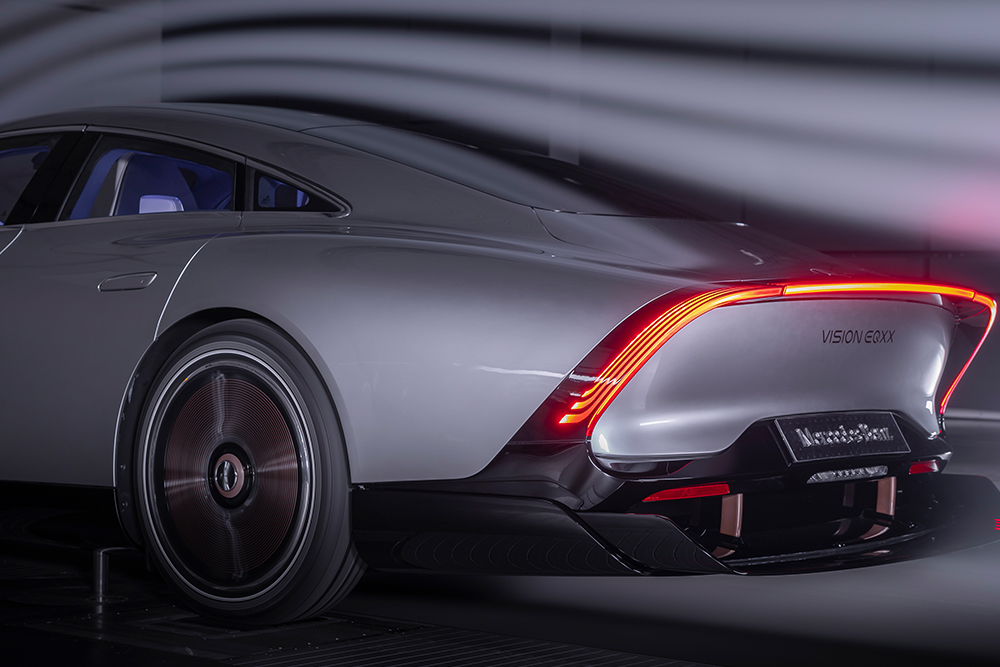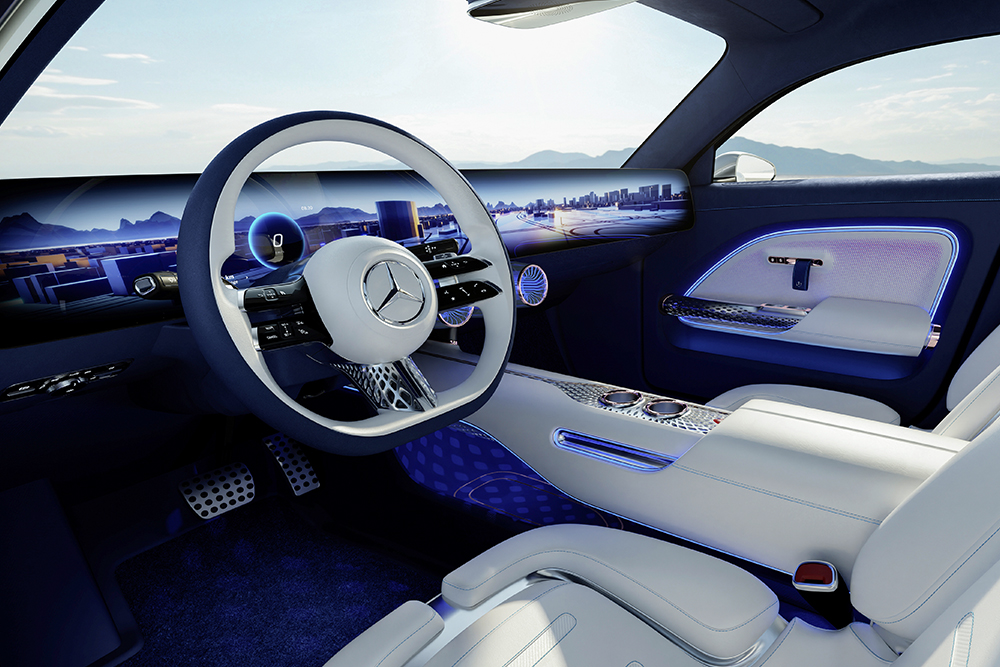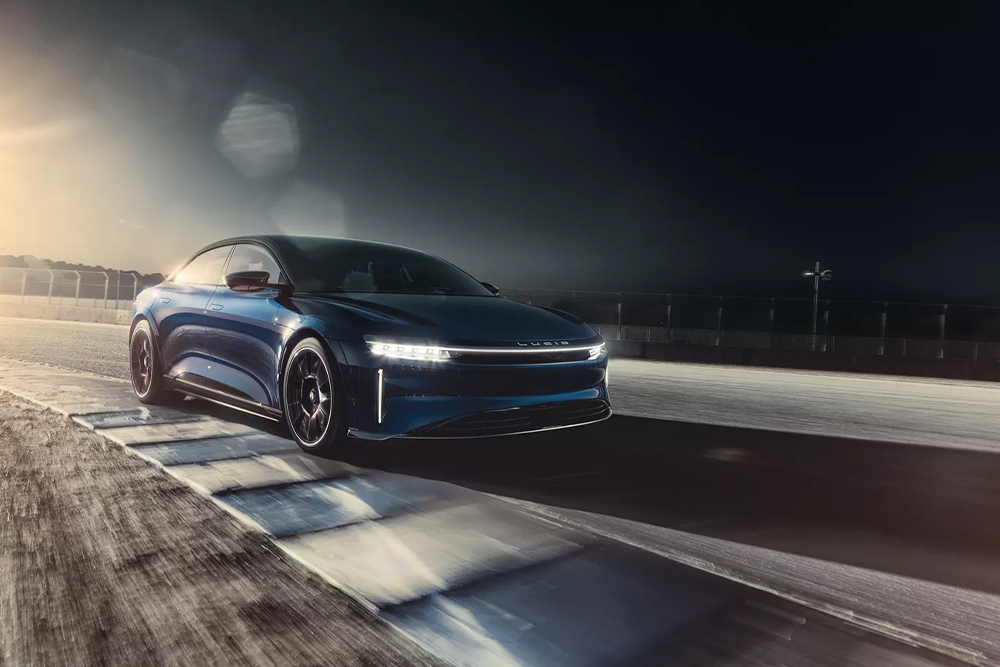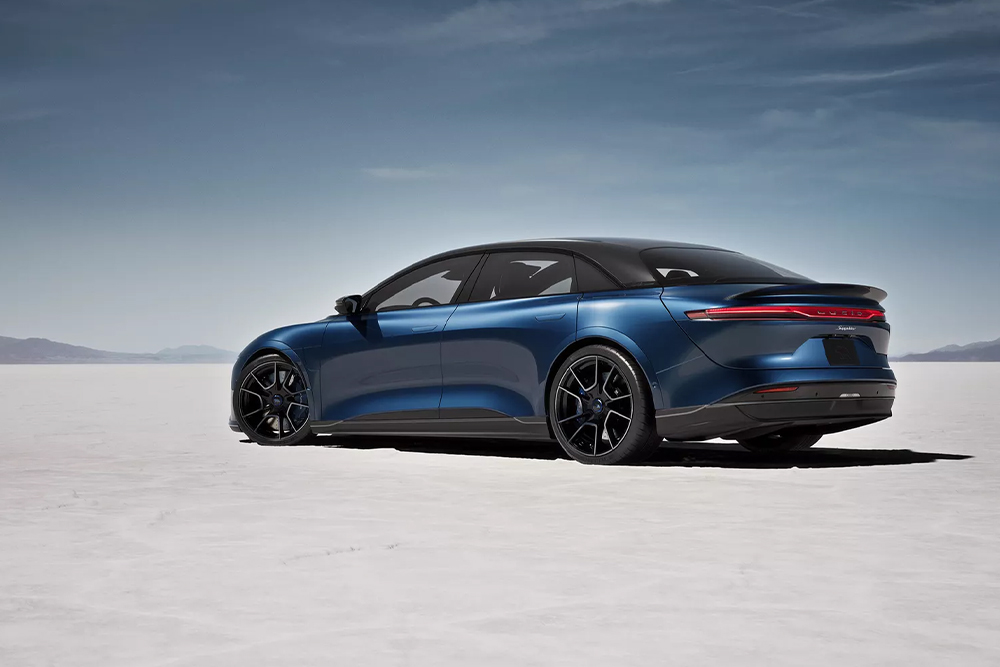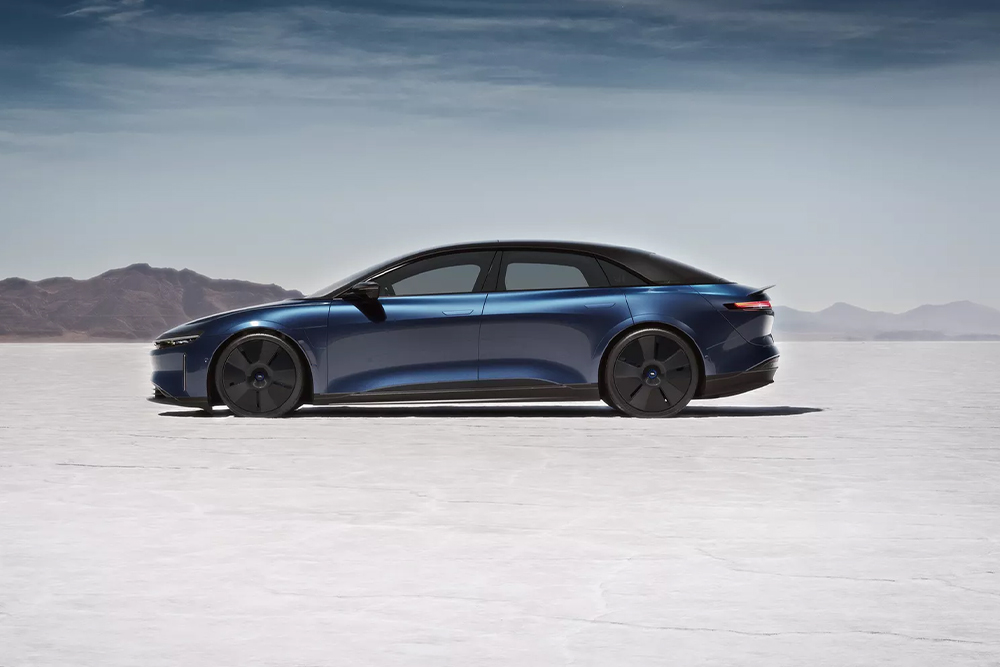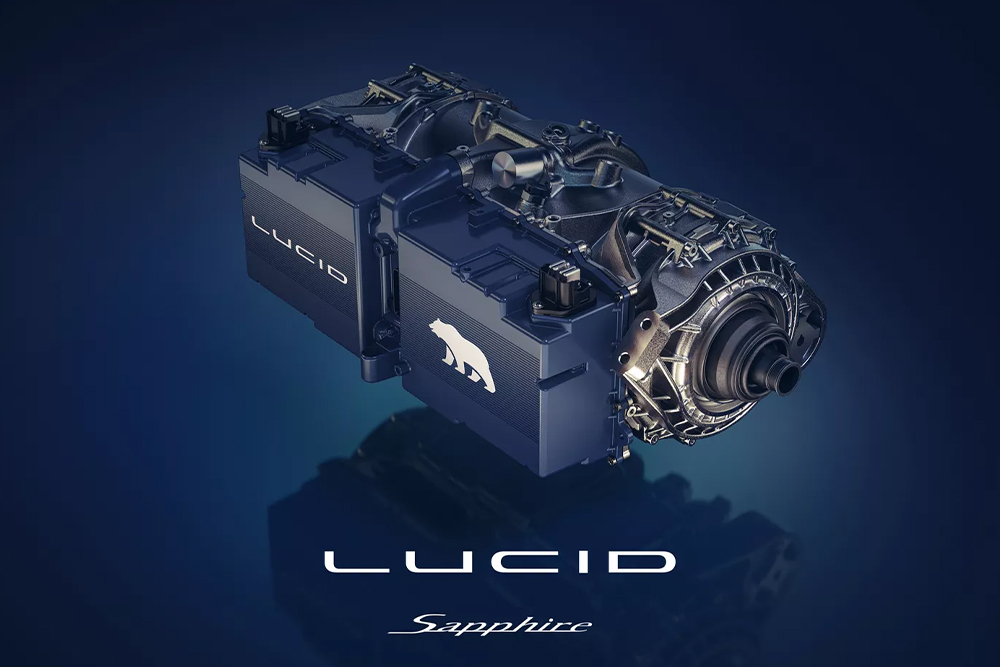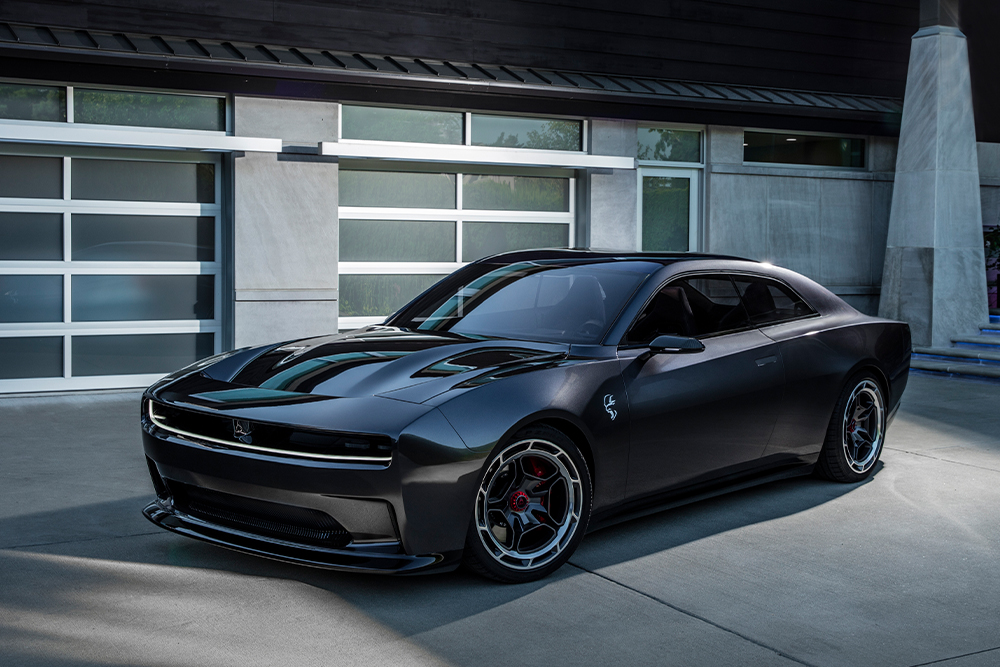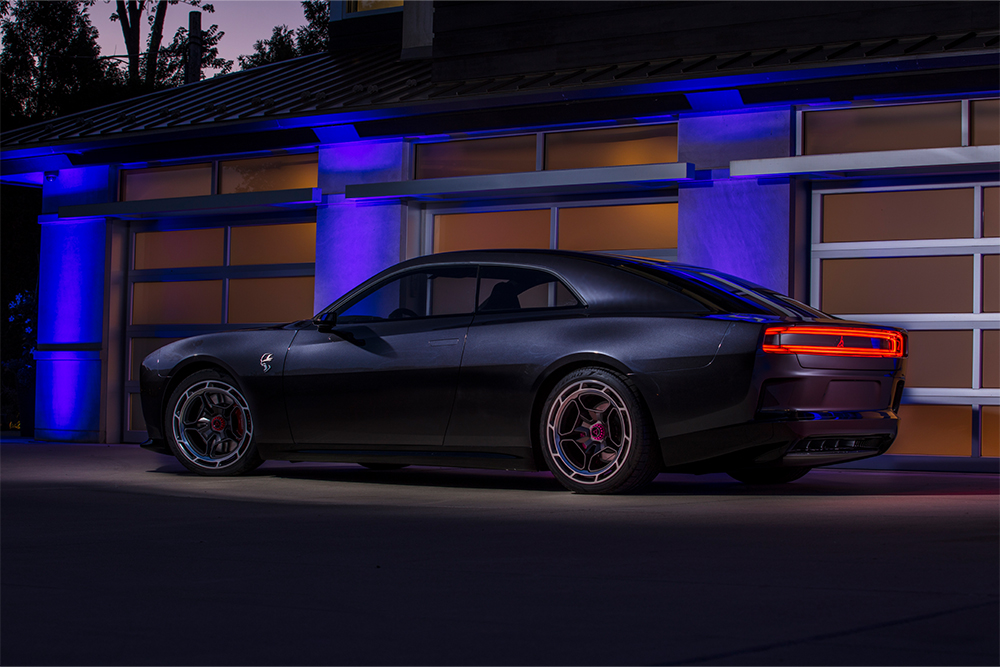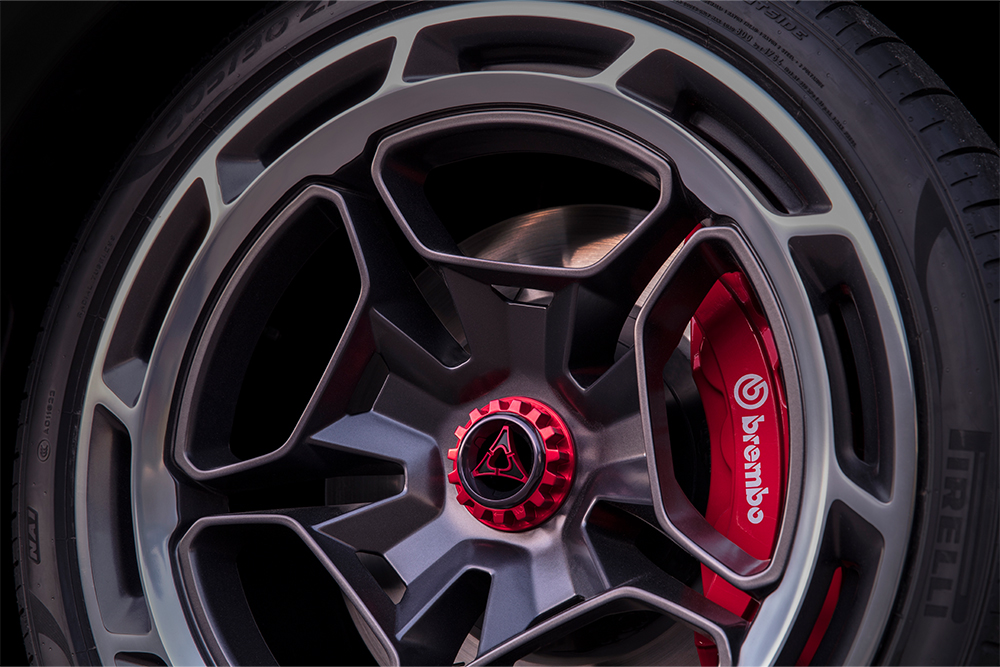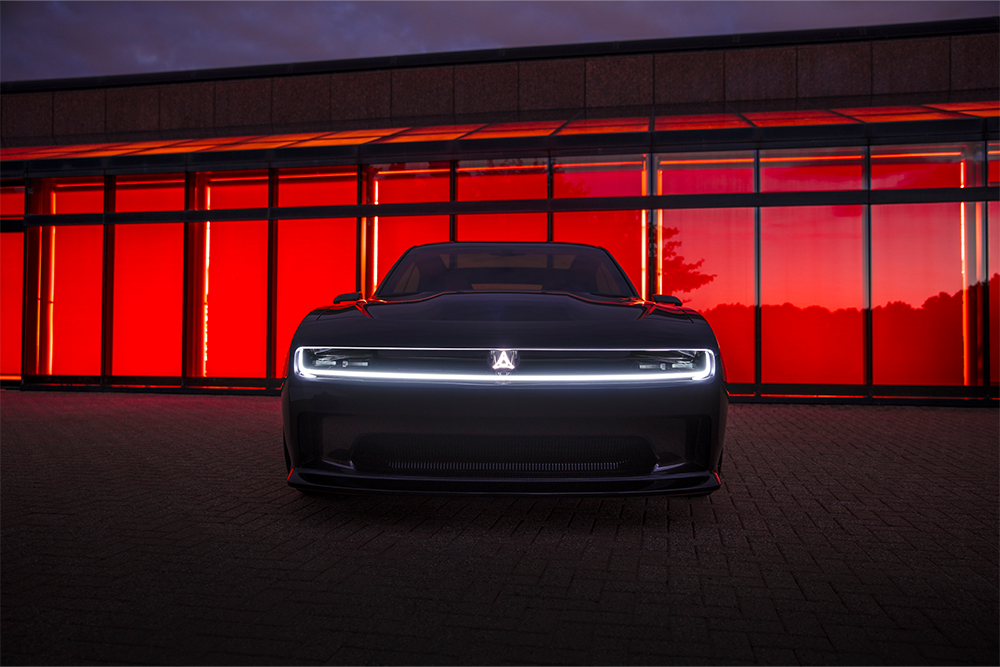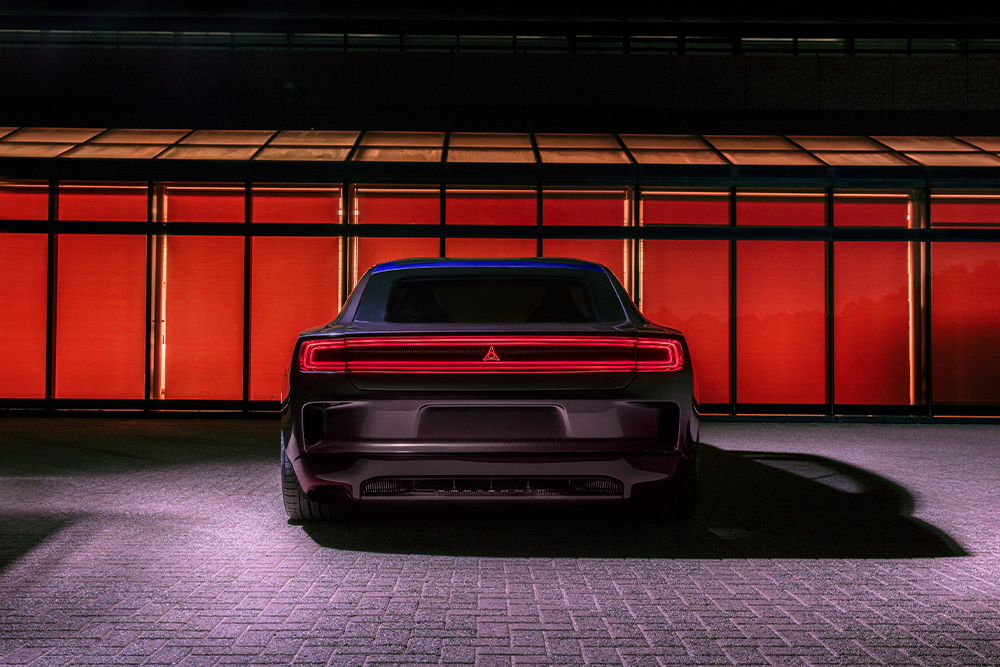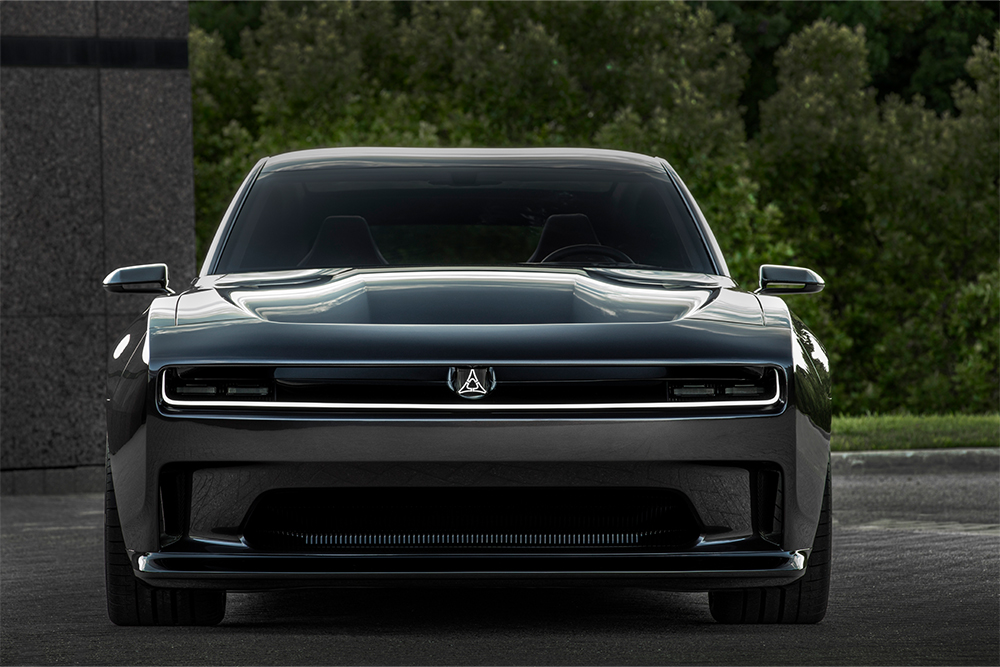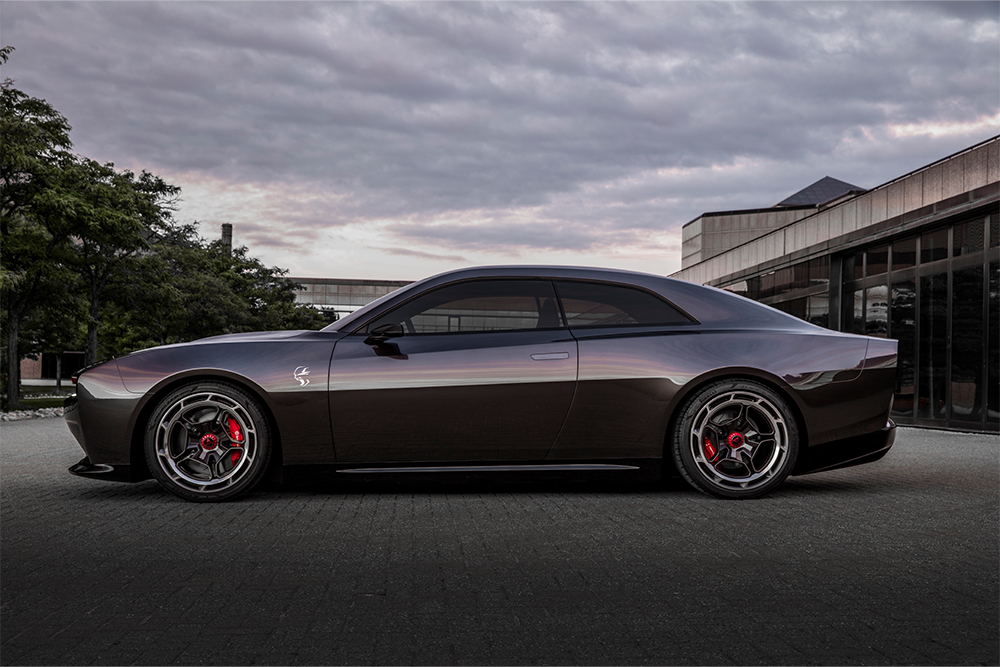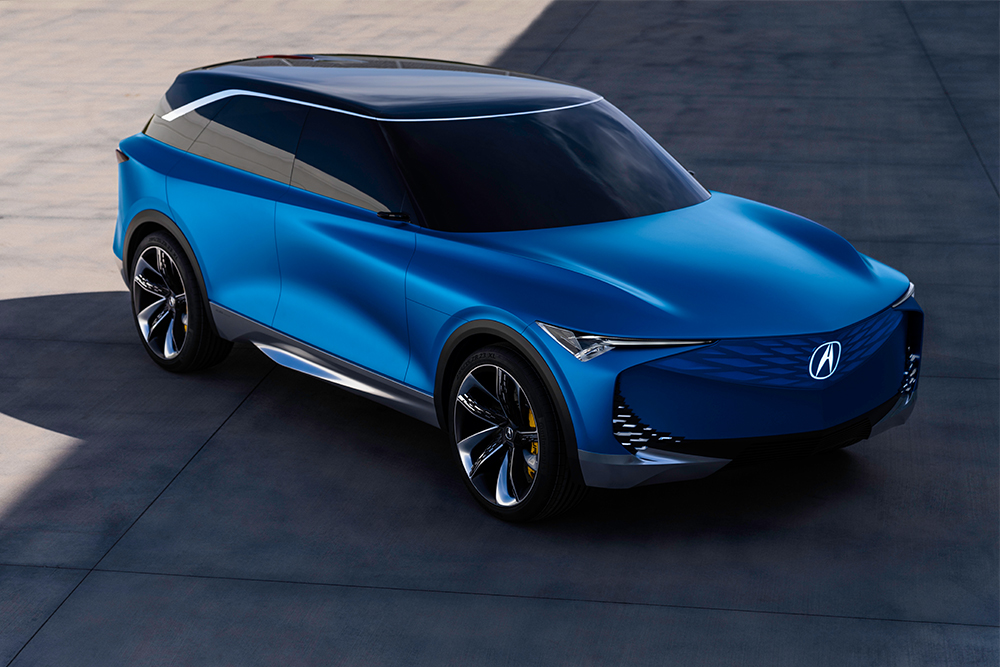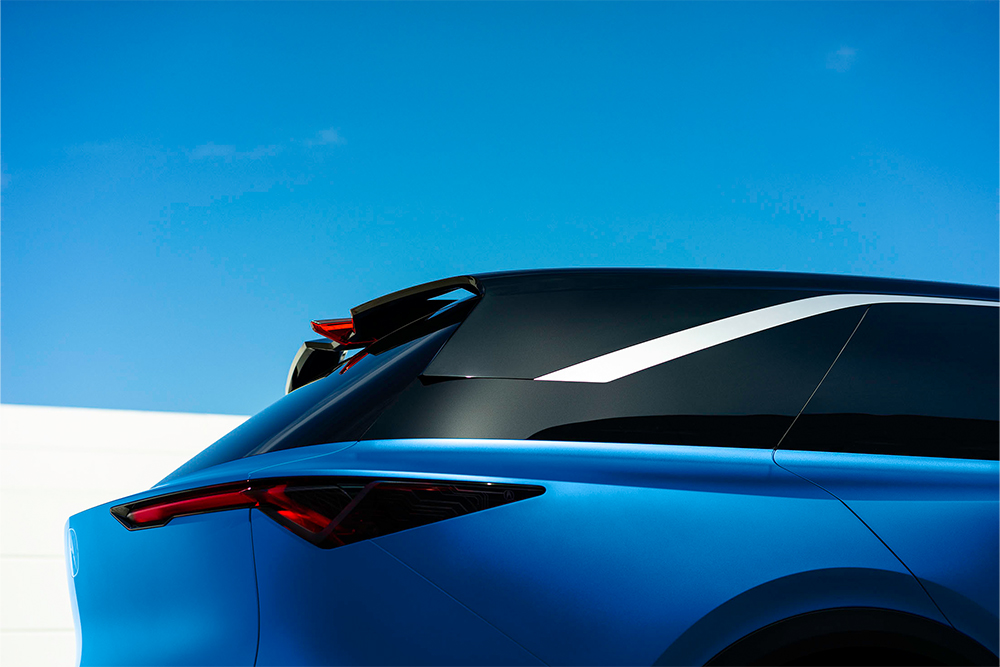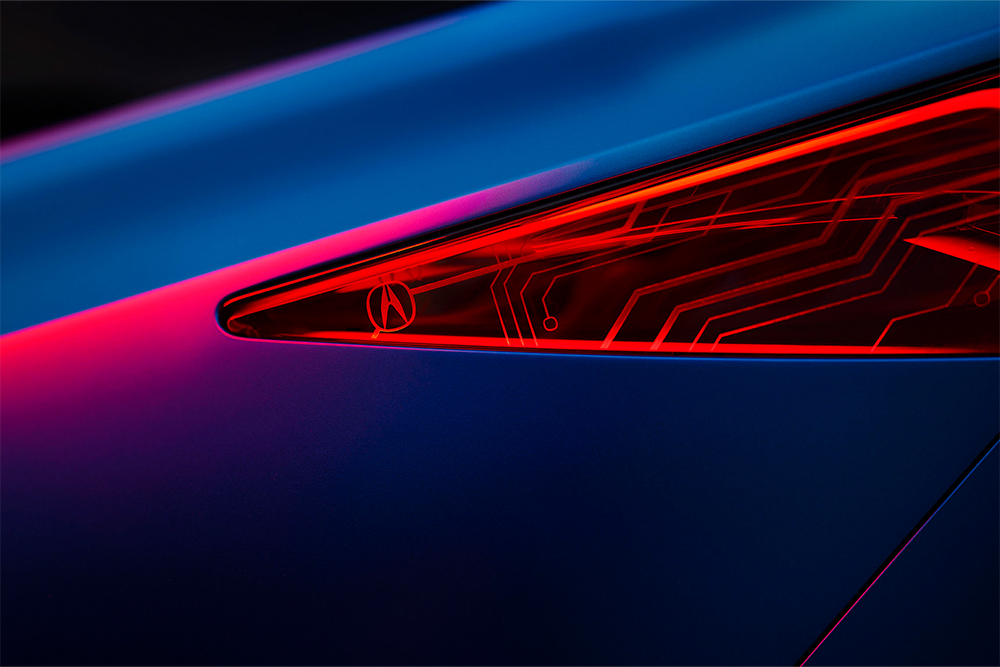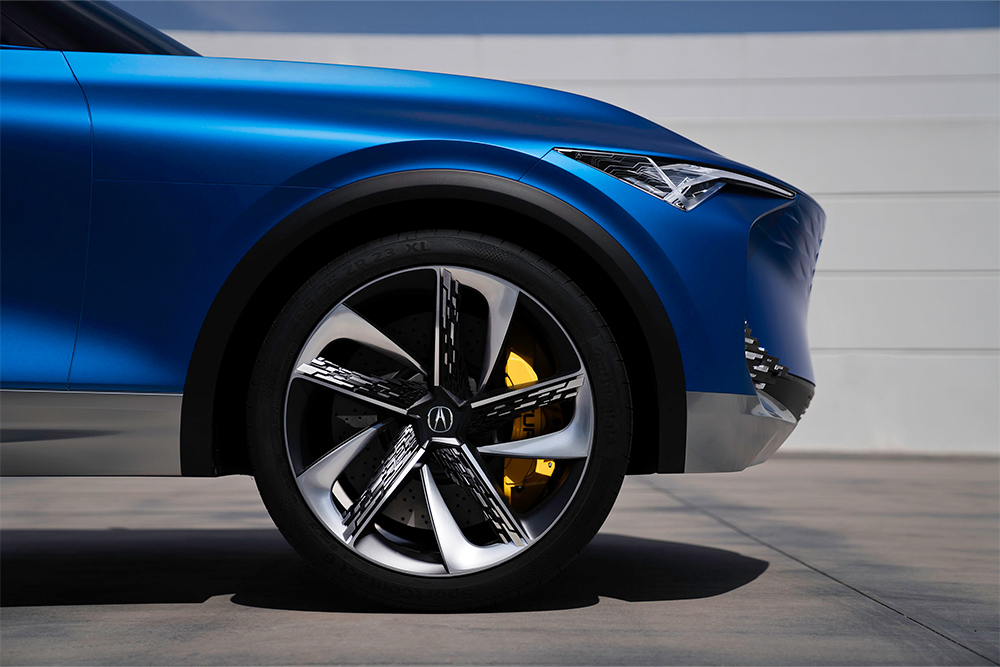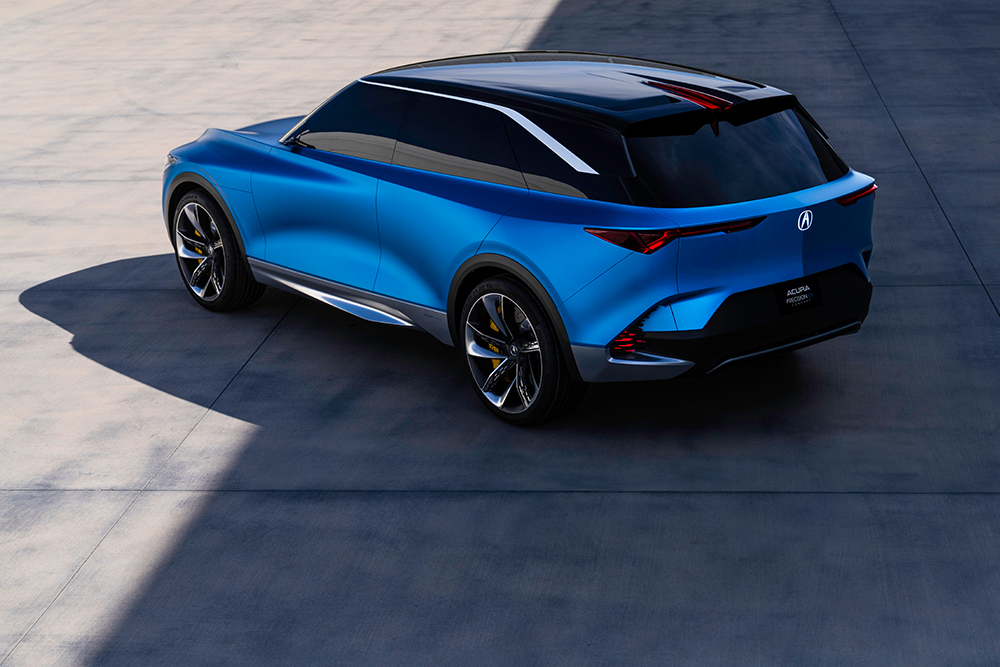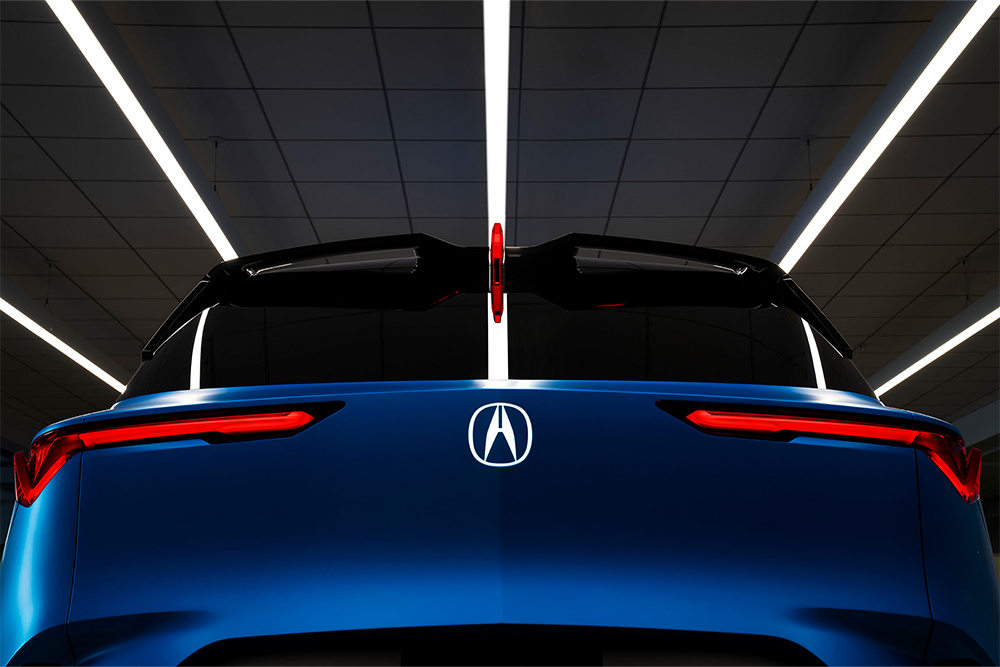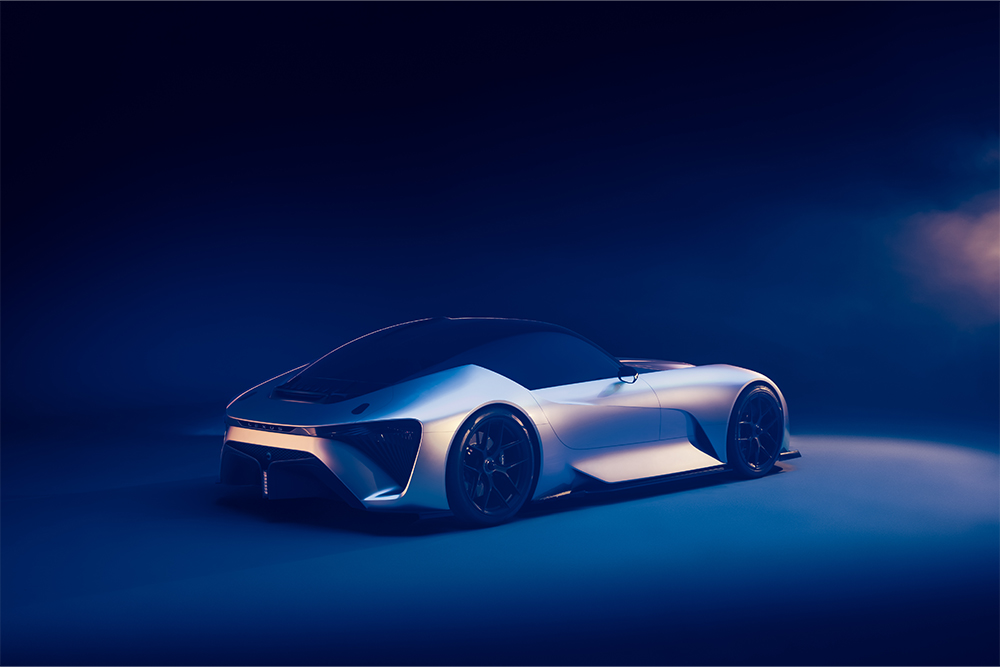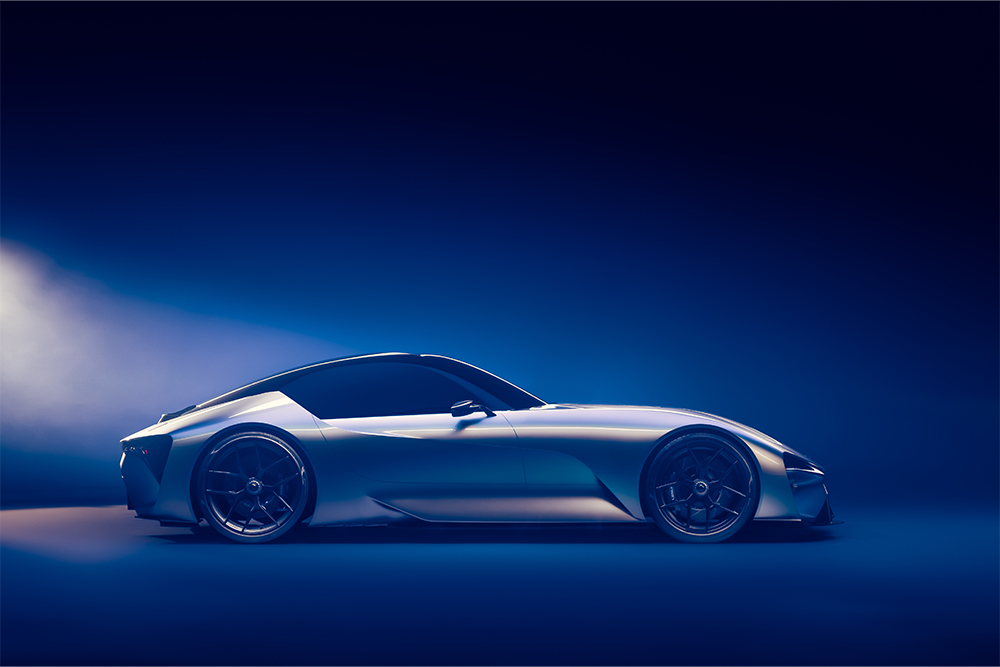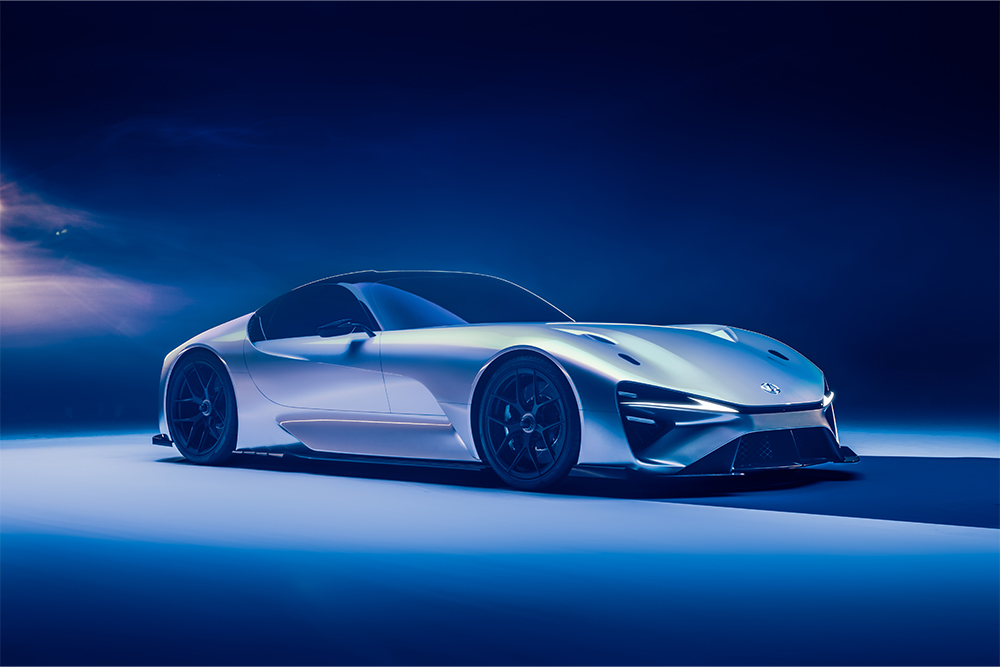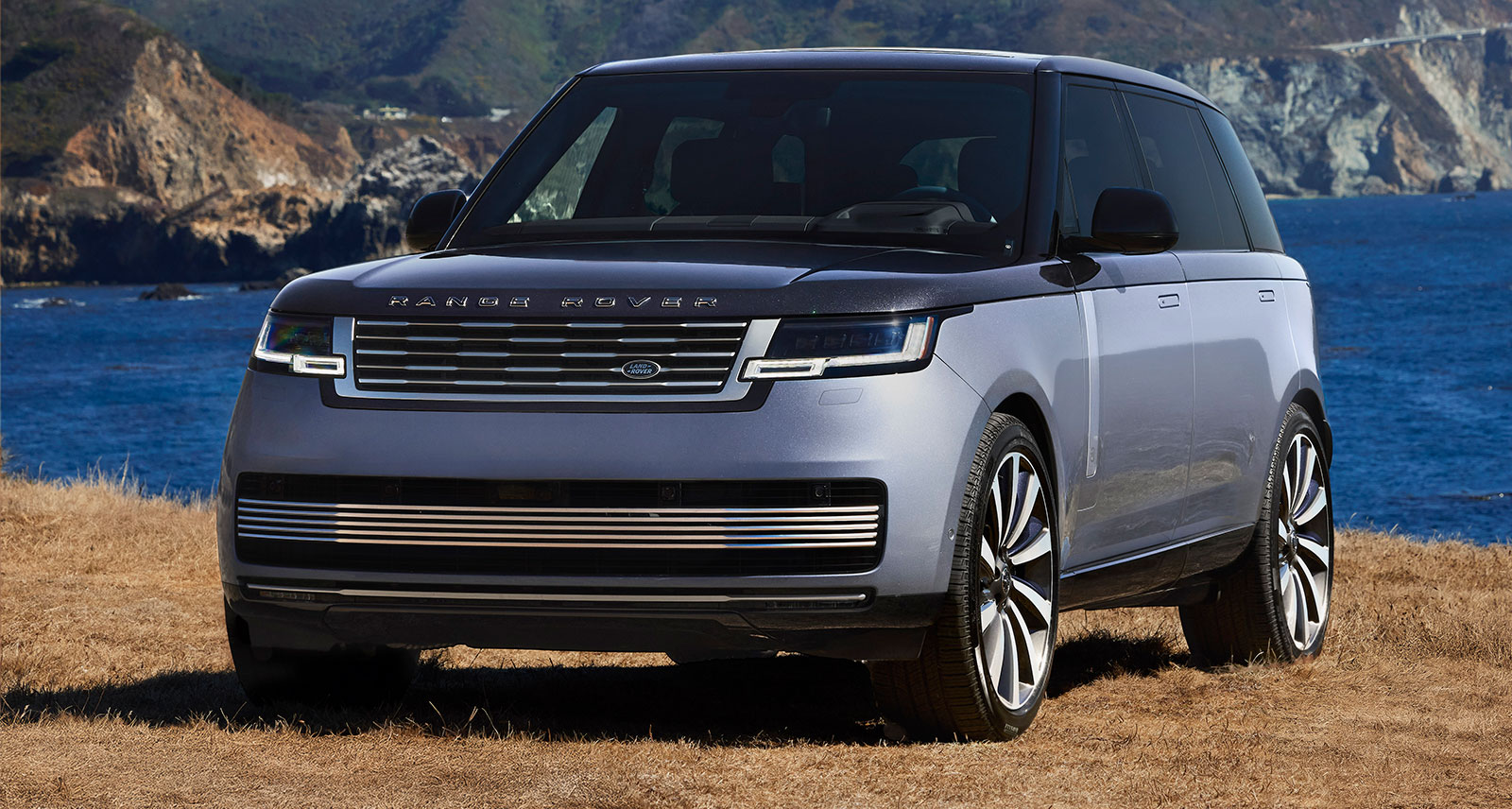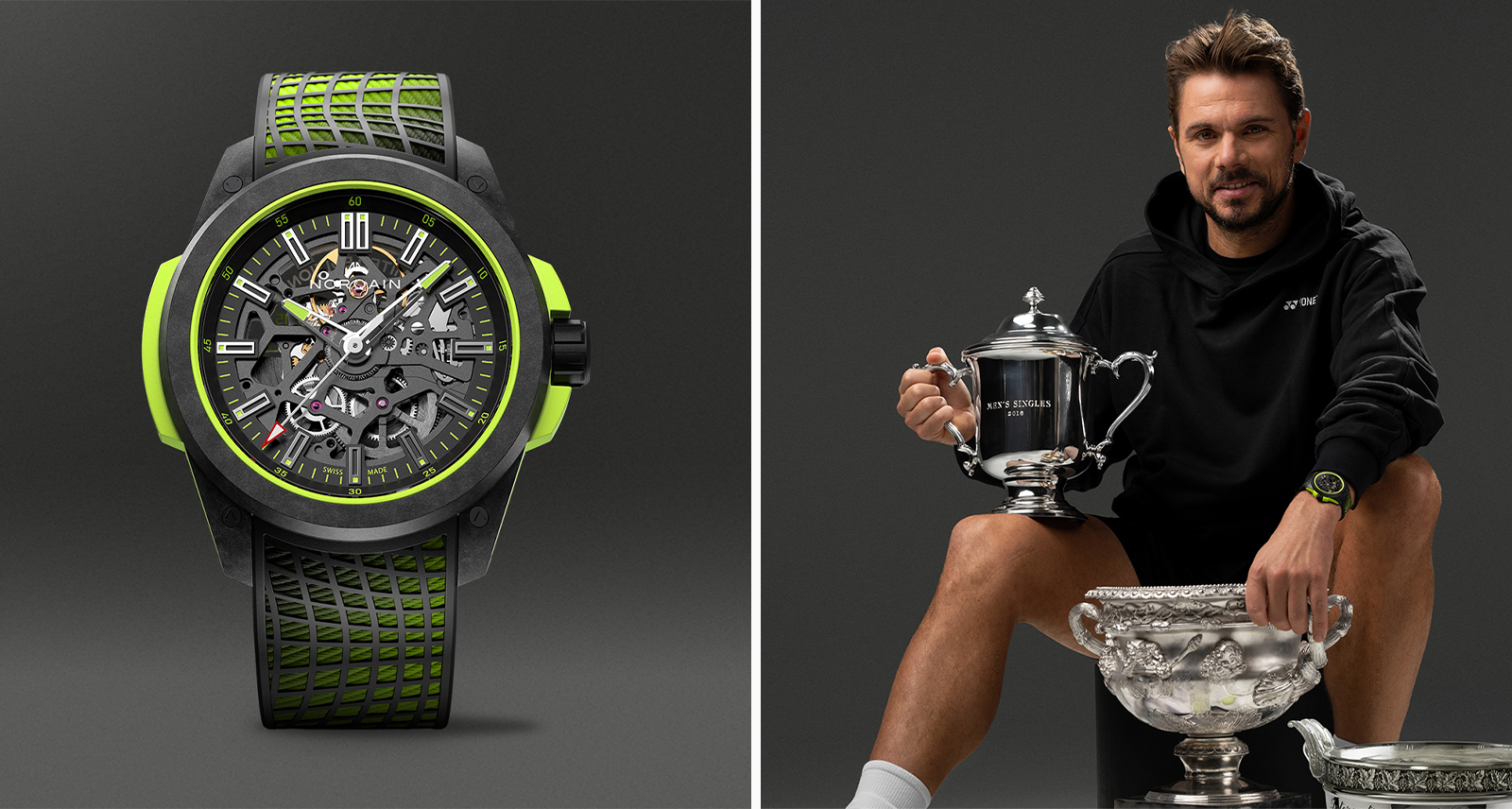The Most-Anticipated Luxury EVs of 2024
Blink and you’ll miss them! The rapid evolution of electric vehicles shows no sign of slowing down, with technology advancing at an ever-increasing rate, and futuristic EVs cornering ever more of the auto market. This year, there are some seriously heavy hitters entering the all-electric fray — with fan-favourites including the G-Class, Macan, and Range Rover swapping gas for batteries — as well as a couple of compelling models from several up-and-coming brands. Dive into your deep pockets, drivers. You’re about to be spoiled for choice.
Mercedes-Benz EQG
Yes, this is the year. The all-electric, quad-motor G-Wagon will (finally!) be unveiled in 2024. It may be battery-powered, but Mercedes’s engineers have assured us that this is still the same ladder-frame luxury truck with military roots we all know and love. Plus, it’s Schöckl-tested — having conquered the towering Austrian mountain where every new G-Class must prove its mettle.
Volvo EX90
The Swedes take safety seriously. An on-board LiDAR sensor (think: laser radar) can detect small objects and potential obstacles from hundreds of metres ahead of the vehicle, in real-time, during day or night. The whole car has been designed and built with a focus on reducing its cradle-to-grave carbon footprint, which makes this flagship SUV even easier to love.
Audi Q6 e-tron
This is an all-new, next generation EV from Audi. It rides on the same cutting-edge platform as the Porsche, so expect more range and better efficiency from the Q6 than previous Audi models. It’s smarter too, with a new intelligent voice assistant that the brand says is always learning, and has the ability to control vehicle functions, learn from your routines, and make predictive suggestions.
Porsche Macan EV
If it drives anywhere near as well as the Taycan, Porsche’s sophomore EV will be a hit. As you might expect, the company was aiming to create the “sportiest model” in the electric SUV segment. To that end, dual motors produce up to 630 horsepower, which is enough to get this compact machine from 0 to 100 km/h in just 3.3 seconds. Still, practicality remains top of mind, with Porsche making room for a “frunk” (front trunk) cargo area.
Jeep Wagoneer S
Jeep’s first EV will have an LED-lit take on the brand’s iconic seven-slot grille. Also 600 horsepower — which will be good enough to get this behemoth to 100 km/h in around 3.6 seconds. Underpinning all this is a new architecture, developed from the beginning to accommodate electric powertrains. But the silence afforded by electric power will make it even easier to appreciate the SUV’s exclusive 19-speaker McIntosh audio system.
BMW I5 Touring
Dare to dream. Could this be the first electric station wagon in Canada? There’s no guarantee this one comes to our shores, but we hope it does. For one thing, we’ve got a soft spot for station wagons. For another, can you imagine a better jack of all trades family car? The i5 wagon looks even more handsome than the sedan.
Acura ZDX
The first proper EV from Acura will arrive this spring, and it looks as though the brand has gone all-in on battery power. In top-spec Type S trim, it’ll have 500 hp and a price of around $90,000. “The all-new ZDX is just the beginning as we accelerate towards an exciting, electrified era based on our unwavering commitment to precision crafted performance,” says James Marchand, assistant vice president of Acura Canada.
Polestar 4
A car with no rear window — and the daring design touches don’t end there. Knit upholstery, an electrochromic roof, and an overall shape that’s entirely uncategorizable guarantee that this new machine will provoke questions wherever it goes. Starting at $64,900 and with nearly 500 kilometres of driving range, the newest by EV-master Polestar offers a lot to like.
Range Rover EV
It’s an all-electric Range Rover. What else do you need to know? That’s a slam dunk. At the time of writing, details are still scant, but Range Rover confirmed prototypes have undergone “one of the most rigorous engineering sign-off programs ever — to confirm capability spanning extreme temperatures, all conditions, and every terrain — and of course wading through up to 850-mm deep water.”
Lucid Air Sapphire
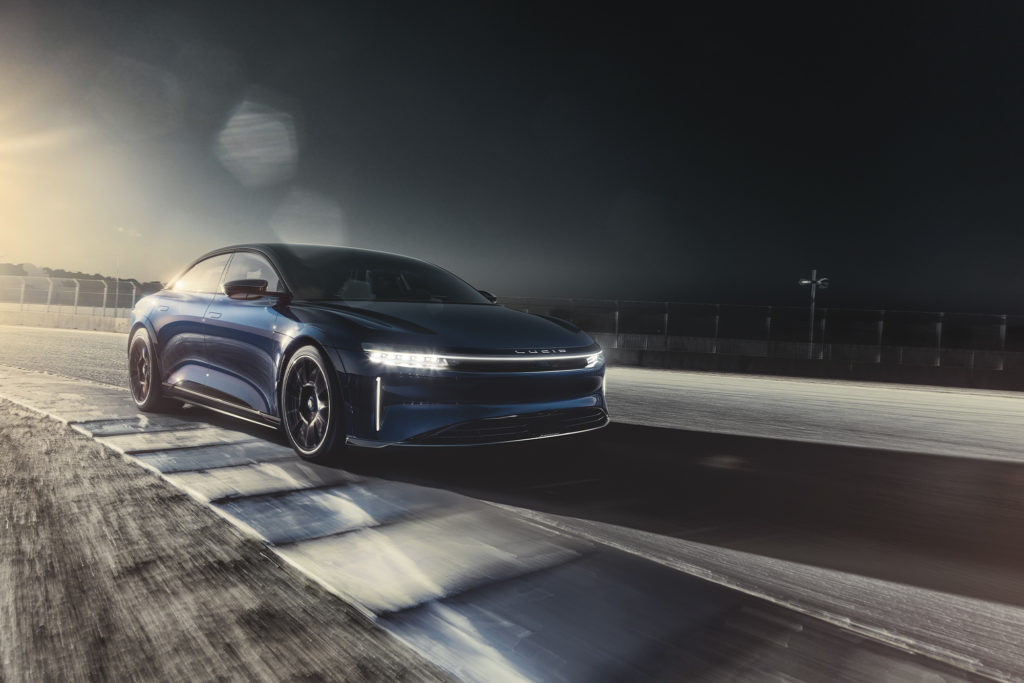
Learn More
The new Sapphire sub-brand aspires to be for Lucid Motors what M is to BMW, or AMG is to Mercedes. The Air is already a spectacular sedan, but the limited-edition Sapphire model adds a three-motor powertrain, producing over 1,200 hp and — more importantly — a track-capable chassis to match. It’ll cost $325,000, and the first deliveries are expected next year.
Porsche Taycan
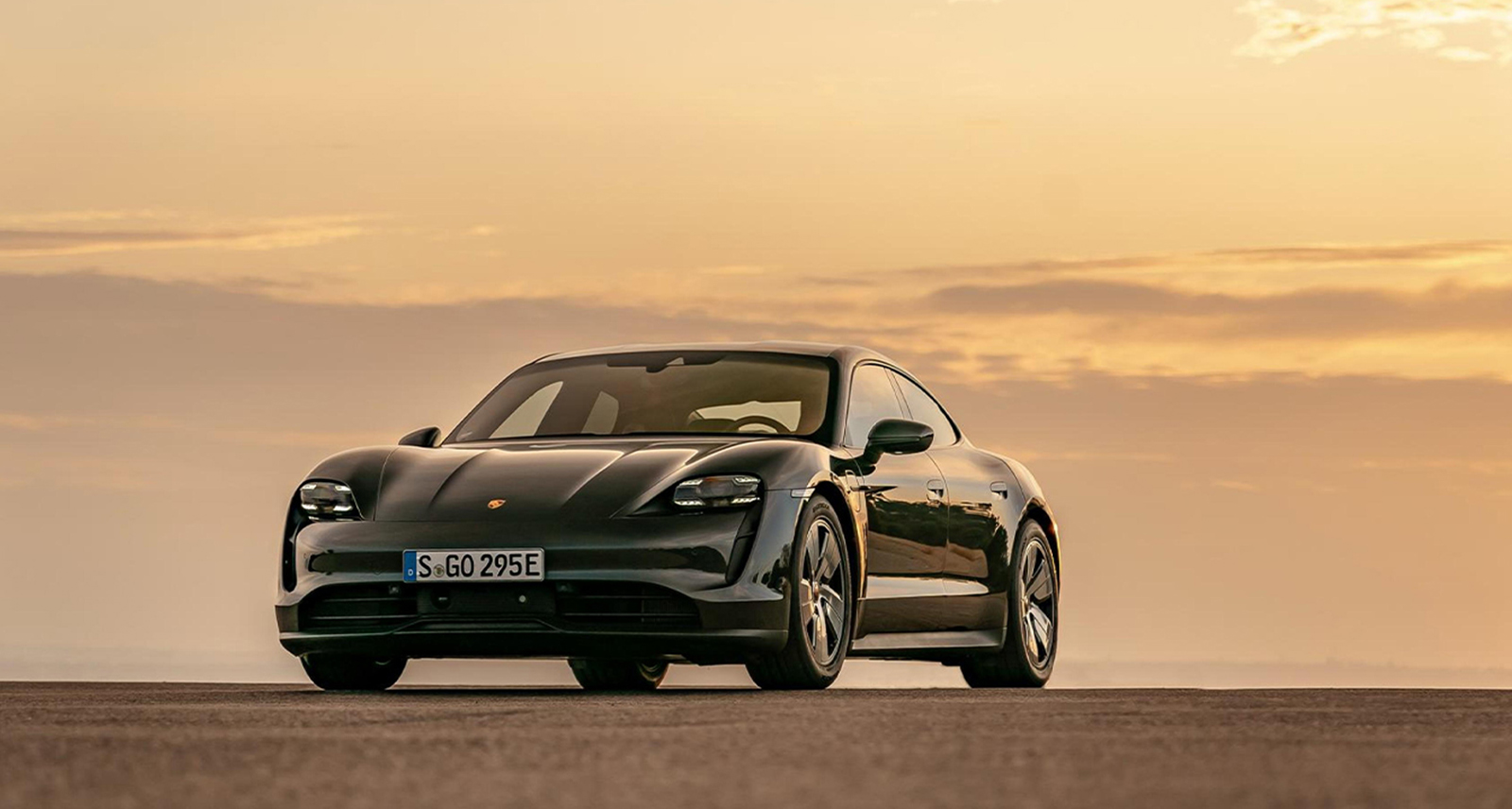
The Porsche of EVs
Fisker Ocean
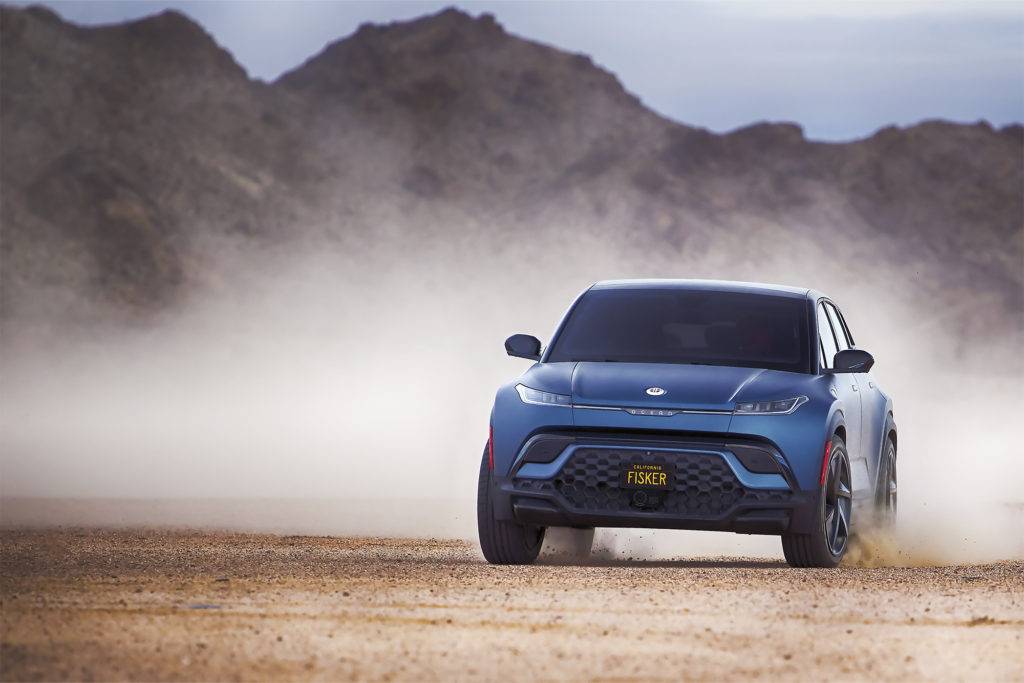
Learn More
This is Henrik Fisker’s latest automotive venture. He’s a car designer by training, so it’s no surprise the Ocean looks great, but it’s anyone guess if this will actually make it into production. The specs look excellent, though: the base model offers 400 km of range at a price of $43,999.
Hyundai Ioniq 6
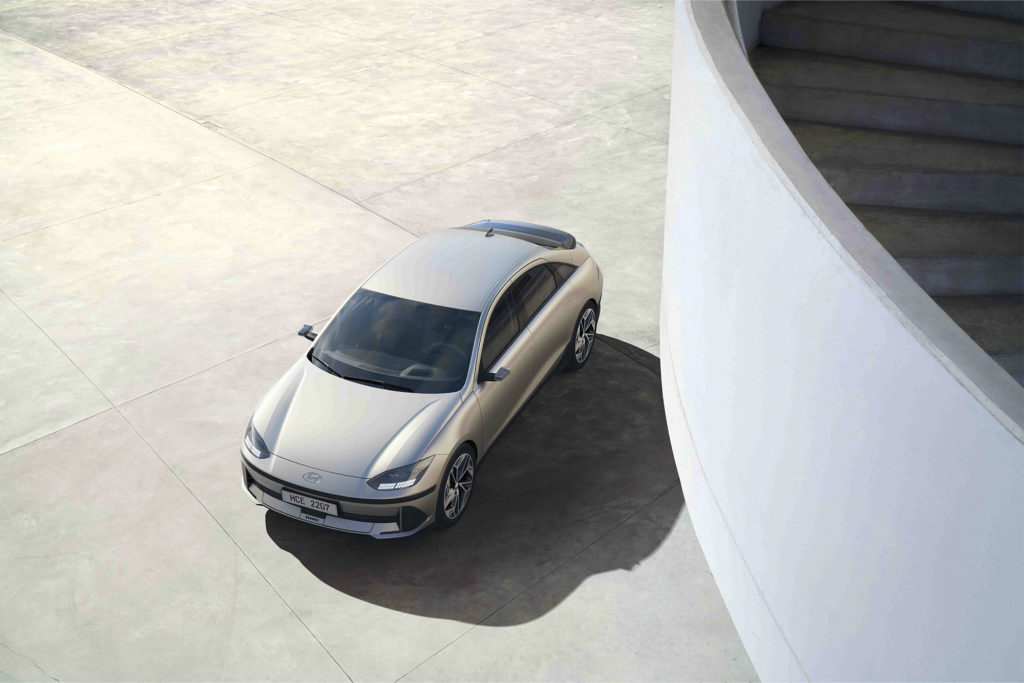
Learn More
Normally we wouldn’t be too bothered about a new Hyundai, but the Ioniq 5 was one of the most enjoyable EVs we’ve ever driven. Naturally, we’ve got high hopes for the follow- up. The 6’s unusual, aerodynamically slippery design means it should have even more driving range than the 5.
Tesla Cybertruck
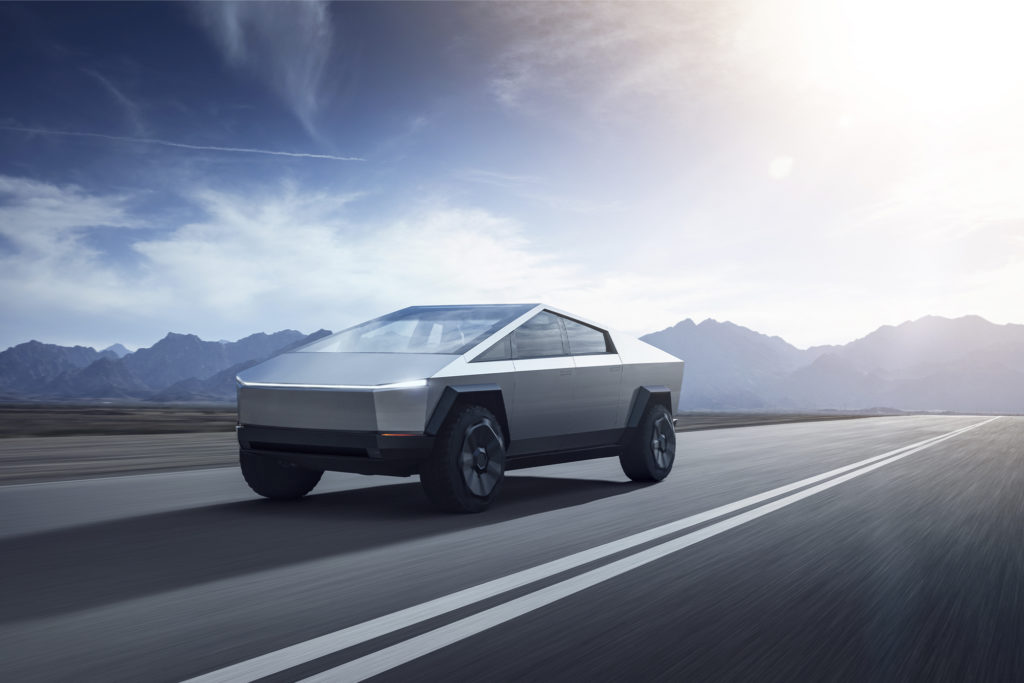
Learn More
Just like everyone else, we’re wondering when (if?) this much-hyped behemoth will actually hit the road. Tesla hasn’t been having the best of times since Musk shifted his energy, focus, and remaining flecks of sanity towards imploding Twitter, and one has to wonder how much all of that will impact the future viability of the once beloved EV brand.
Polestar 6
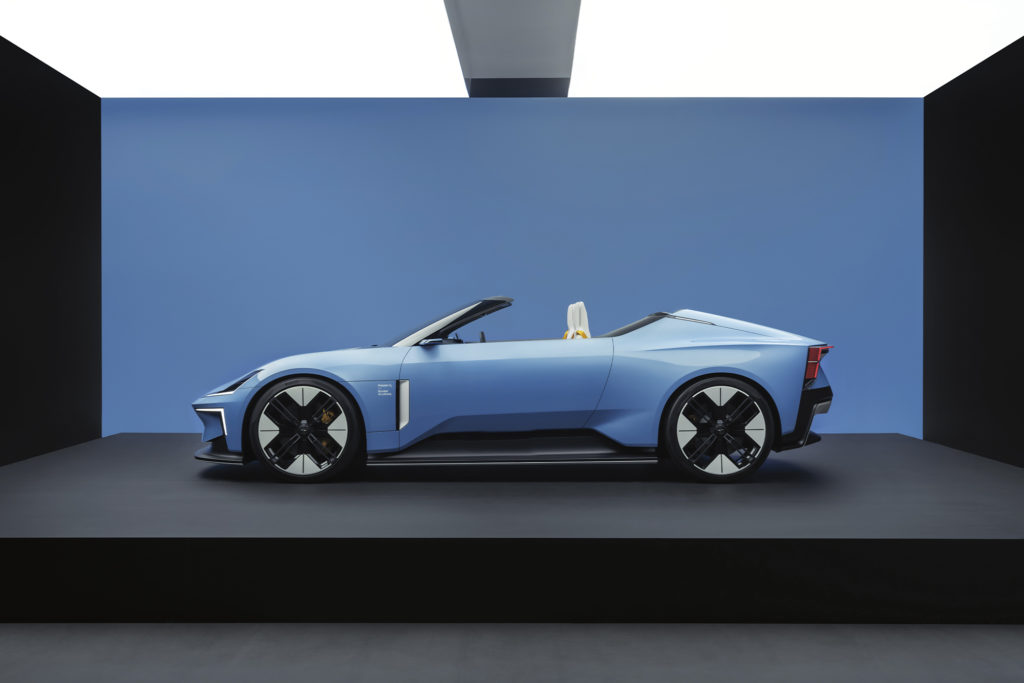
Learn More
Electric convertibles are a very rare breed, so we’re glad to see that Polestar will put its O2 drop-top concept into production as the Polestar 6. It’ll be underpinned by the same next-gen electric powertrain as the Polestar 5, and is expected to launch in 2026.
Polestar 5
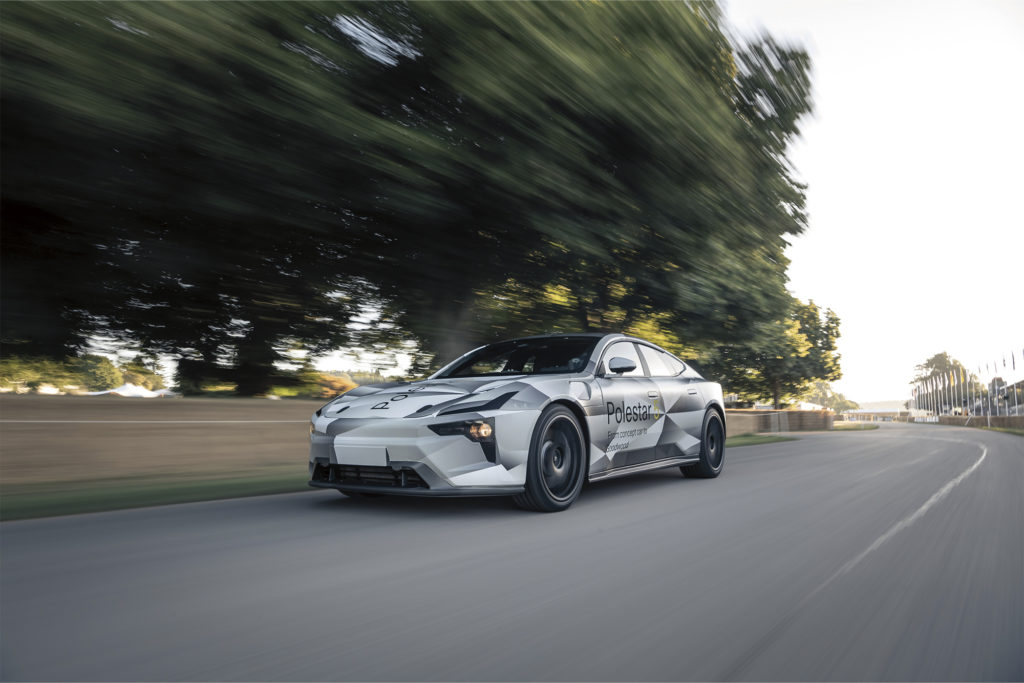
Learn More
Earlier this year, the young Swedish EV brand ran the Polestar 5 up the hill at the Goodwood Festival of Speed. We have high hopes for this next-gen fastback, which is slated to launch in 2024. The company’s head of R & D said the 5 will bring “lightweight, high-rigidity sports car chassis technology into mass production.” It’ll be powered by a new all-electric drivetrain, cranking out up to 884 hp.
Polestar 3
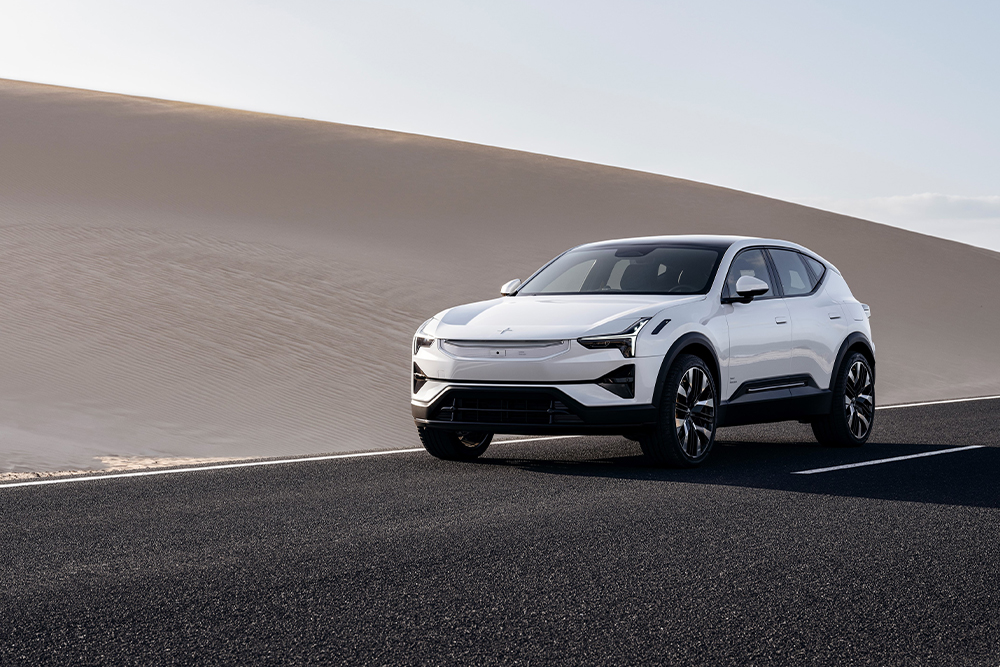
Learn More
Polestar’s had an absolute blockbuster year, with booming sales, spicy concept cars, its first Super Bowl ad, and an IPO. For drivers, however, the big news is this: the brand’s first SUV is coming in 2023. Not only will it have a WLTP-rated range of over 600 km, it’ll also offer an “autonomous highway piloting” feature, enabled by LiDAR (radar, but with laser beams). “With this car, we bring the ‘sport’ back to the SUV, staying true to our performance roots,” explains Polestar CEO Thomas Ingenlath.
Porsche Mission R
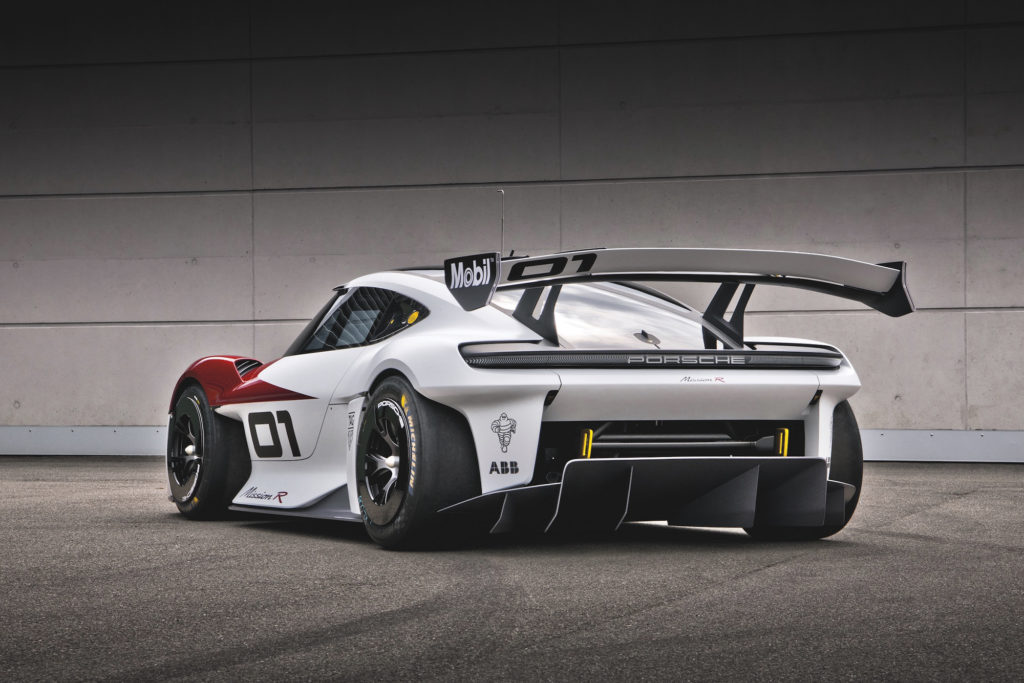
Learn More
When it was presented at last year’s Munich auto show, it was pretty clear to everyone in attendance that this concept is an early look at an all-electric successor to the Porsche 718. Not since the OG Tesla Roadster has any brand tried to make a small, light, electric sports car. We’re imagining an even more nimble Taycan, with more handling finesse and feel. This could be the change the sports car world needs right now.
Mercedes-AMG EQE 53
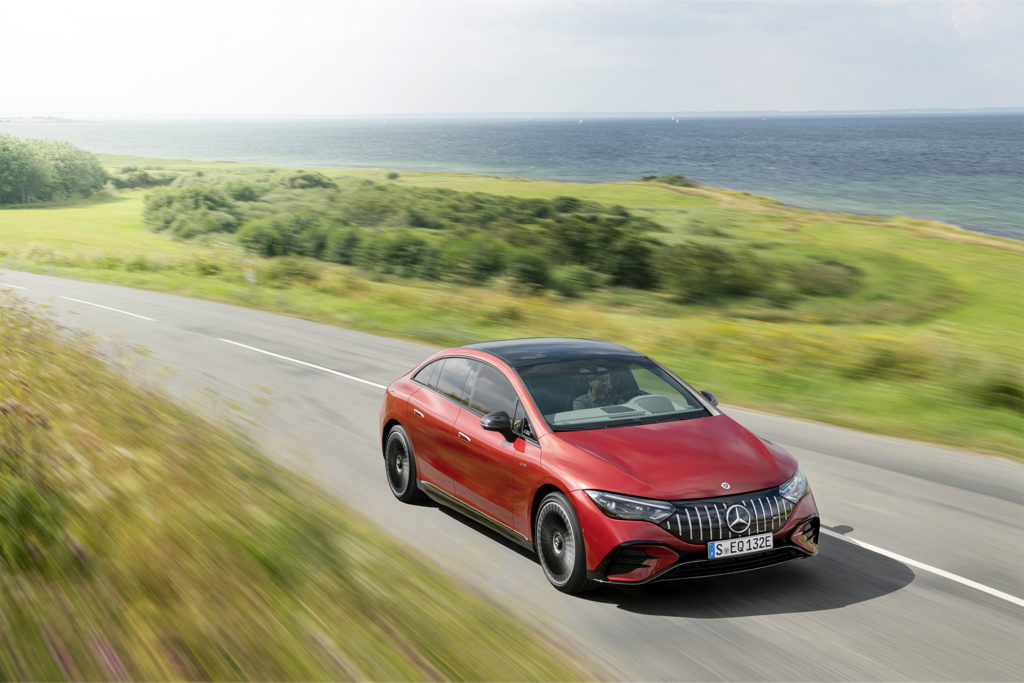
Learn More
New EVs from Mercedes are coming thick and fast these days, and it can be hard to keep up, but we got you. The AMG EQE 53 4Matic+ will be Benz’s most performance-oriented EV when it goes on sale in Canada towards the end of 2022. It’s a dual-motor sedan, with 677 horsepower, and a (WLTP-estimated) range of around 500 km. Think of it as an electric alternative to the fuel-burning E53 AMG. If you’re looking for a fast EV with a little more cabin space, AMG also has a high-power version of the full-size EQS sedan in the works too.
Lexus RZ
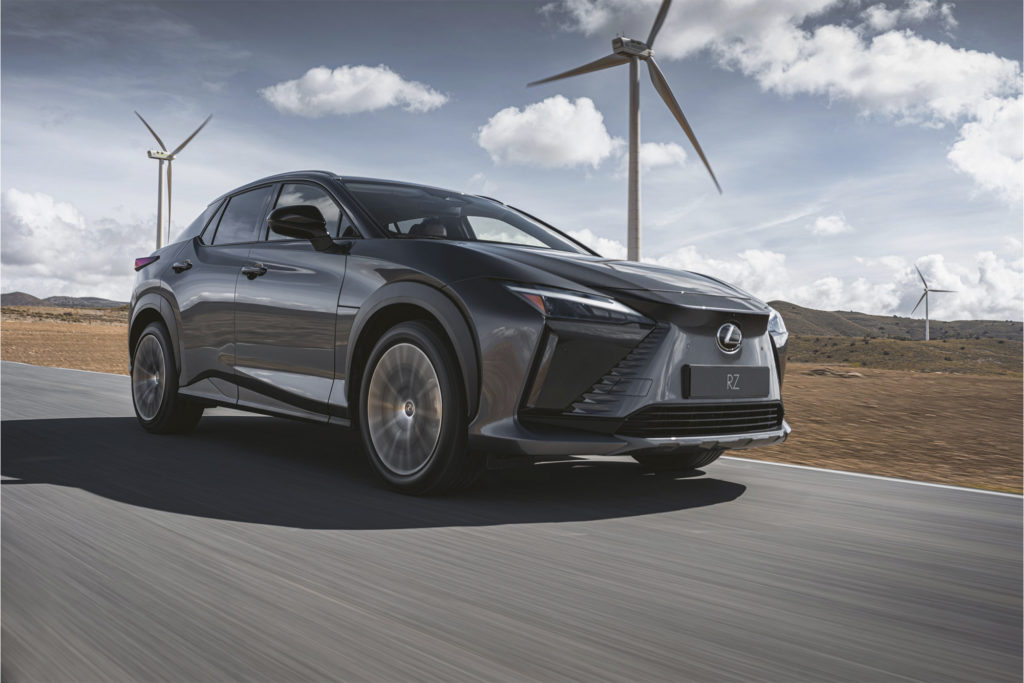
Learn More
Lexus has been making hybrids since 2005, but it has yet to make a purely battery-powered car. The 2023 Lexus RZ 450e will fix that, spearheading the brand’s EV push. The company is estimating range at 362 kilometres, which won’t grab headlines, but the RZ should impress in other ways, namely the rock-solid quality and stellar customer service Lexus is known for.
BMW i7
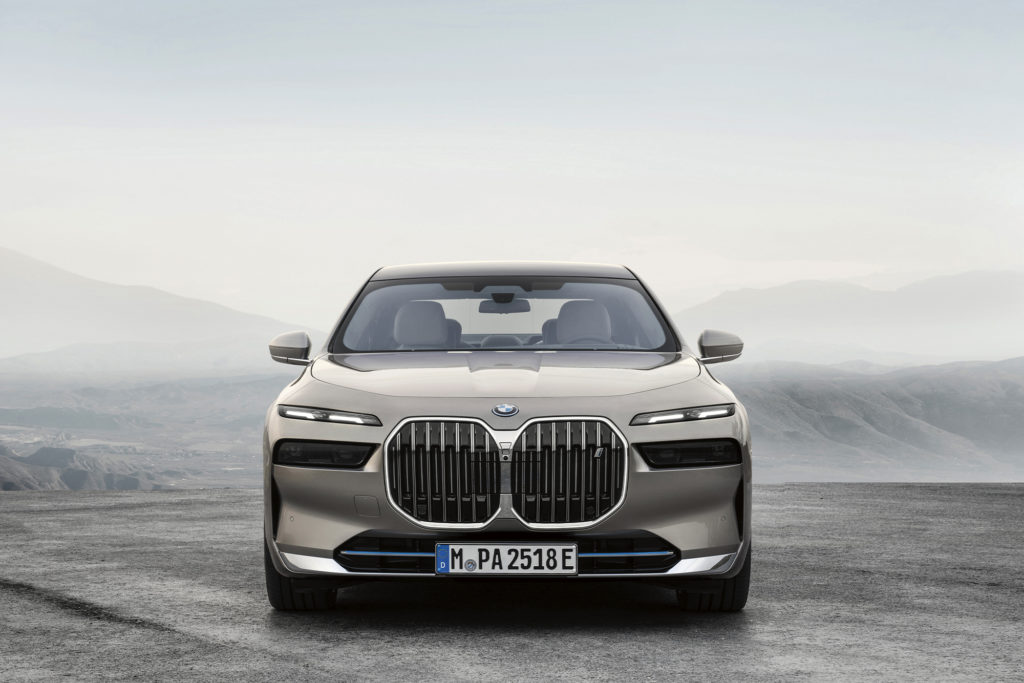
Learn More
The 7 Series has been BMW’s flagship for 45 years, and always an obvious choice for chancellors and CEOs, but there’s never been an electric one. Not until now. The i7 promises around 500 km of EPA-rated range, and ushers in a radical new look for the brand’s flagship. Plus, it’s stuffed with all the luxury and tech features BMW knows how to cram into a car, including heated armrests, a level 3 driving assist, and a giant 31-inch panoramic screen that drops down from the roof to entertain rear-seat passengers.
Rivian R1S
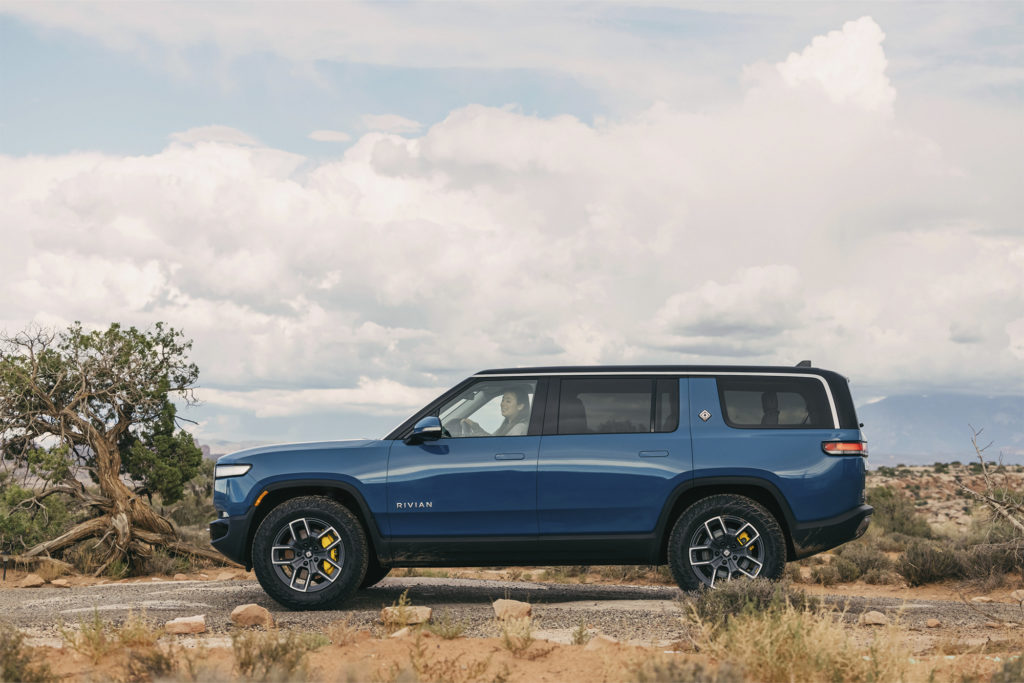
Learn More
The launch of Rivian’s first model — the R1T pickup — got off to a rocky start. Production has been slow, and supply chain issues certainly haven’t helped, so most of the 90,000 people who reserved a Rivian are still waiting. Deliveries of the R1S SUV should have started in the U.S. by the time you read this, so we’d guess Canadian deliveries will finally happen in 2023. Based on everything we know, it should be well worth the wait.
Meyers Manx 2.0
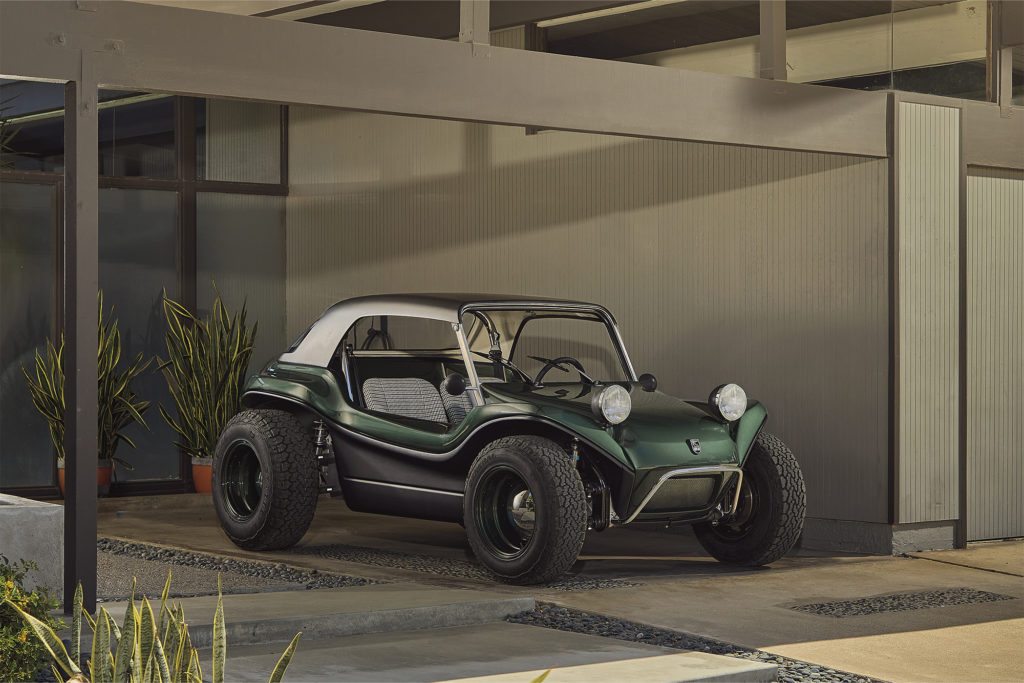
Learn More
In its heyday, throughout the 1960s and ’70s, the original Manx dune buggies were driven by everyone from Elvis to Steve McQueen, and raced to victory in the inaugural Mexican 1000 rally. The new Manx 2.0 looks nearly identical, except it’s all-electric. It’ll be assembled in California; the first customers slated to get their buggies in 2023.
Volkswagen ID.Buzz
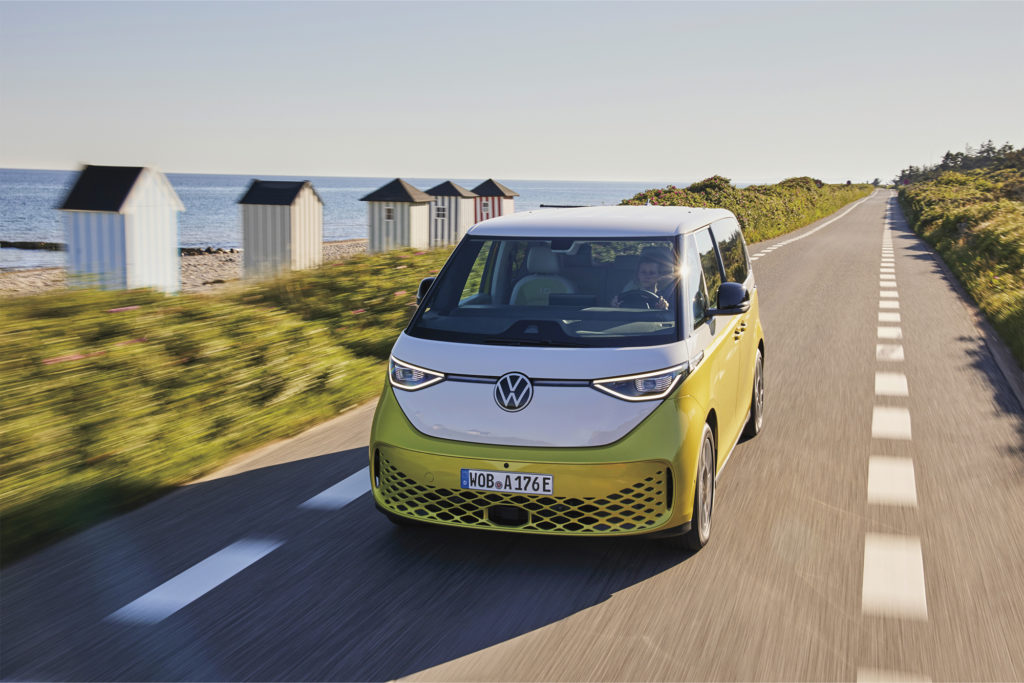
Learn More
The hype for this one is huge. VW is bringing back the iconic Bus as an EV with a silly name. The ID. Buzz will arrive in Canada in 2024, with three rows of seats and your choice of rear- or allwheel drive. Pre-orders start in 2023, and you’d be wise to get yours in early.
Lincoln Star
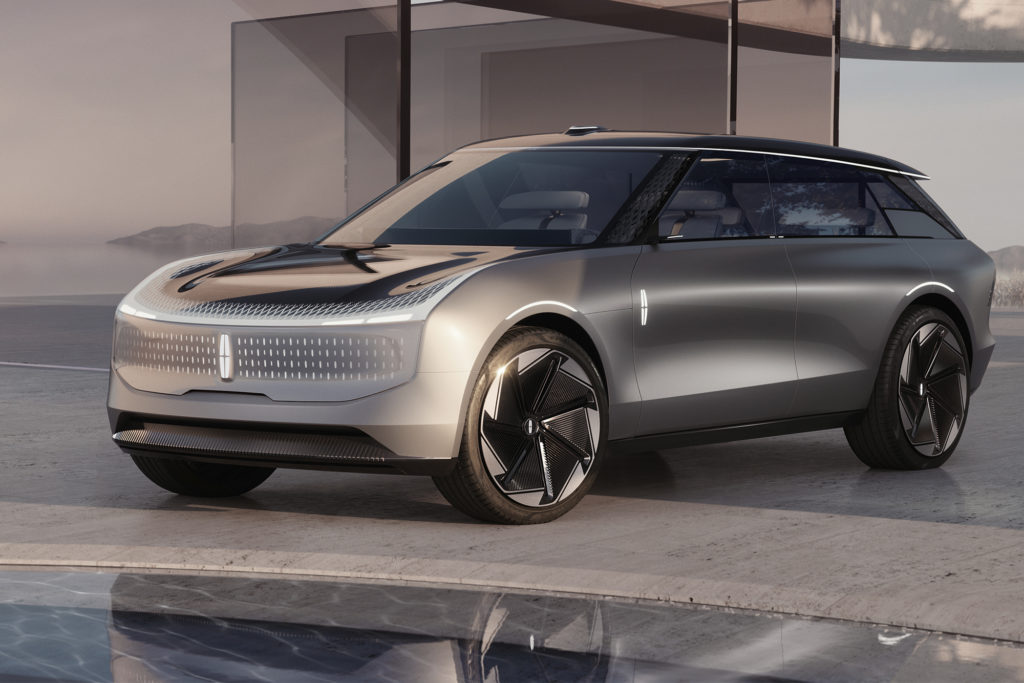
Learn More
Lincoln doesn’t yet have an EV on sale, but that’ll change quickly if the brand follows through on its promise to deliver three new all-electric models by 2025. One of them will likely look a lot like the Lincoln Star concept, unveiled earlier this year. The company didn’t release any details, but the design is certainly elegant.
Genesis GV60
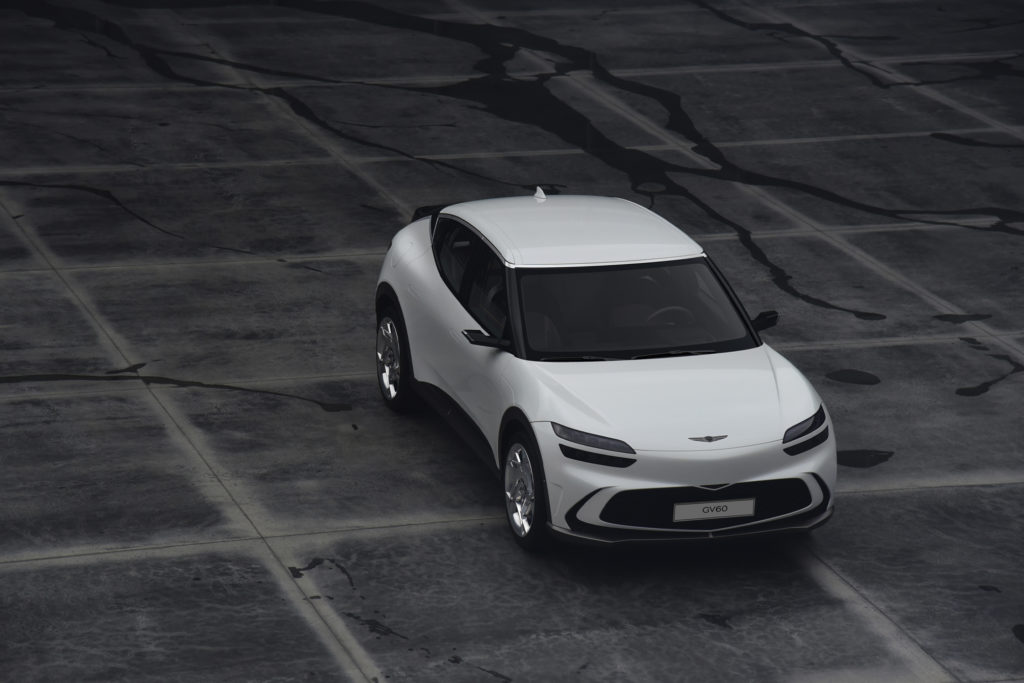
Learn More
Genesis’s first full EV is also likely to be its most successful. Perfectly sized to compete with the likes of Porsche’s Macan and Tesla’s Model Y, the GV60 is a 430 hp rocket that doesn’t skimp on luxury or features. Building on Genesis’s reputation for opulent interior finishing, the GV60 comes to market with some exclusive tech in the form of facial recognition and fingerprint identification for unlocking the car. Raising the bar even further is the crystal sphere that rotates out of the centre console to serve as a drive selector. As if that wasn’t enough, “boost” mode allows for up to 483 hp, providing scintillating sub-four-second runs to 100 km/h.
Canoo Lifestyle Vehicle
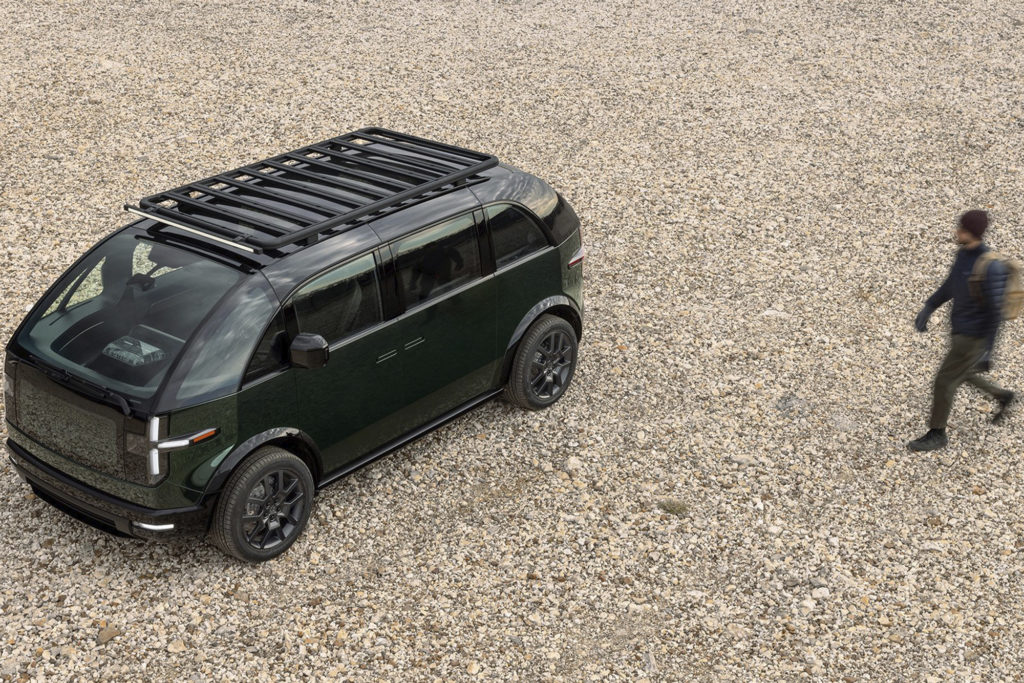
Learn More
The U.S.-based startup has been around since 2017, and involves a couple of key ex-BMW people who helped spearhead the i3. (Which we still love, tbh.) The Canoo Lifestyle vehicle is similarly cool, and, even better, the company said it’ll be priced from just $35,000 USD with an estimated range of 400 km. NASA, Walmart and the U.S. Army have all taken an interest in Canoo, and so have we. Production is supposed to begin before the end of the year.
Lotus Eletre
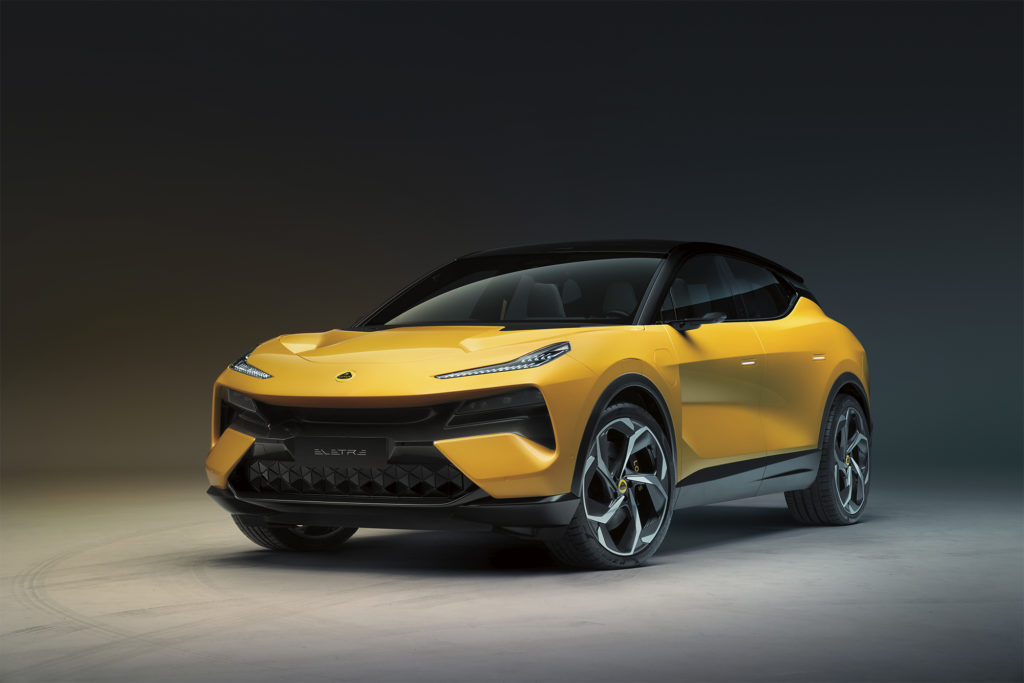
Learn More
Colin Chapman, company founder and fervent proponent of ultra-light sports cars, would roll in his grave if he could see this. Lotus is calling the Eletre a “hyper-SUV,” and it’s the first of three new “lifestyle EVs” from the brand, which is now owned by Chinese giant Geely. Whatever, for Lotus’s sake, we’re just hoping the Eletre is good.
Even More EV Surprises
Last year brought no end of surprising, weird and wonderful new electric vehicles. 2022 proved to be a tipping point for EVs, with a huge surge in consumer interest coinciding with a bumper crop of exciting new models, as well as renewed government rebates here in Canada.
Nearly half of Canadians who are planning to buy a car said they’re looking for an EV, according to an Ernst & Young poll conducted this year. Other recent surveys put the number of Canadians who are willing to consider an electric or plug-in hybrid vehicle as high as 70 or even 80 per cent now. The percentages vary depending on the question asked and study methodology, but no matter how you slice it, interest in EVs is surging.
Looking at all the new electric cars, SUVs, bikes, dune buggies and wild concepts announced in 2022, it’s easy to see why. As far as new products are concerned, here are our some of favourite EV surprises of 2022:
The Dune Buggy Returns
Throughout the 1960s and ‘70s, cars didn’t get much cooler than the Meyers Manx dune buggy. It was designed by California-based artist/surfer/engineer Bruce Meyers and sold as a kit, so anyone with a bit of time and a garage could hack together a dune buggy out of an old VW Beetle. The Manx was driven by everyone from Elvis to Steve McQueen, and even raced to victory in the inaugural Mexican 1000 rally. The brand got a surprise revival this year, when the Manx 2.0 EV was unveiled during Monterey Car Week. Amidst all the high-dollar hoopla, this back-to-basics EV stole the show. The company claims up to 300 km of range, and is currently looking for 50 customers to beta-test early prototypes.
BMW M Goes Wild
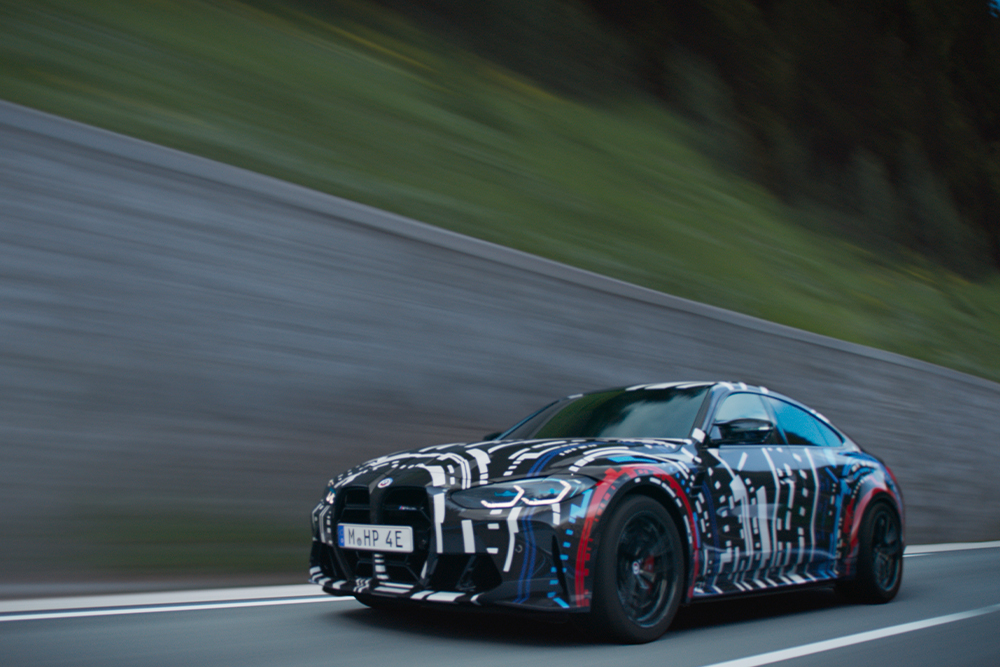
The good people at BMW’s M division – formerly BMW Motorsport – have been building the sort of cars we love since the 1970s. Their cars are usually overpowered but understated, entertaining but practical, and all designed to please even the most discerning drivers. All of which is to explain why we got so hyped when we saw M is working on its first proper EV. This summer, the team unveiled a widebody prototype they’ve been playing with, testing a quad-motor electric drivetrain and advanced torque vectoring. The engineers say, “Within milliseconds, the power and torque of the spontaneously reacting electric motors can be dosed so precisely that the load demand signaled via the accelerator pedal can be realized at a level of dynamics that is unattainable using conventional drive systems.” In plain English that means we can’t wait to see what this thing can do on a racetrack.
Polestar’s Convertible is a Go
Electric convertibles are sadly in short supply, as we’ve covered previously. Frankly, we had written-off the audacious Polestar O2 concept as merely a flight of fancy, some designers daydream; happily, we were wrong. The upstart Swedish brand announced it will put the all-electric drop-top into production as the Polestar 6. It’ll be underpinned by the same next-gen electric powertrain as the Polestar 5, which means a targeted EPA-range of 600 km, as well as more than 800 horsepower and dual-motor all-wheel drive. It’s expected to launch in 2026.
An All-Electric RV
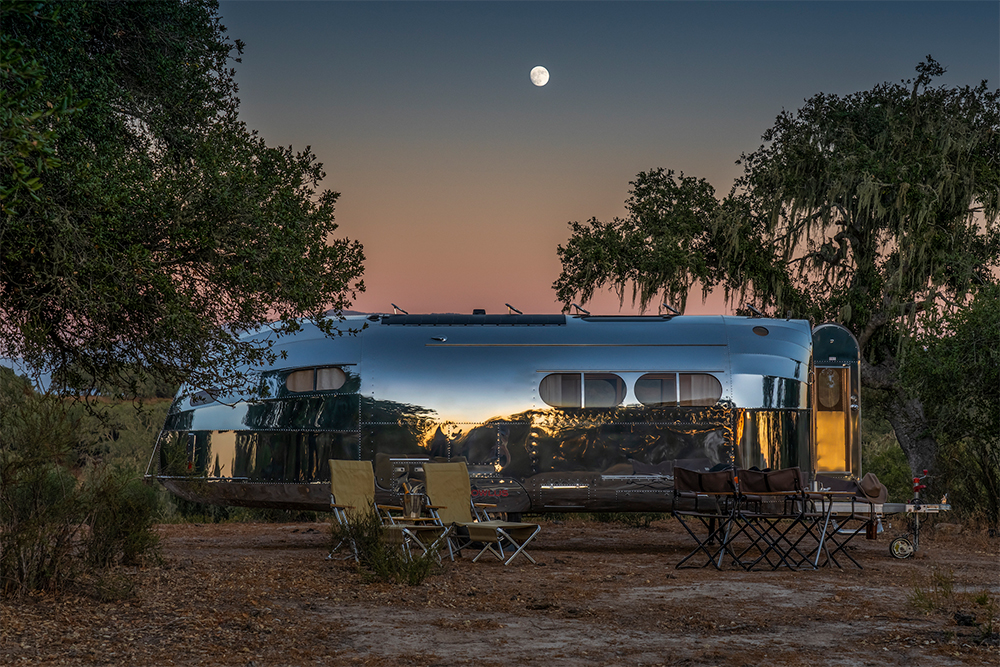
Historic American brand Bowlus, which began making these lovely, streamlined travel-trailers back in the 1930s, unveiled what it claims is the world’s first all-electric RV. It’s called the Volterra, and it could be yours for US$310,000. Sure, other travel-trailers could be considered all-electric too, but what makes this one different are its solar panels on the roof, a big 17 kWh battery, Starlink satellite internet and giant water storage tank, all of which allows this RV to “live off-grid indefinitely,” according to the company. In a pinch, it could even give your Tesla a little extra juice. Airstream unveiled a similar concept, but it’s just a concept, while the Bowlus Volterra is on sale now.
Mercedes’ 1,000 km EV
The EQXX concept from Mercedes-Benz was designed to drive 1,000 kilometres on a single charge, giving it the ability to go from Toronto to New York, or from Paris to Berlin, without range-anxiety. The concept was unveiled early in 2022, and then Mercedes proved the EQXX could cover the distance with a record-breaking road trip from Stuttgart to Cassis. But, the engineers figured their car could go even farther, and it did. In June, the EQXX covered an incredible 1,202- kilometres (747 miles) without recharging, going from Stuttgart to Silverstone. While the EQXX remains a concept, Markus Schäfer, Mercedes’ chief technology officer for development, told us that — beginning in 2024 — drivers can expect cars with “much more” driving range. Watch this space.
Can-Am’s Comeback
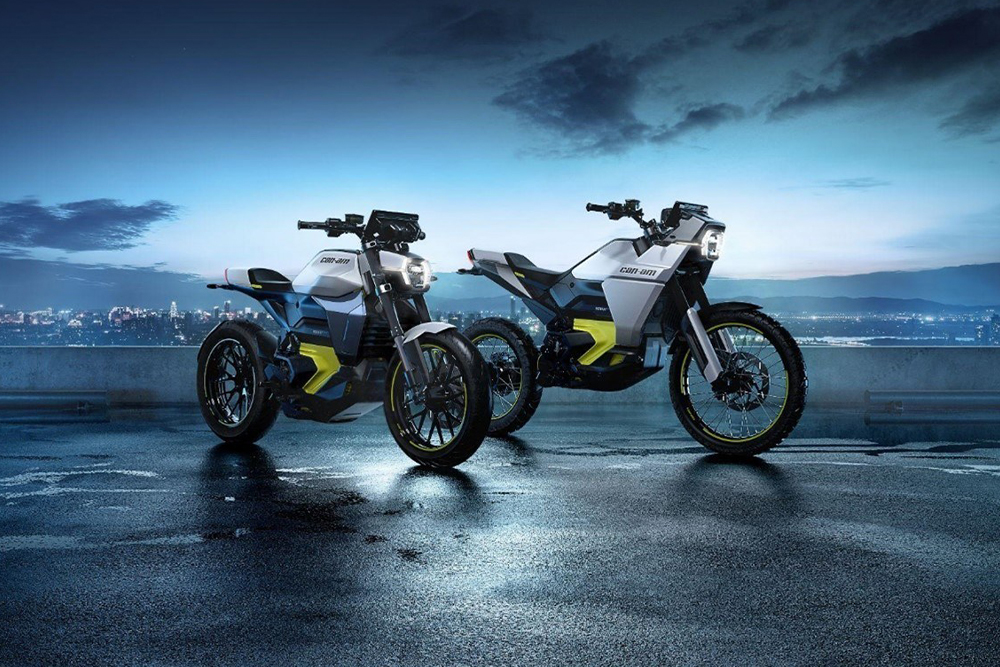
If you grew up around the booming dirt-bike scene in the 1970s, you know Can-Am. The name used to ring out, especially after a Can-Am rider won the U.S. motocross championship in 1974. The brand abandoned the moto market in the late ‘80s, but now, more than 40 years later, Can-Am is coming back electric. Quebec-based Bombardier Recreational Products (BRP) announced the news with two battery-powered concept bikes, the street-oriented Pulse and the on/off-road Origin adventure bike. Details are scarce, but we know the bikes won’t have a clutch or manual transmission. The company is investing $300 million in electrification, but would-be owners will have to wait until 2024 to get their bikes.
Lucid’s Ludicrous Mode
Okay, that’s not quite fair. The new Sapphire sub-brand from Lucid aspires to be even more than the old Ludicrous mode was for Tesla. Lucid Motors is hoping Sapphire will be what M is to BMW, or AMG is to Mercedes. The Sapphire takes the already-brilliant Lucid Air up a notch, adding a tri-motor powertrain, producing over 1,200 hp and – more importantly – a track-capable chassis that can handle all that power. It’ll cost $325,000 and the first deliveries are expected next year.
An Electric Muscle Car
This wasn’t so much a surprise as it was an, “it’s about time!” moment. Dodge’s Charger Daytona SRT Concept aims to show the diehard muscle-car community that electric power can be good too, which, admittedly, may not be an easy task. To that end, however, the Charger EV has – no joke – an exhaust pipe which acts as a noise-maker. The concept also has some kind of transmission, called eRupt, and power-boost function, called PowerShot. The phallic energy here is palpable.
The Return of the ZDX
At Monterey Car Week this summer, Acura surprised everyone by announcing it would bring back the ZDX name for its first EV. The original ZDX was a somewhat controversial crossover, fondly remembered mainly by us and a handful of car-design aficionados who appreciated its avant-garde shape. (It was way ahead of the curve on fastback SUVs, which are now everywhere.) The brand’s first EV is due out in 2024, and you can read the full story on it, and the OG ZDX, right here.
Porsche Claps Back at Tesla
Last year, a Tesla Model S Plaid beat a Porsche Taycan Turbo to set the fastest lap for production EV around Germany’s famous Nurburgring Nordschleife circuit. Porsche wasn’t about to let that go. So, this year, a Taycan Turbo S fitted with an optional new Performance package beat the Tesla, setting a production EV lap record of 7 minutes and 33 seconds. The package includes lighter wheels, Pirelli P Zero Corsa rubber, and software tweaks to the chassis-control systems. (Otherwise, the car’s only modifications were a roll-cage and racing seats, which are required for ‘Ring records.) The record-breaking lap was done by steely-eyed Porsche development driver Lars Kern, and we tip our hats to him.
A Manual Gearbox for Lexus’ Super-EV
Don’t hold your breath for this one, but that the brand’s upcoming electric supercar – a successor to the LFA – might get some sort of manual transmission. Most EVs only have one gear, so a multi-speed gearbox, let alone a manual one, is unnecessary. But, Lexus’ boss said he’s looking for news ways to engage EV drivers. “I love cars and want something different,” he told the magazine. As far as we’re concerned, that’s justification enough. The LFA successor, dubbed Electrified Sport Concept, debuted earlier this summer. (And yes, Lexus really needs to come up with a more evocative name for its electric supercar.)
